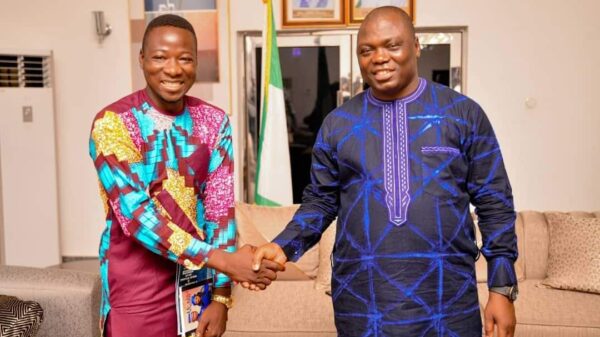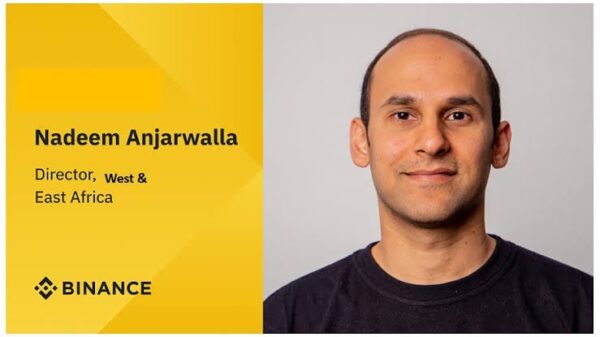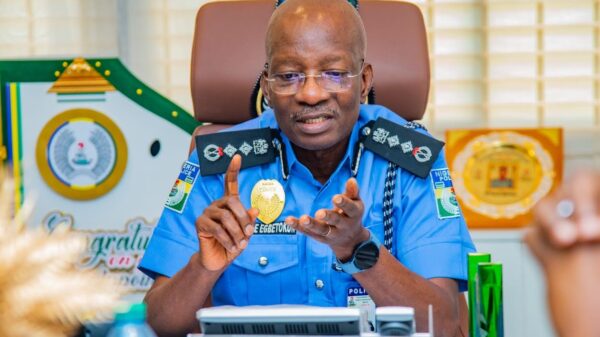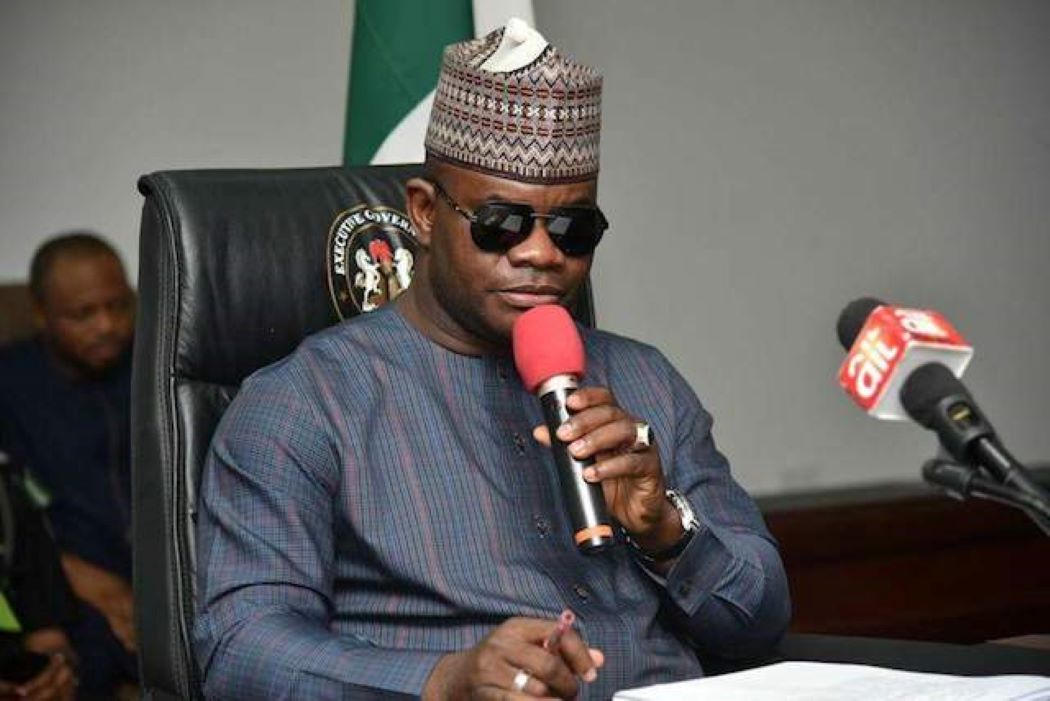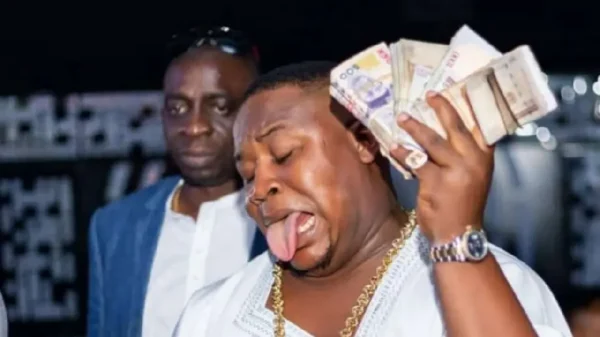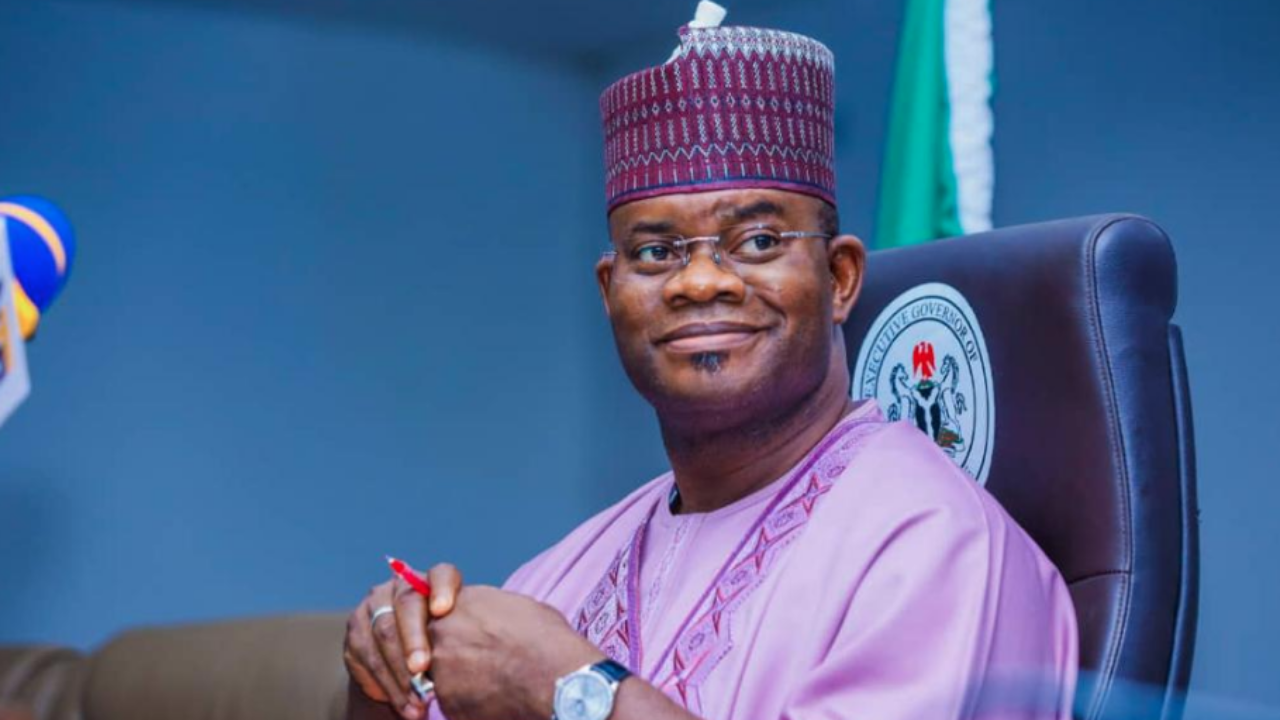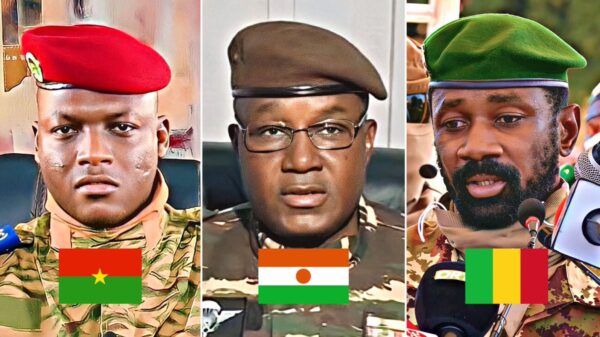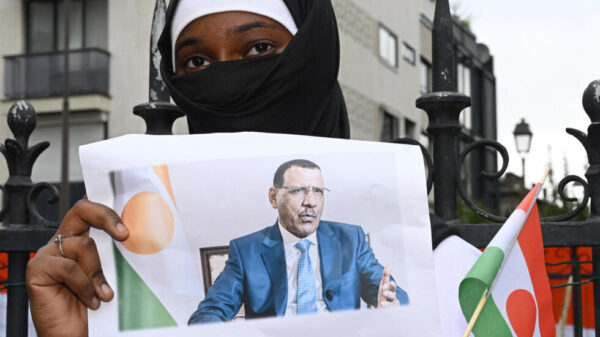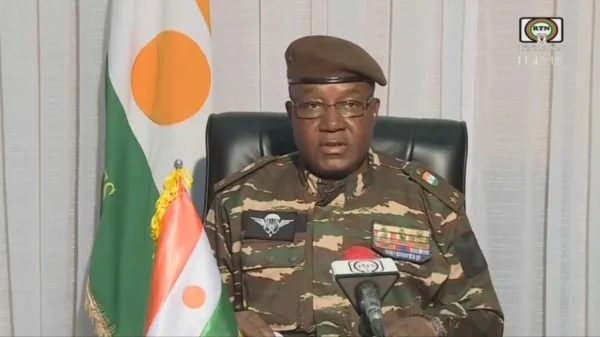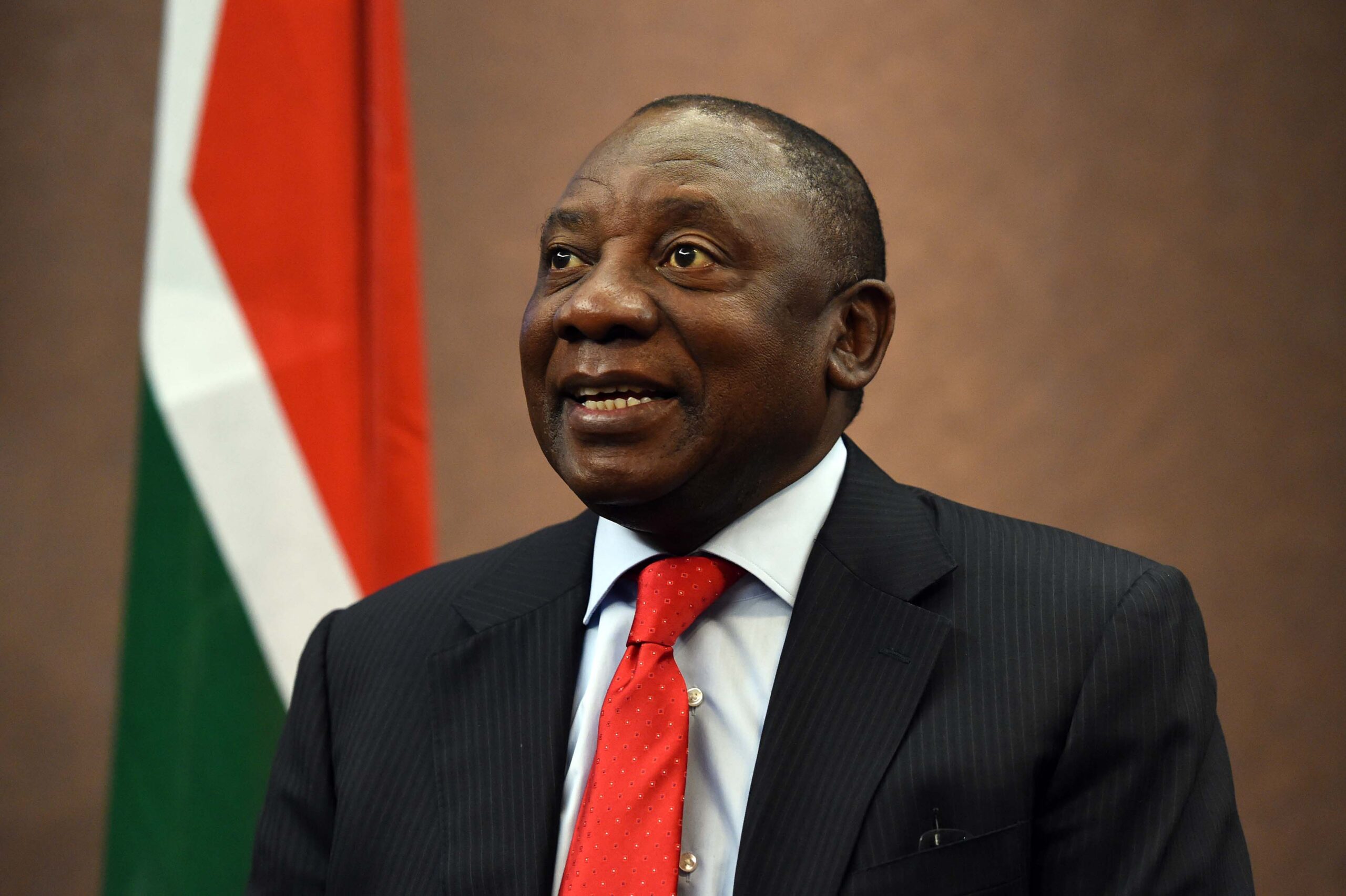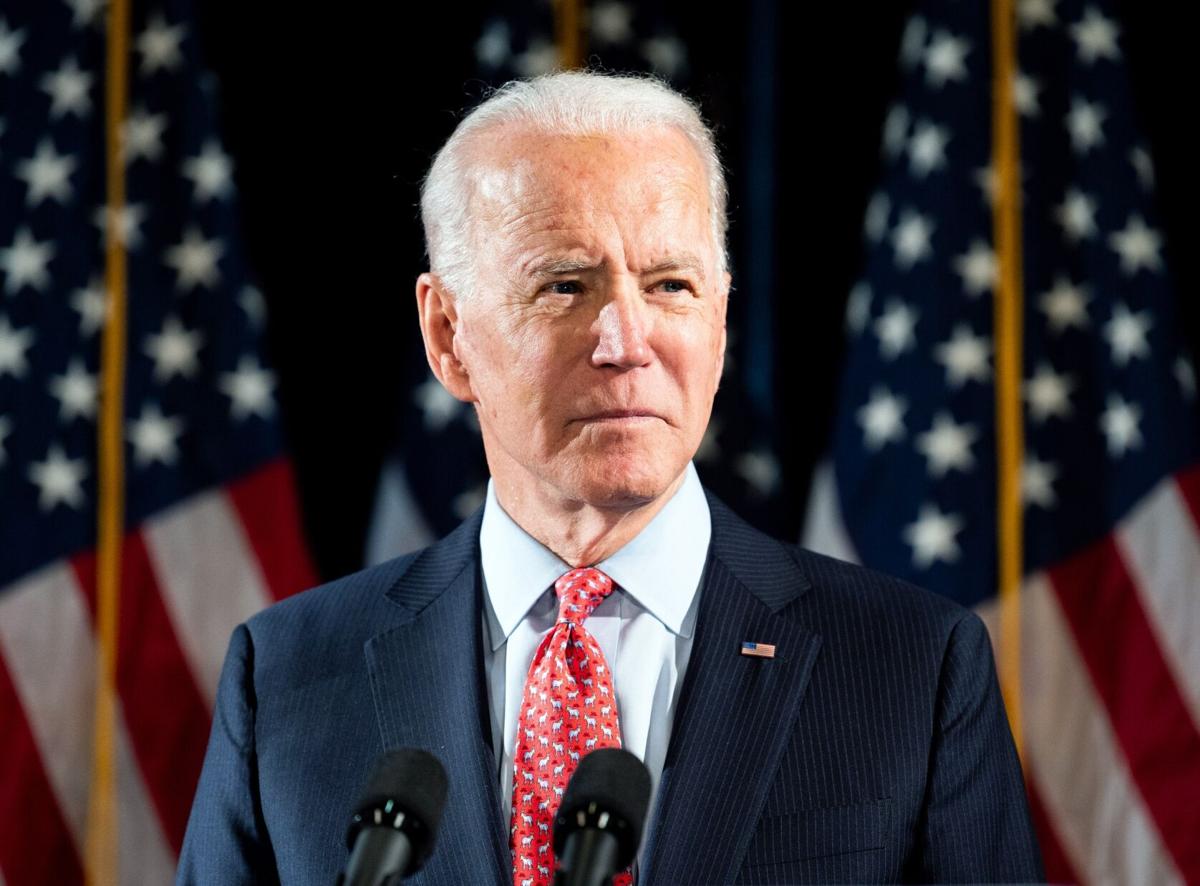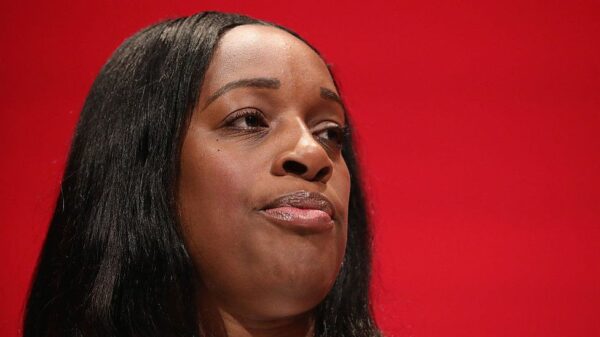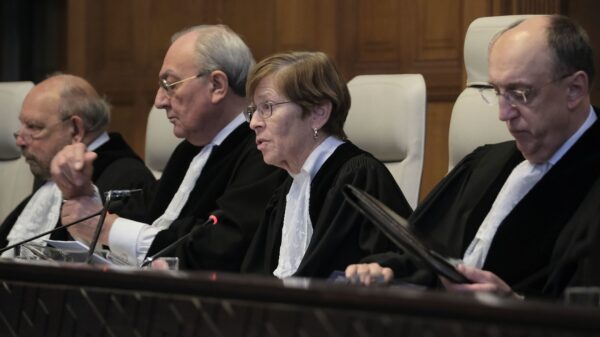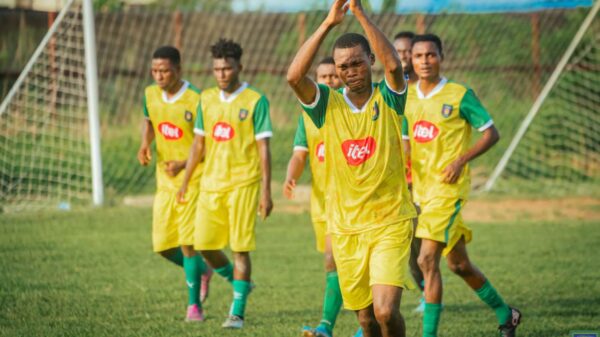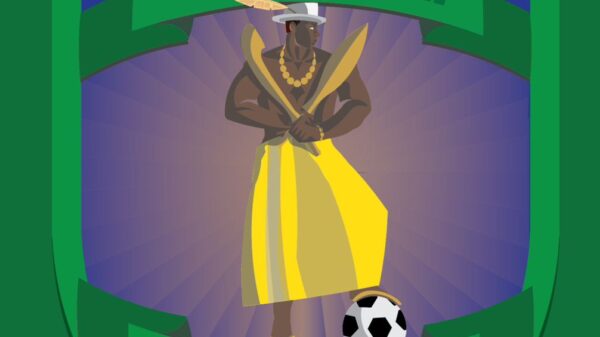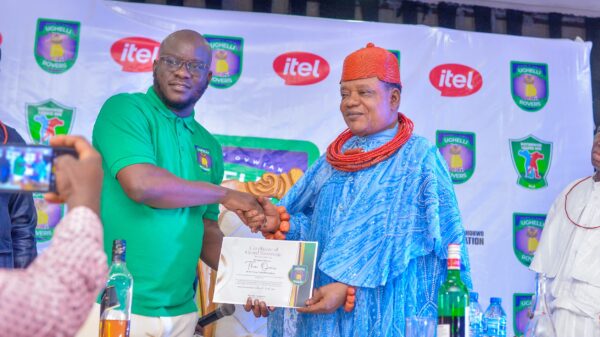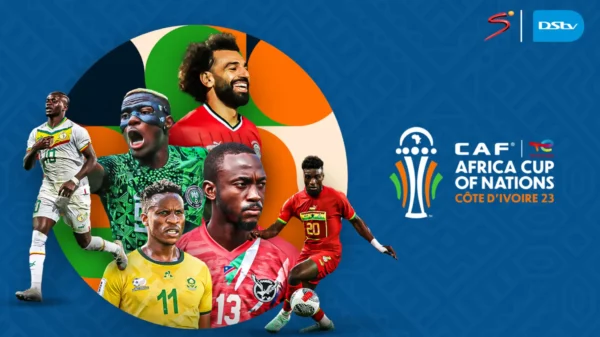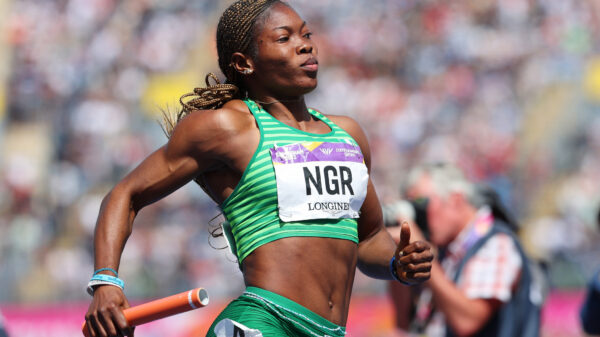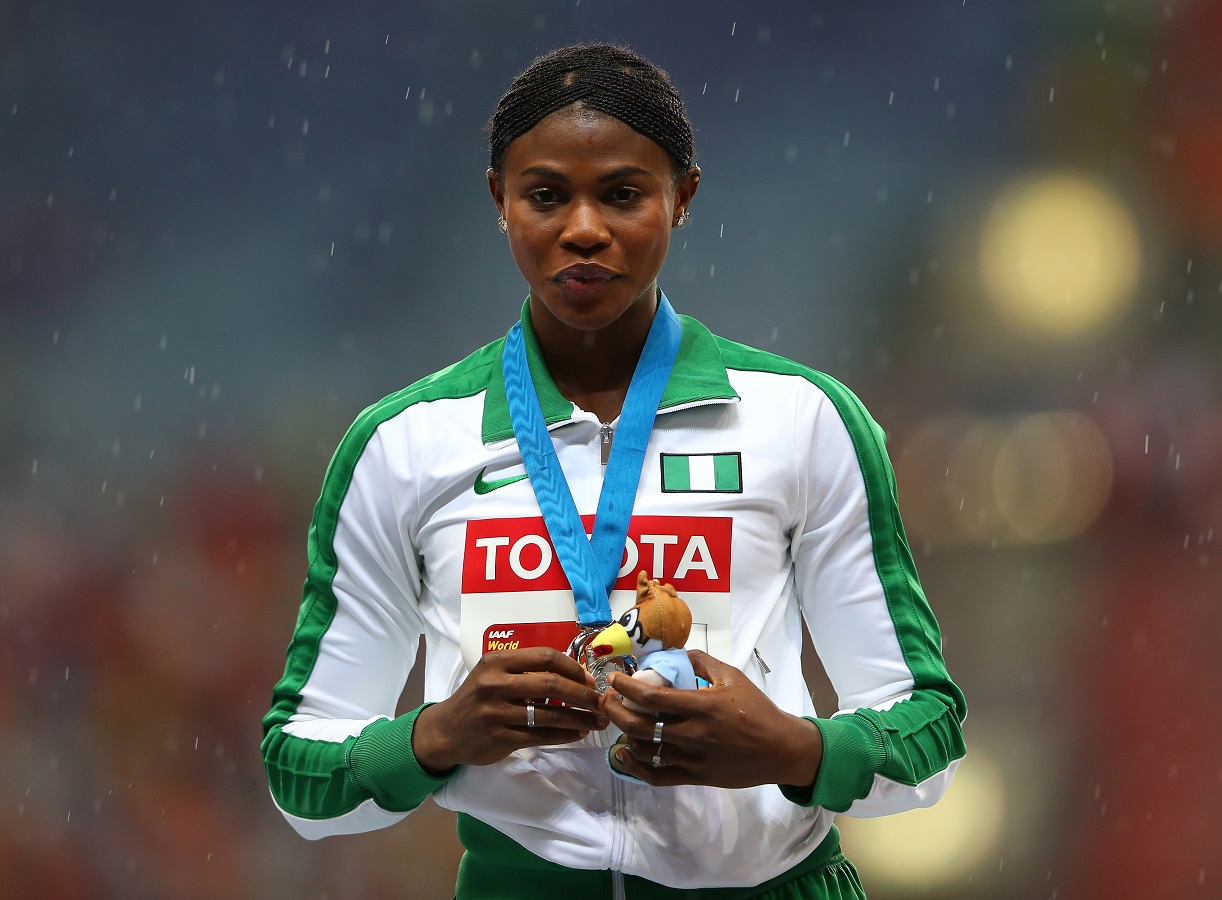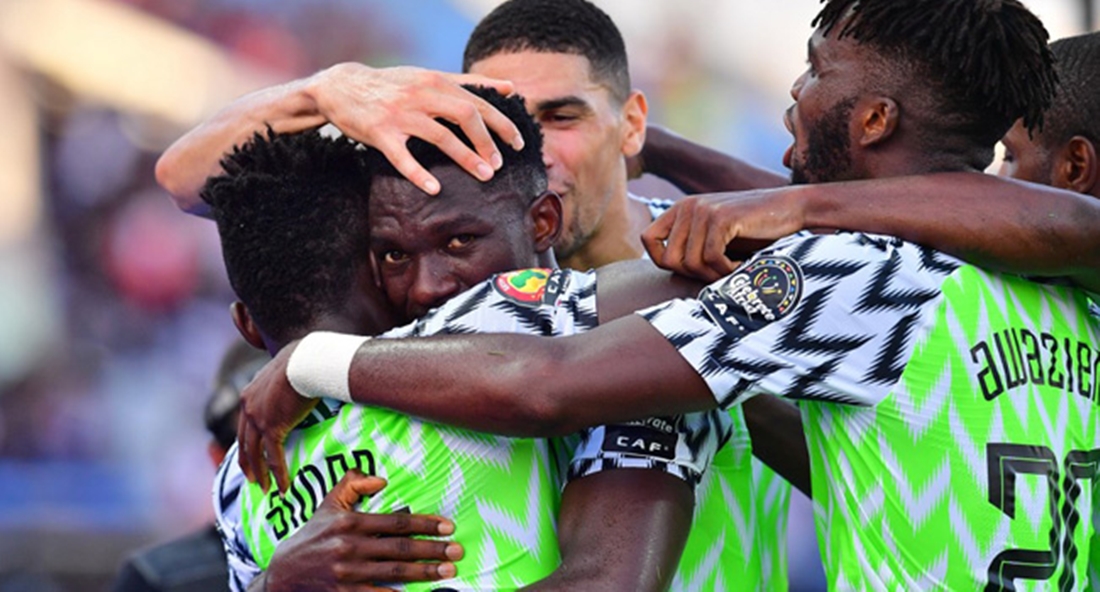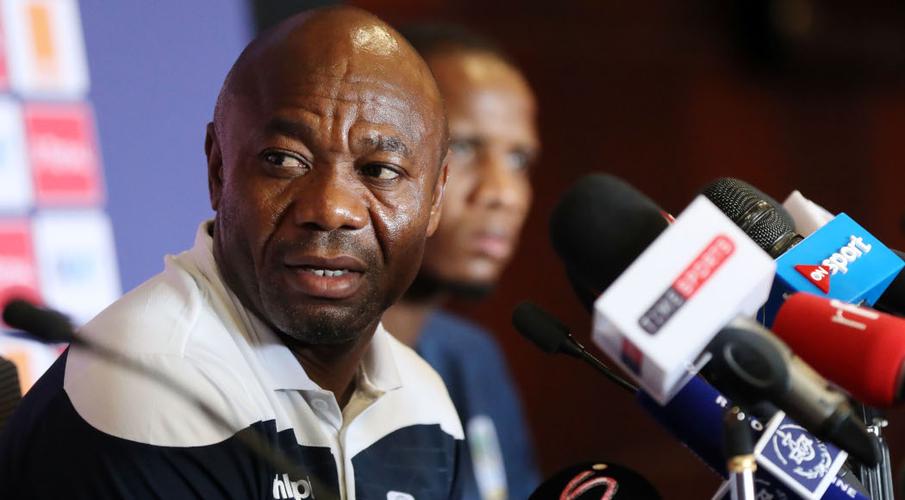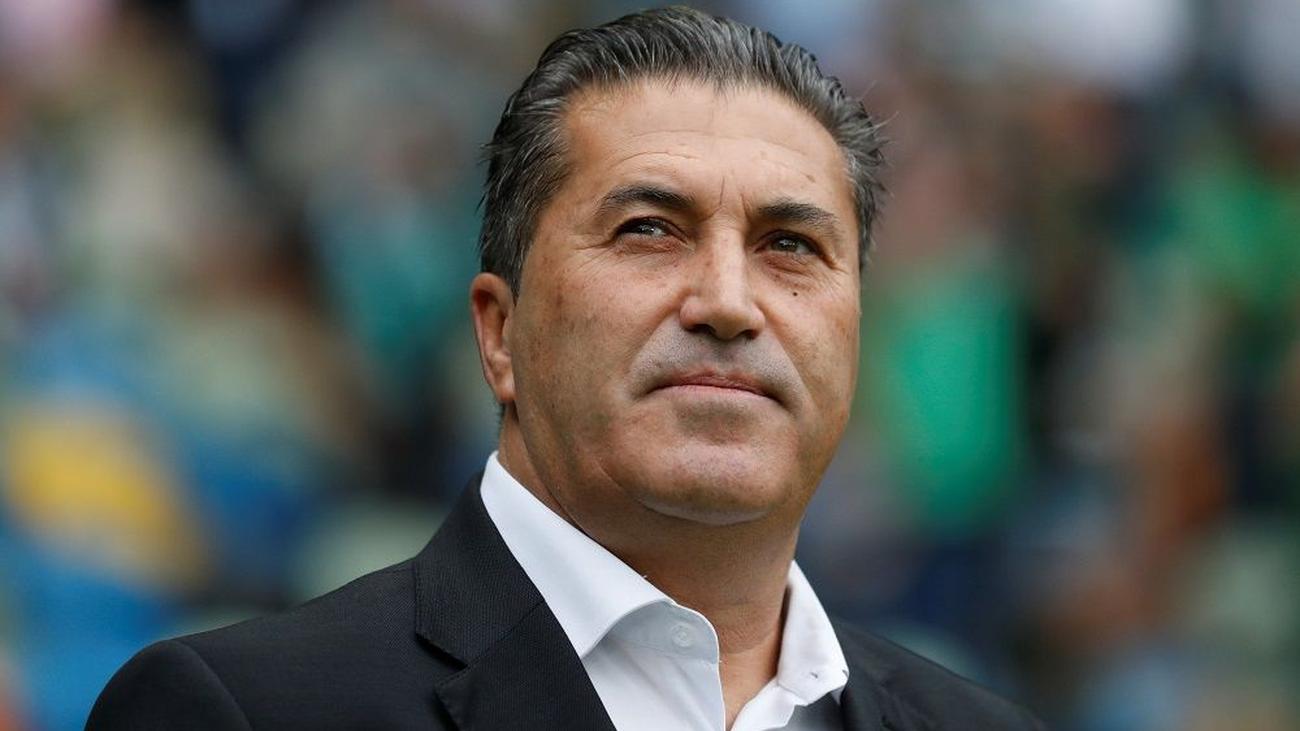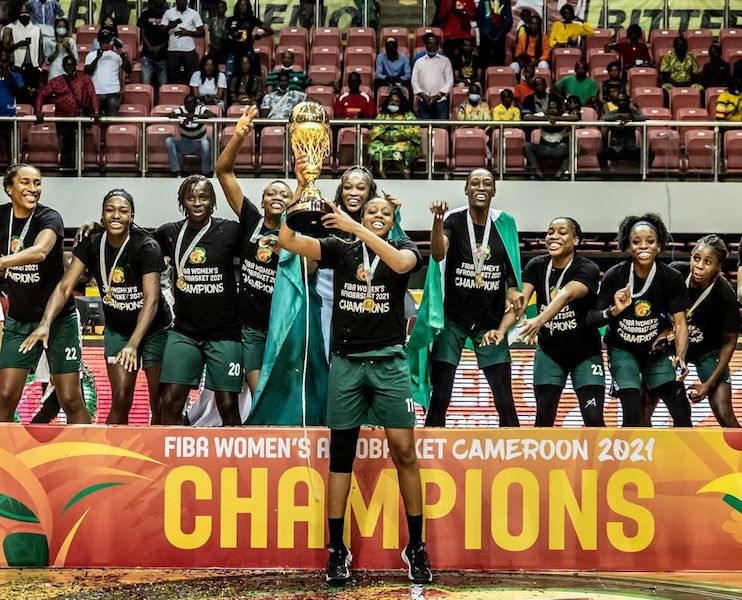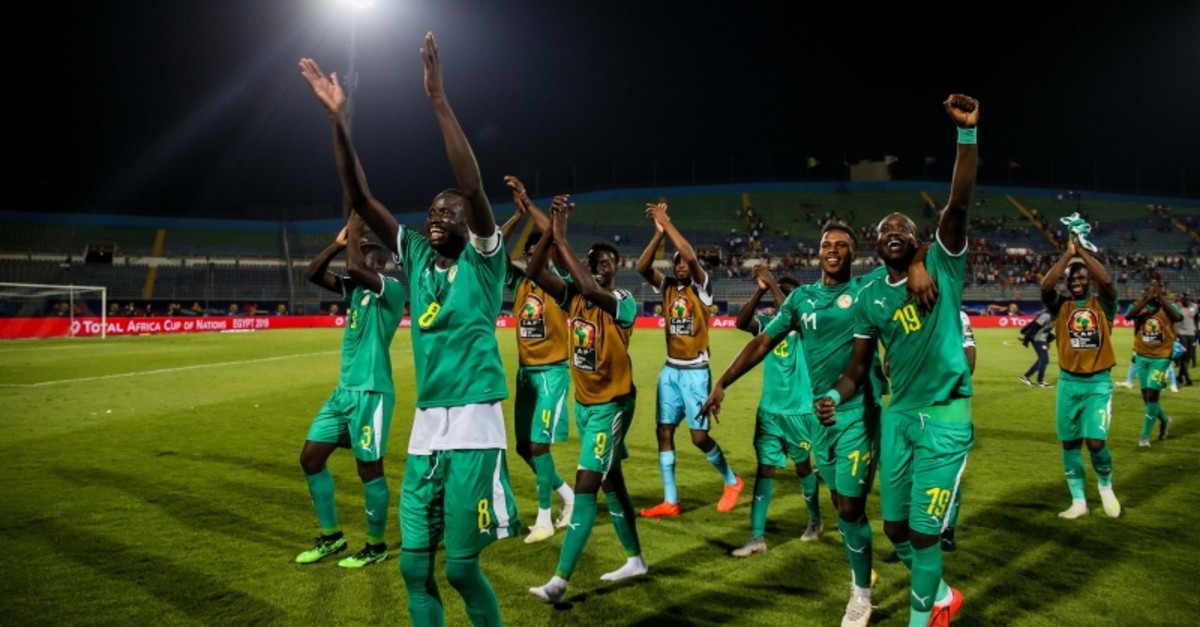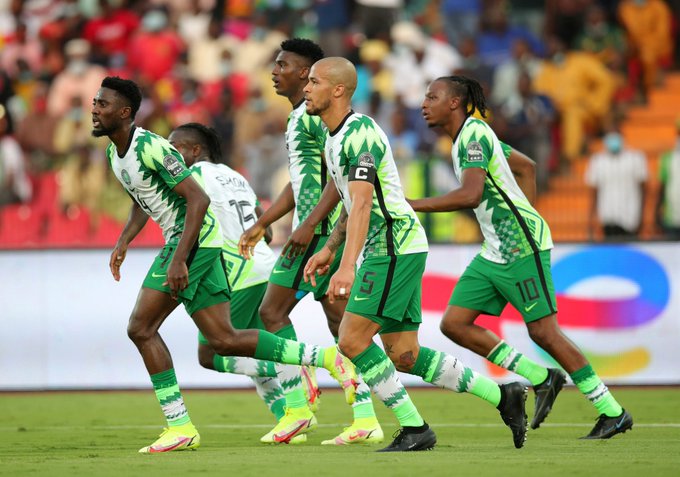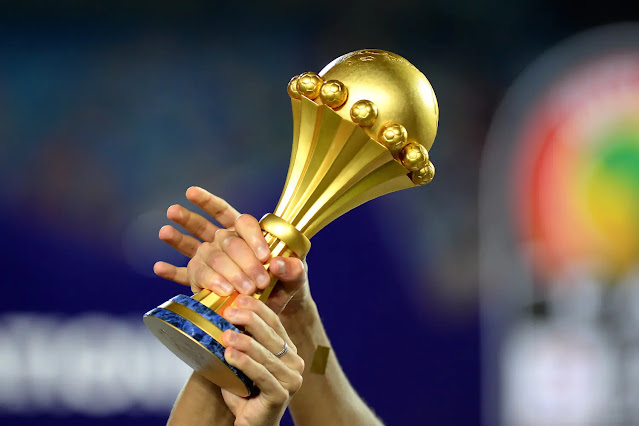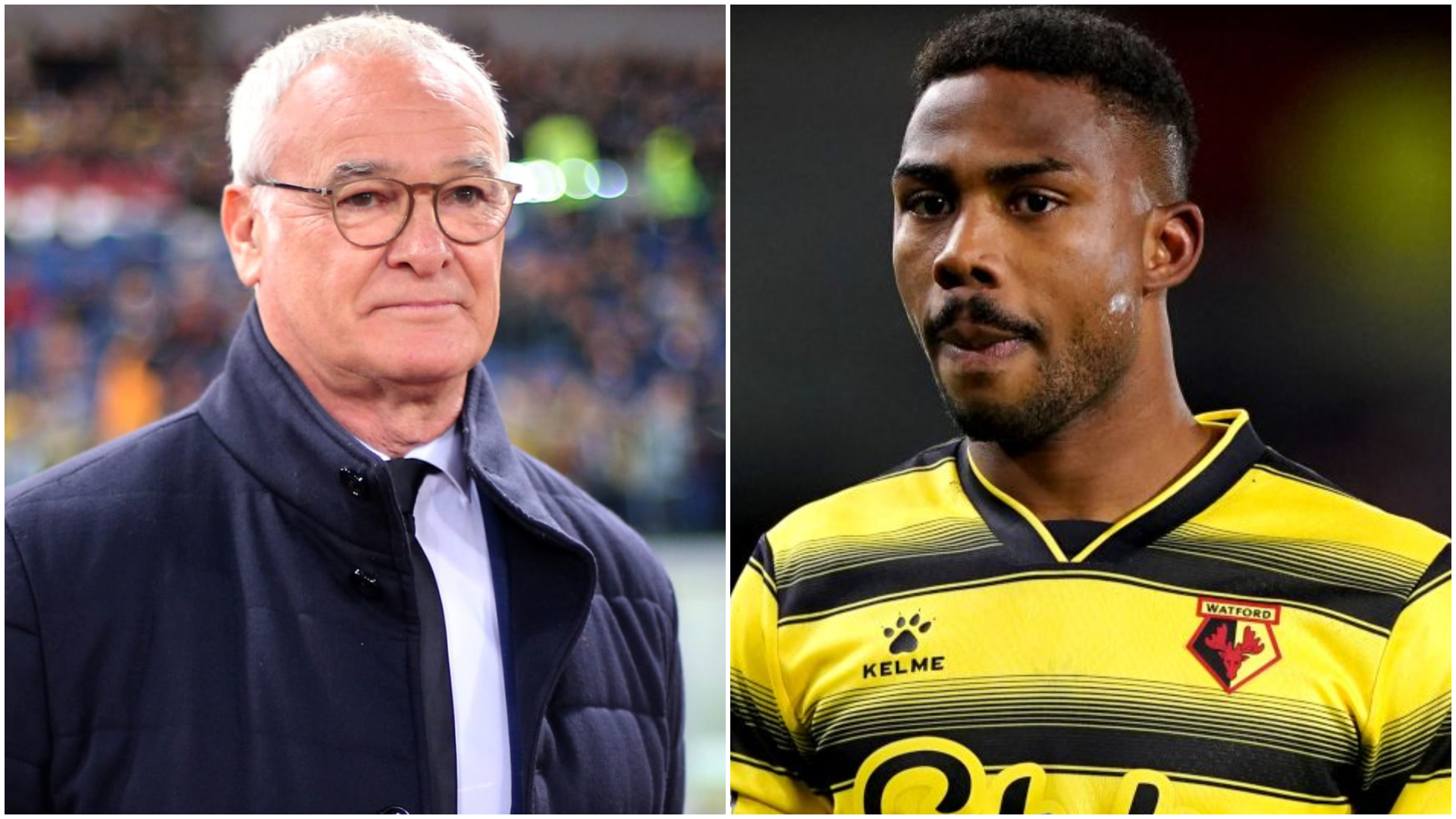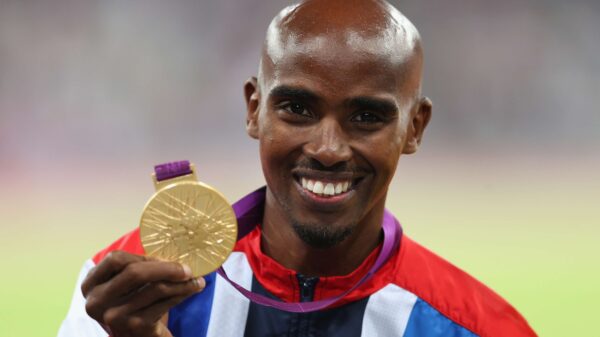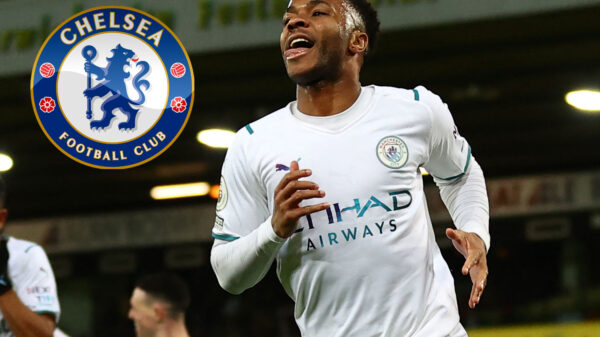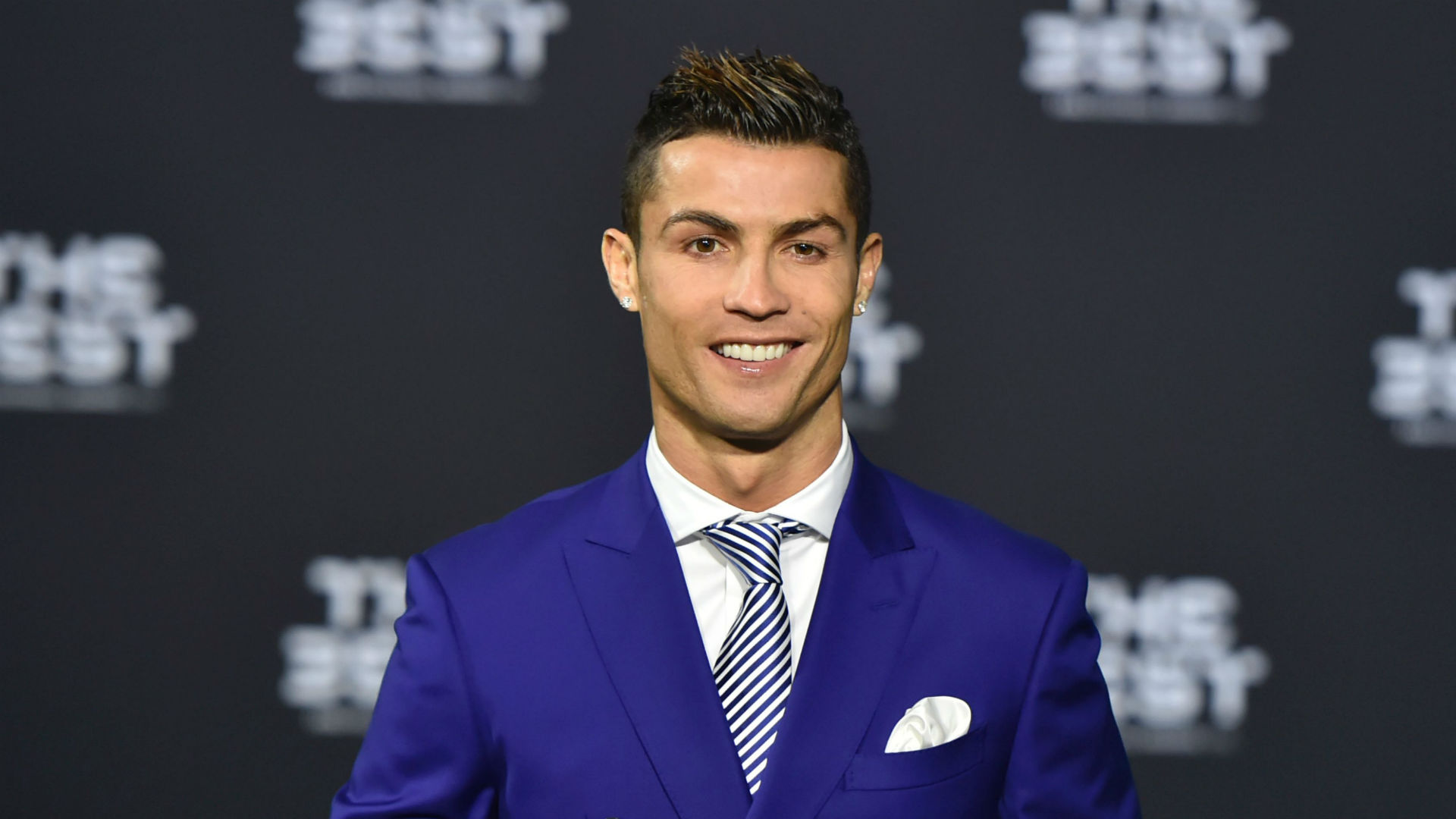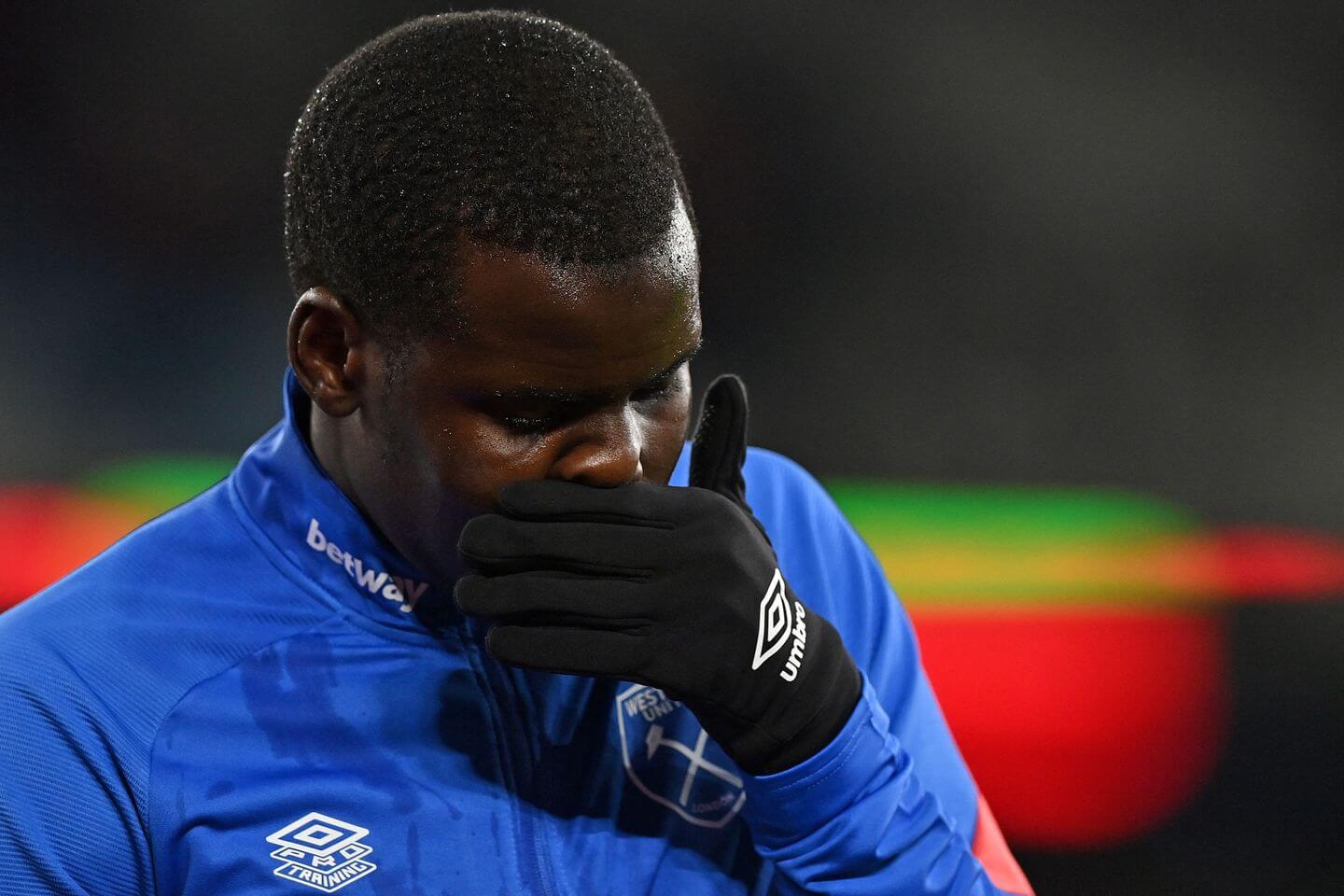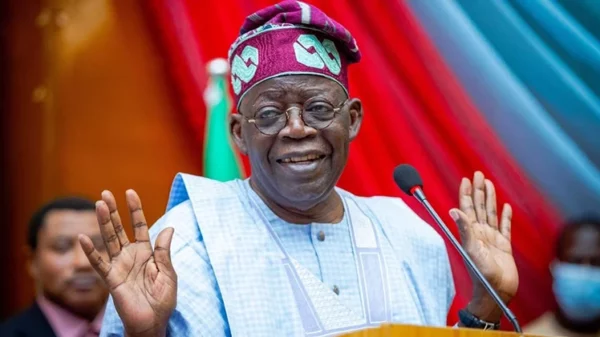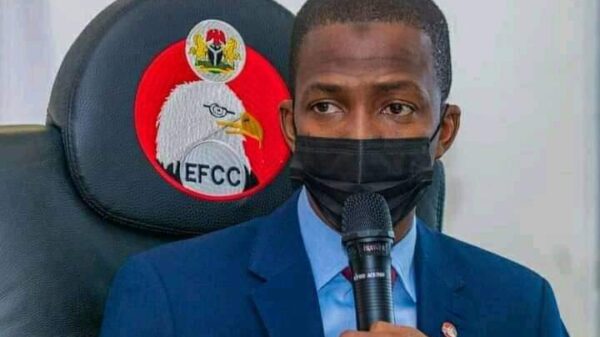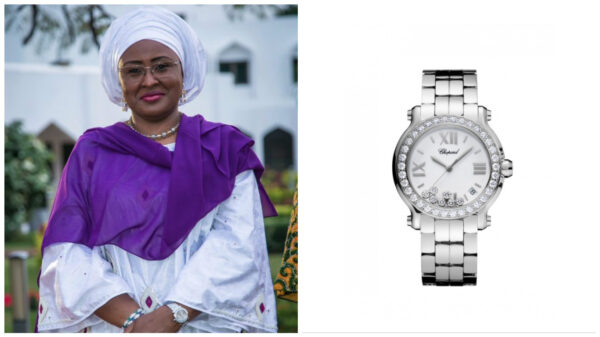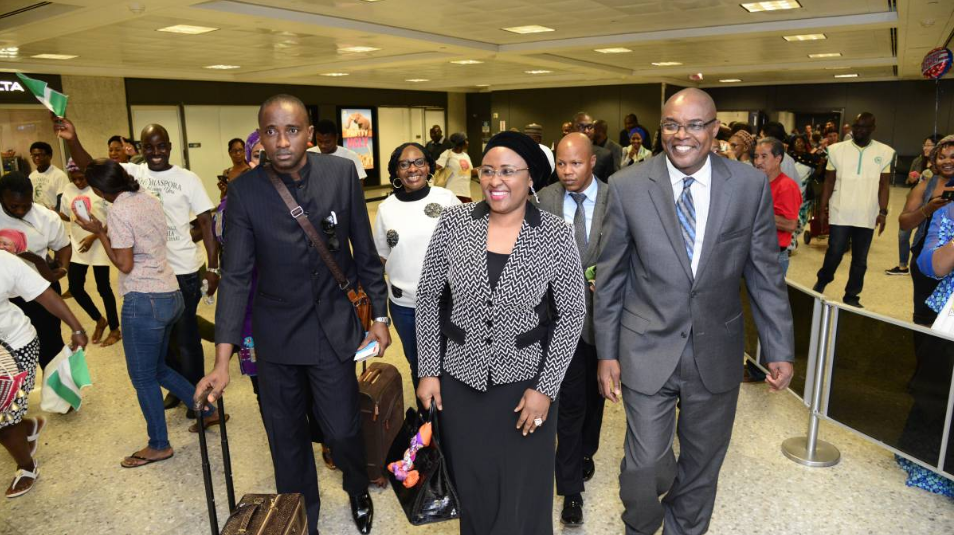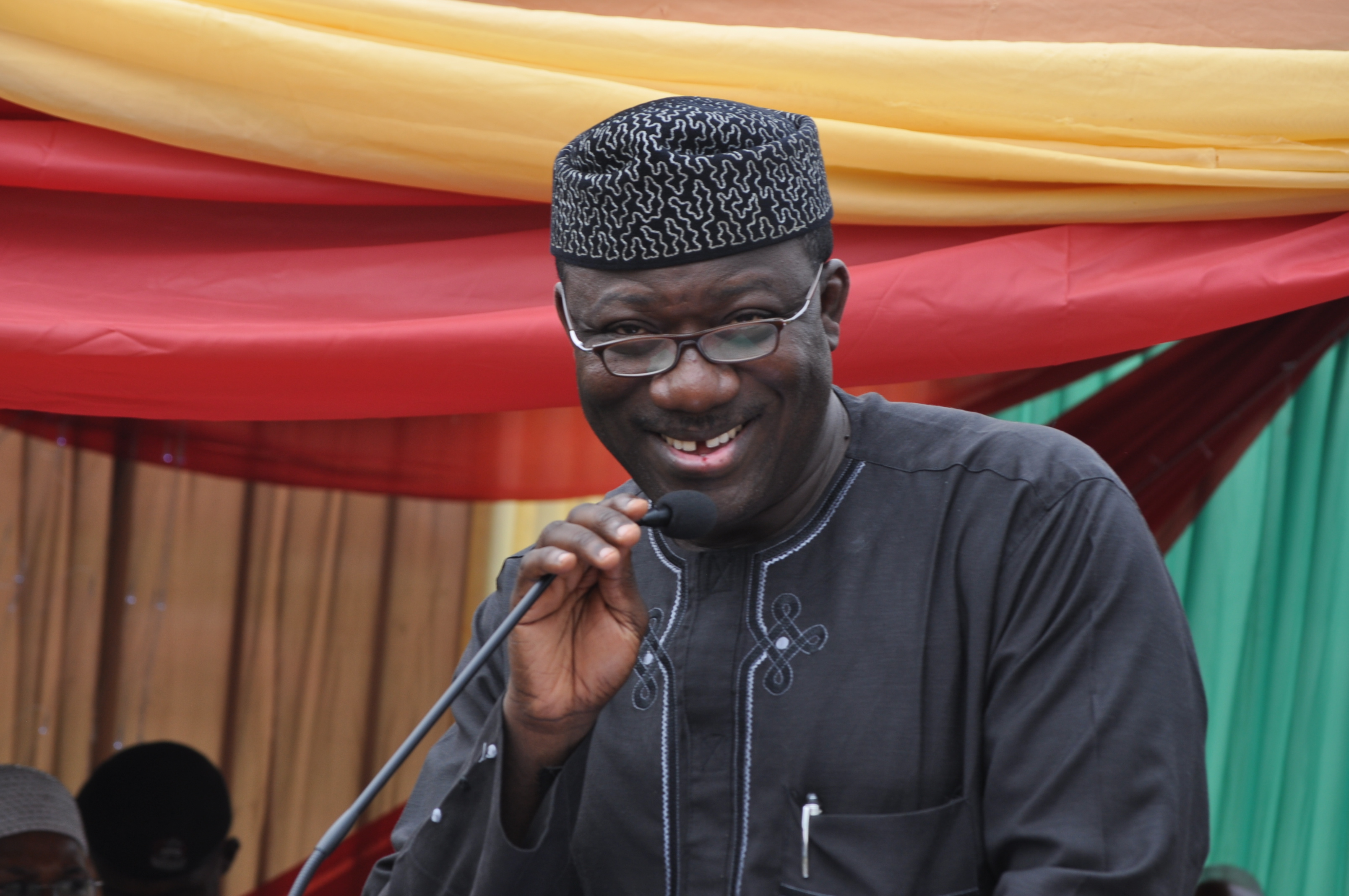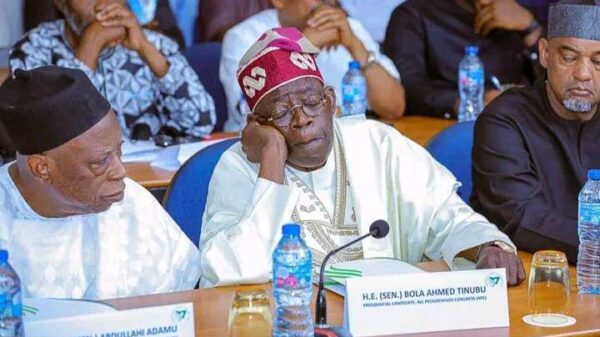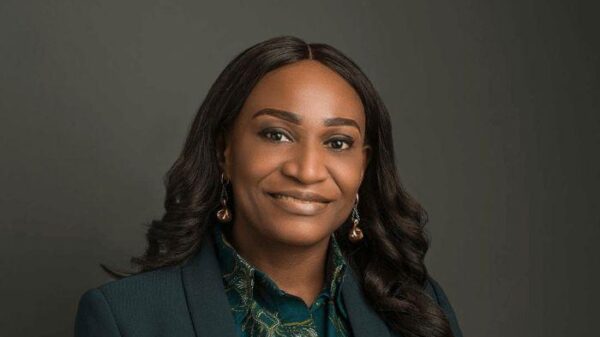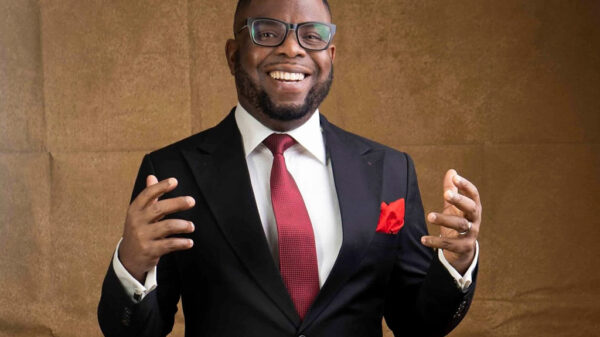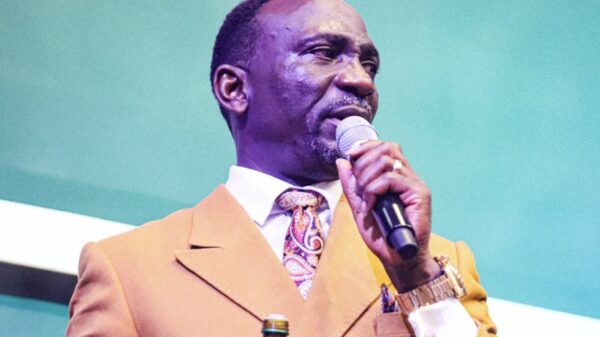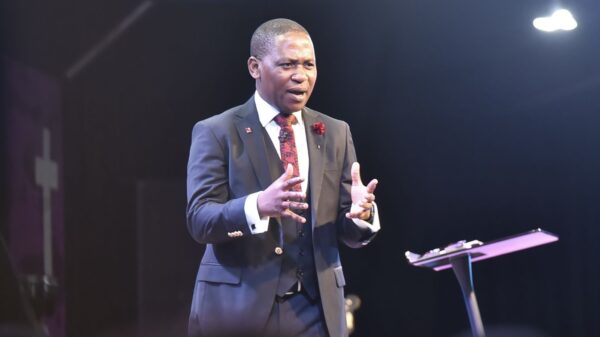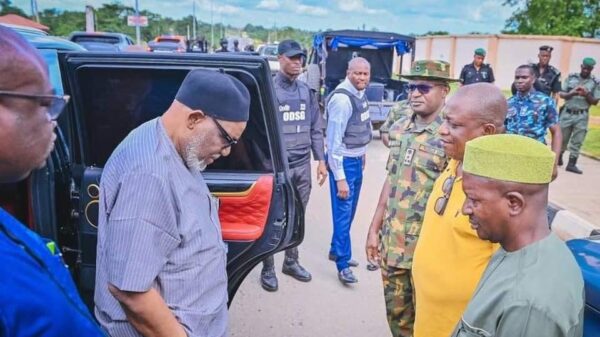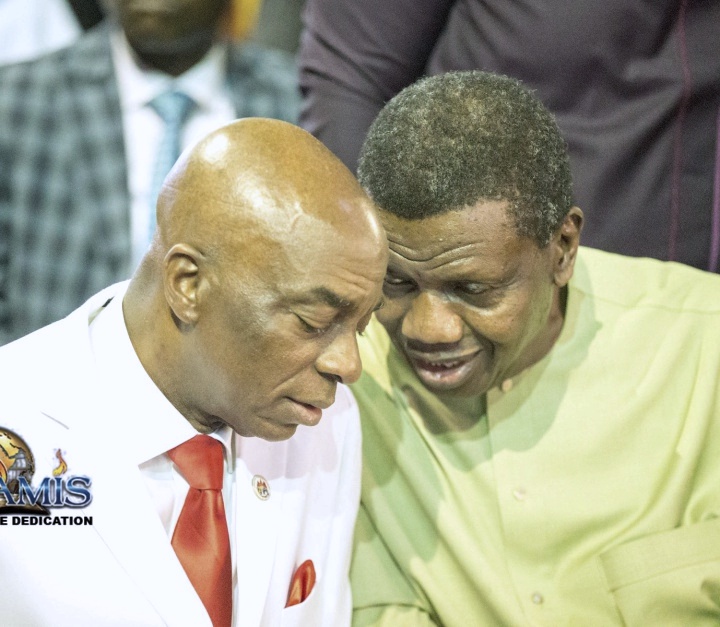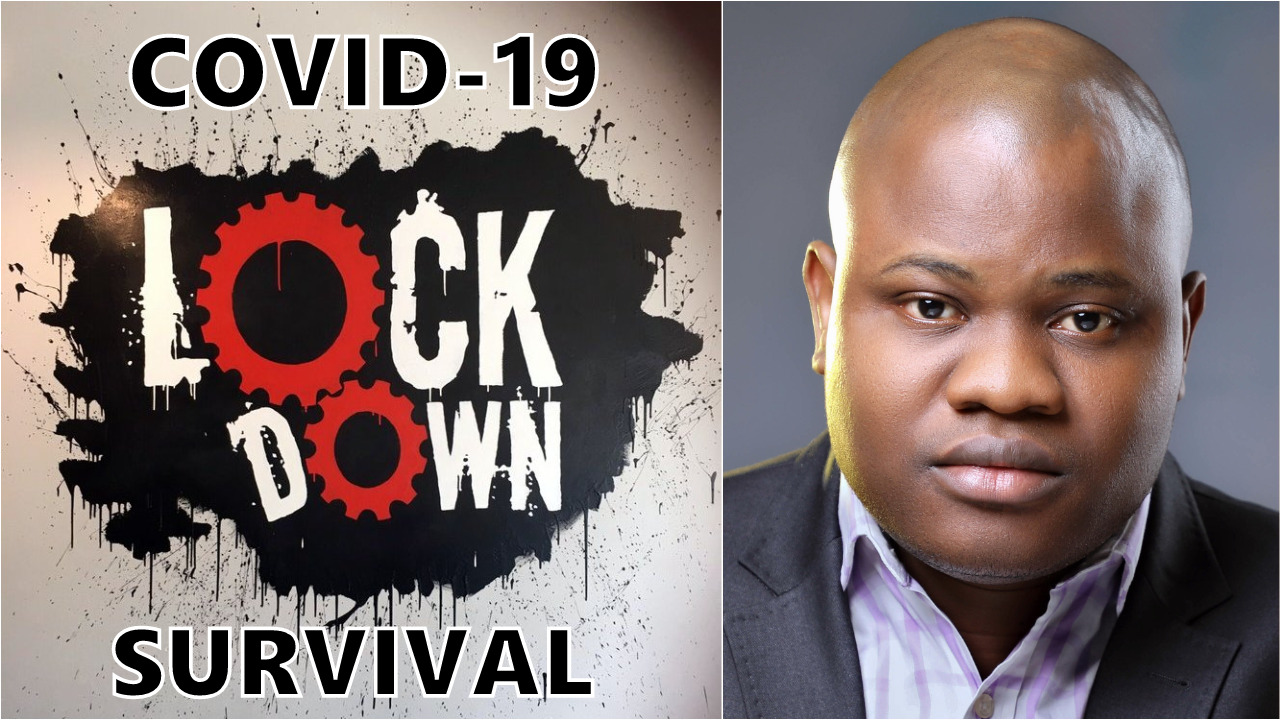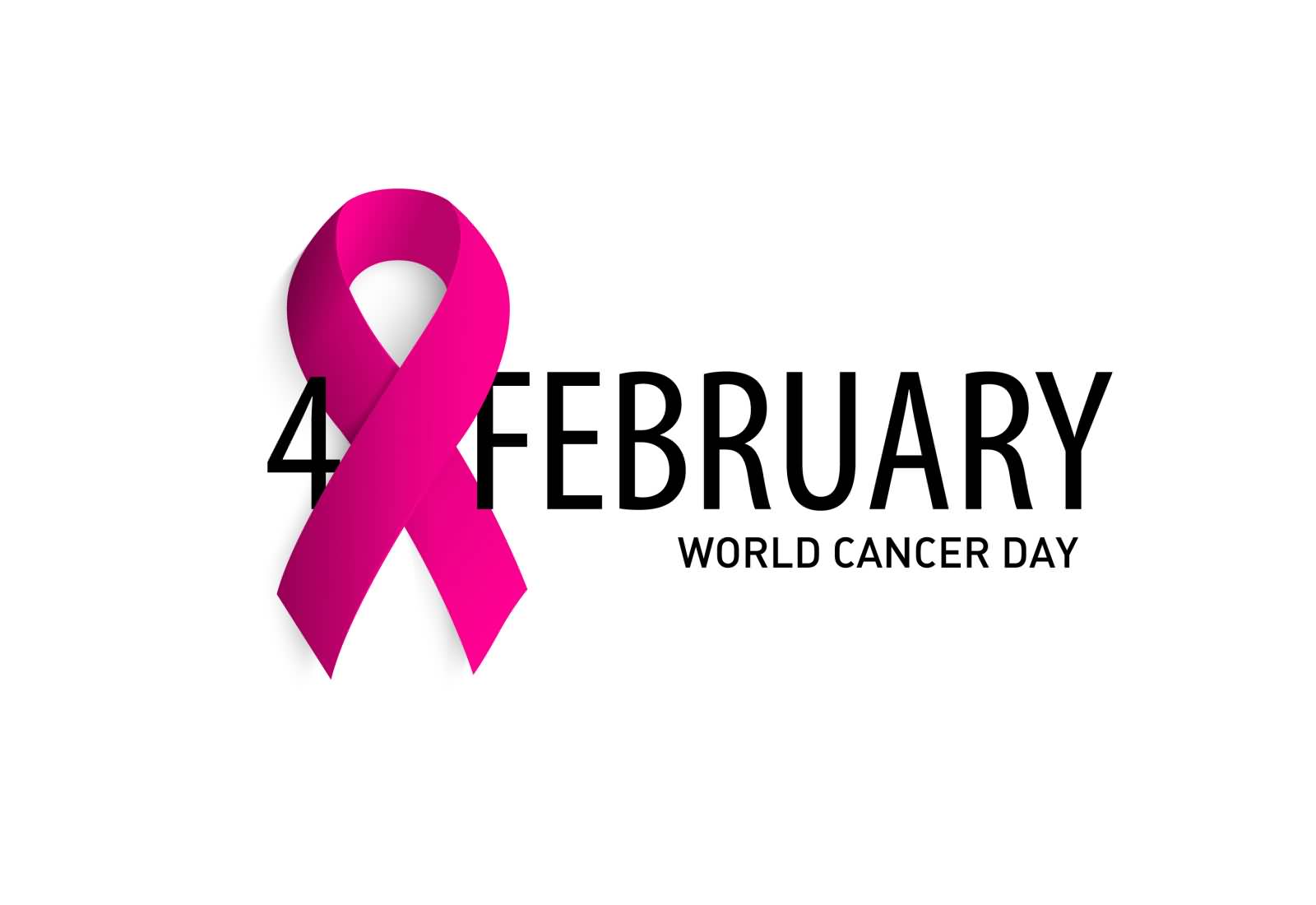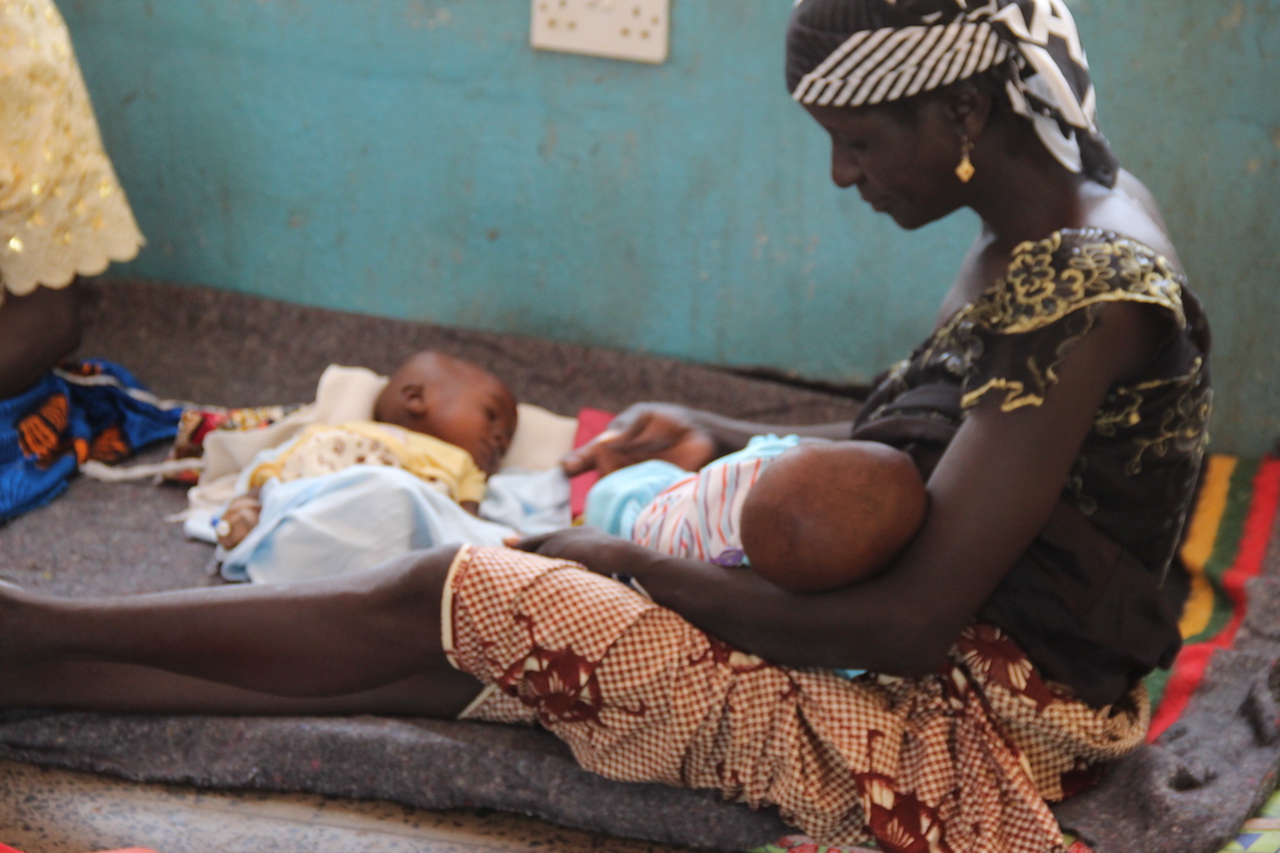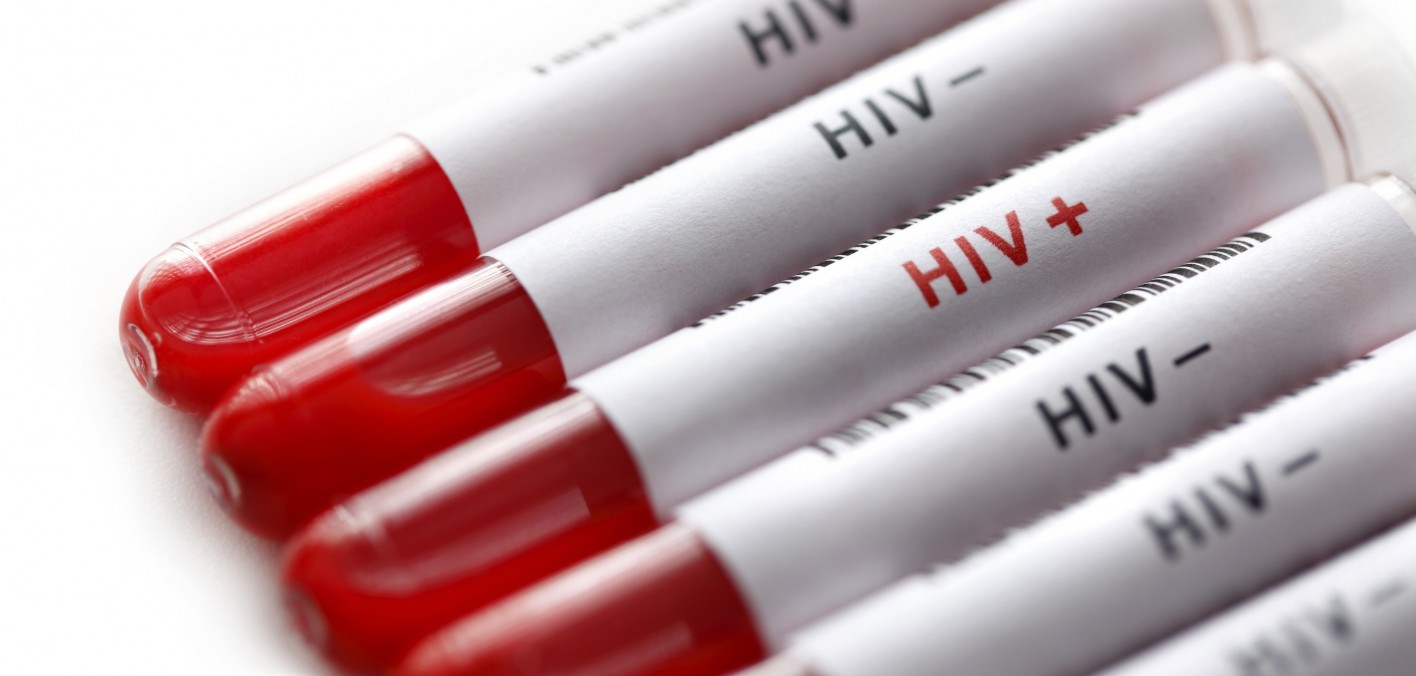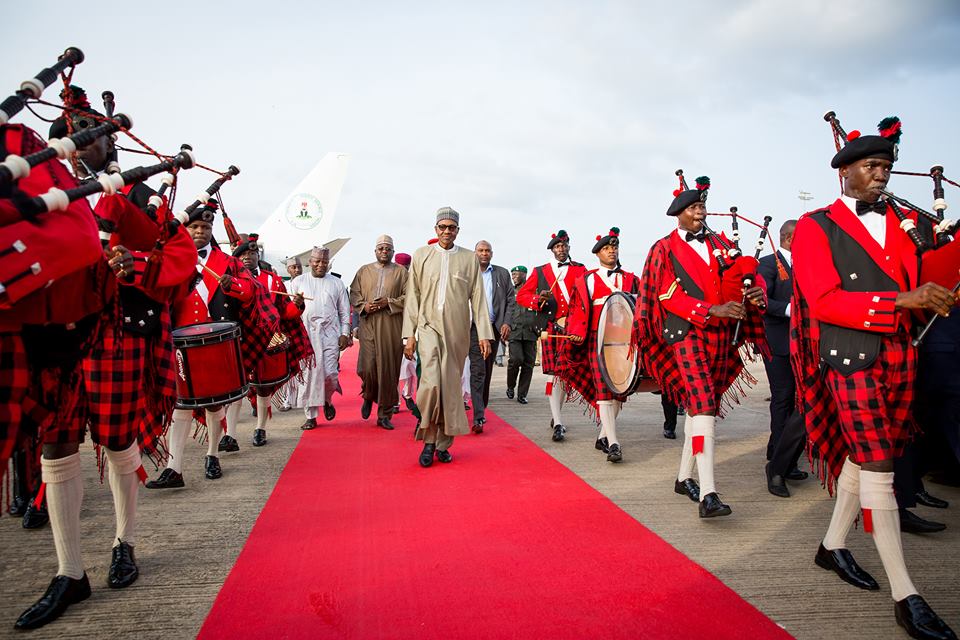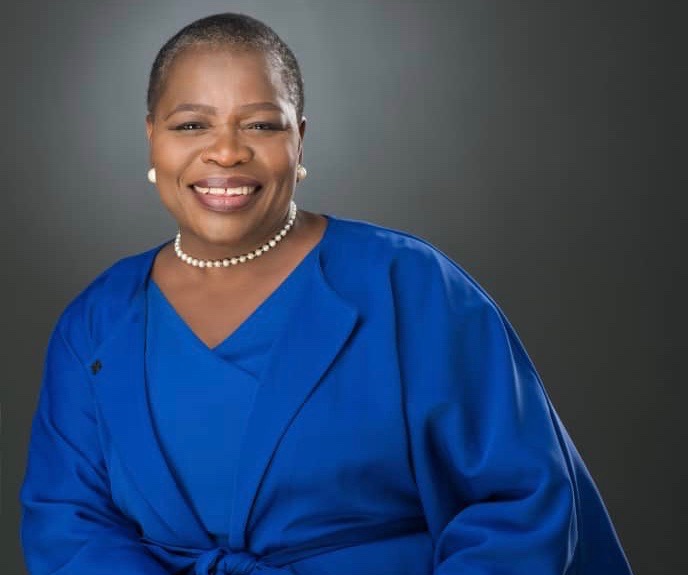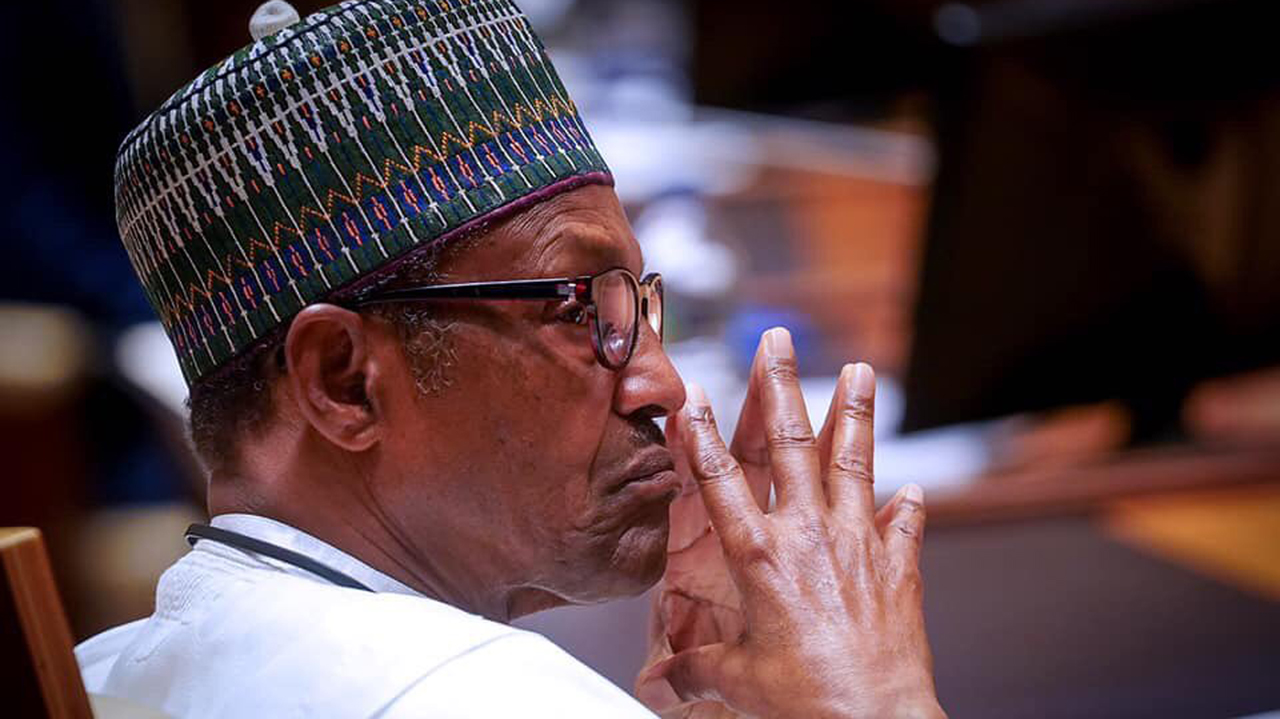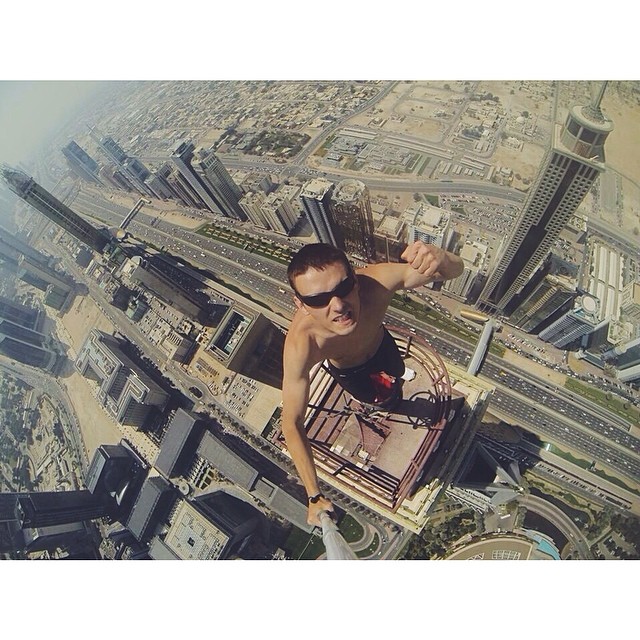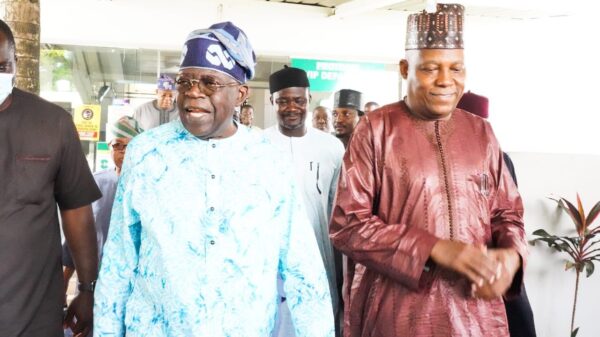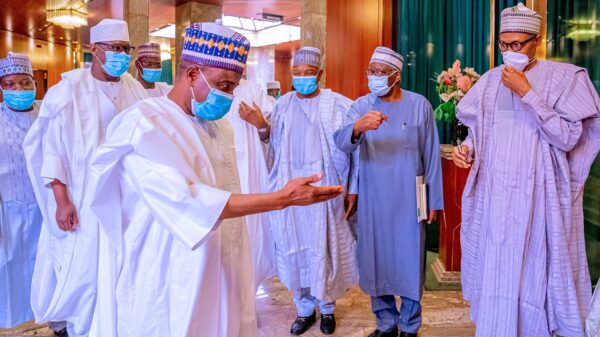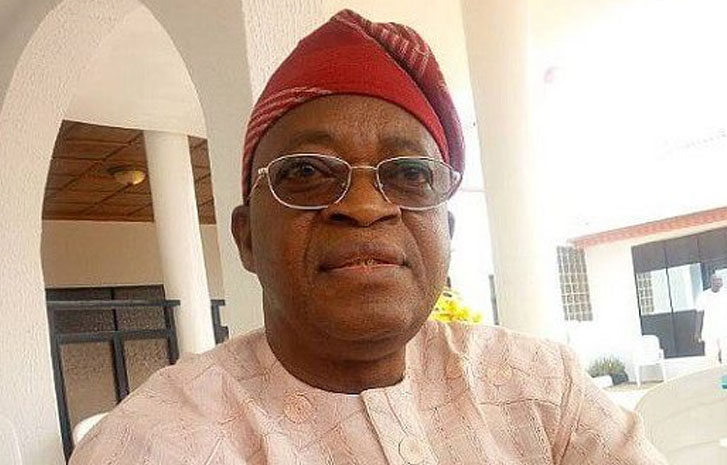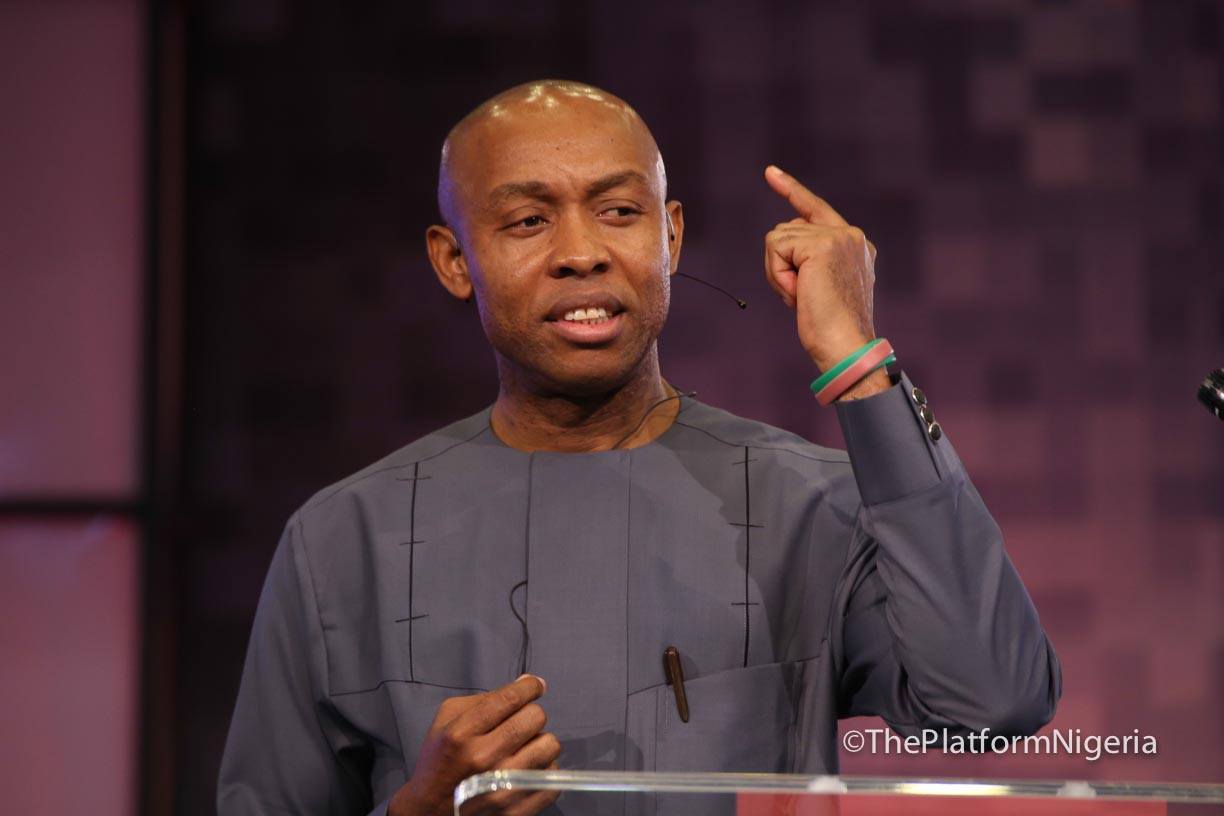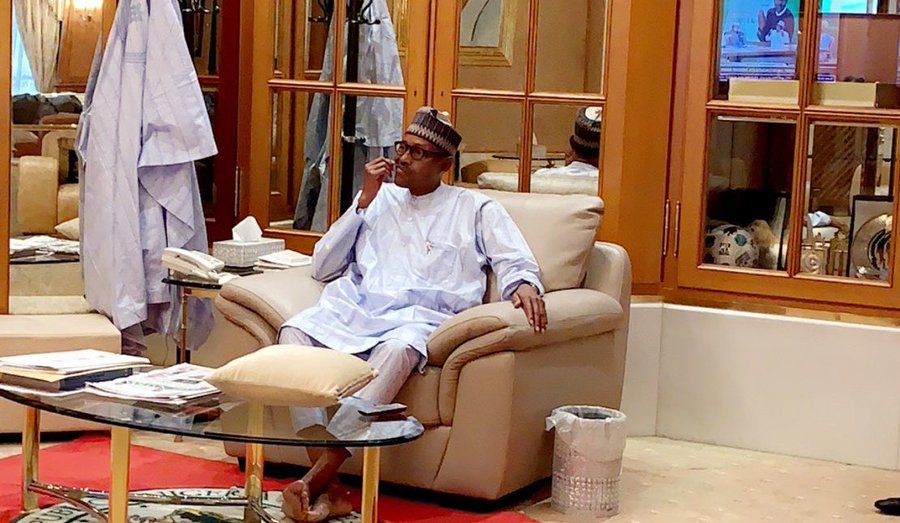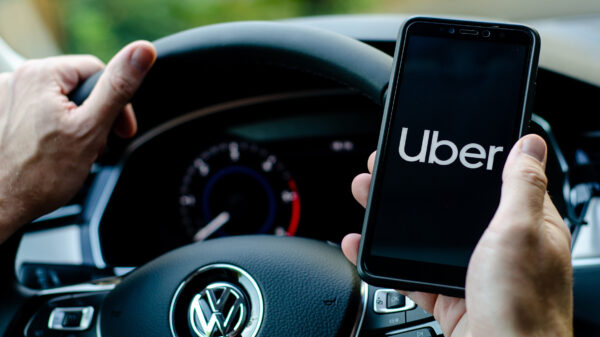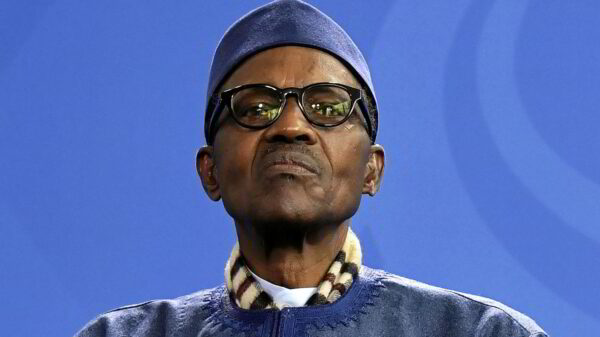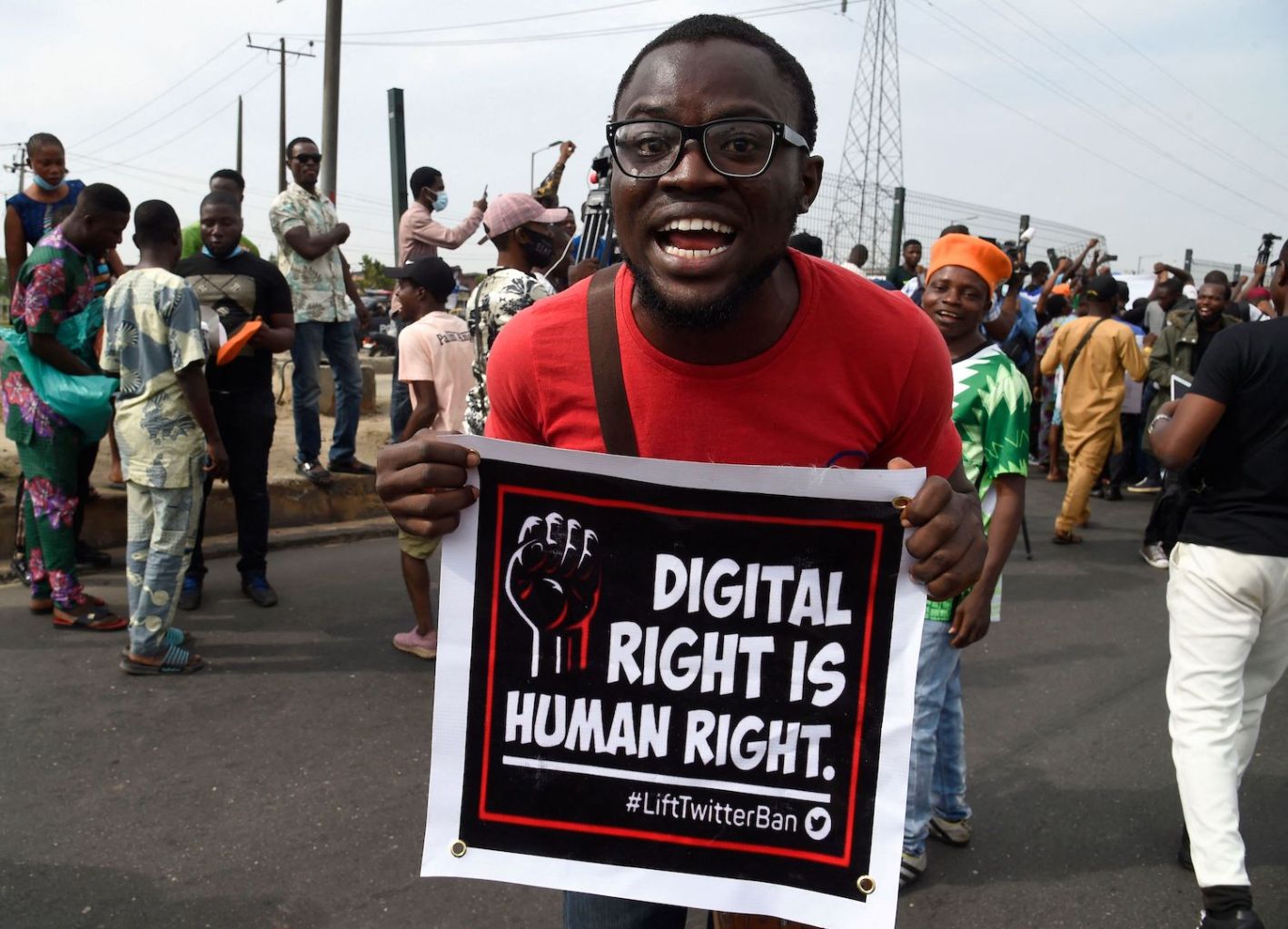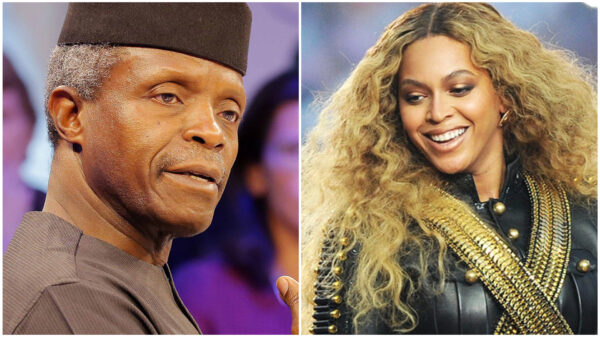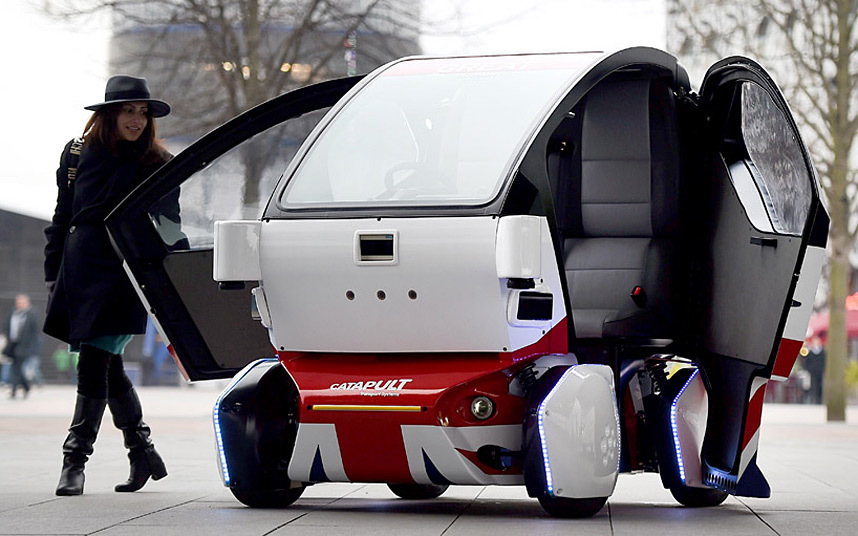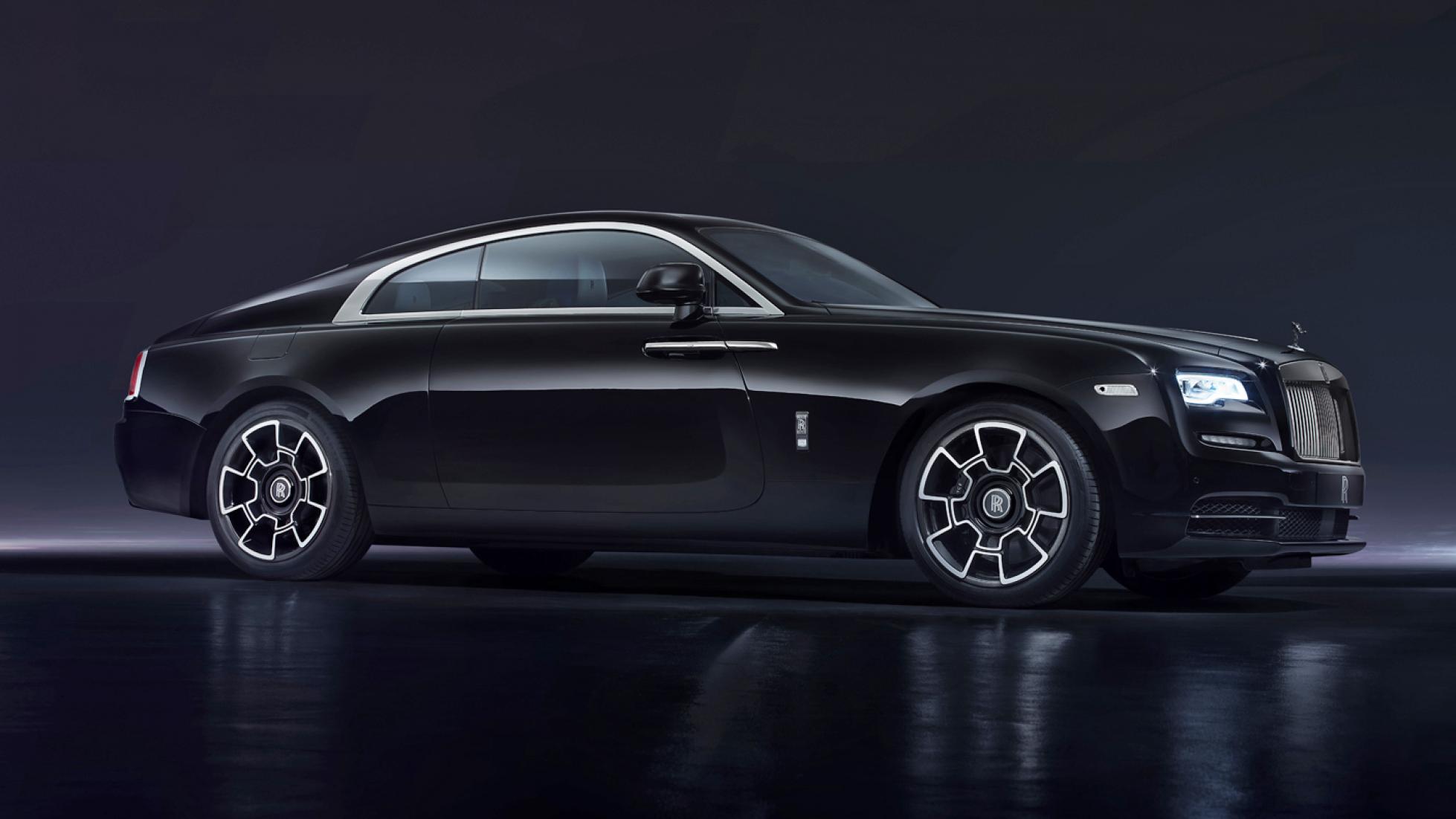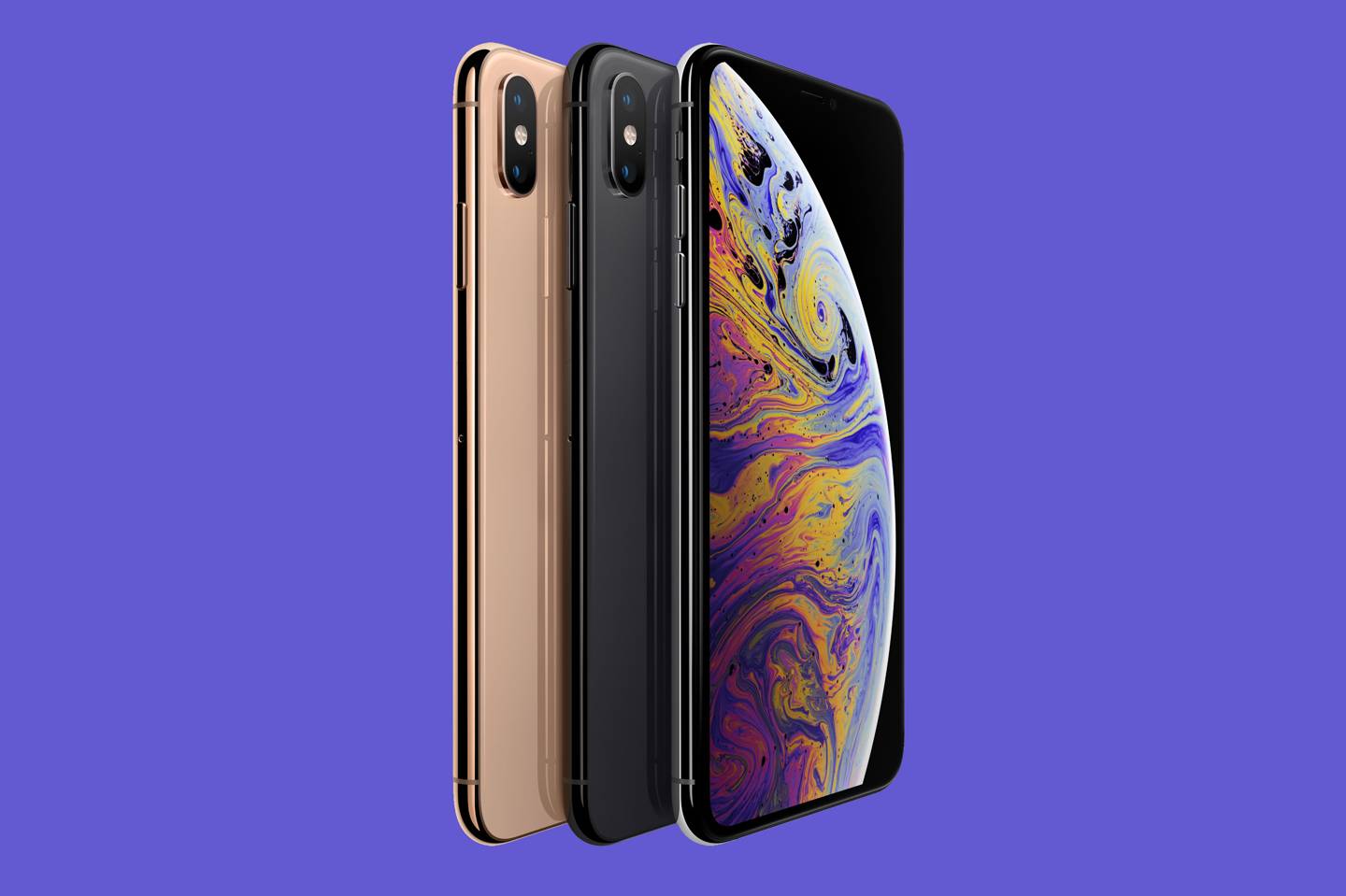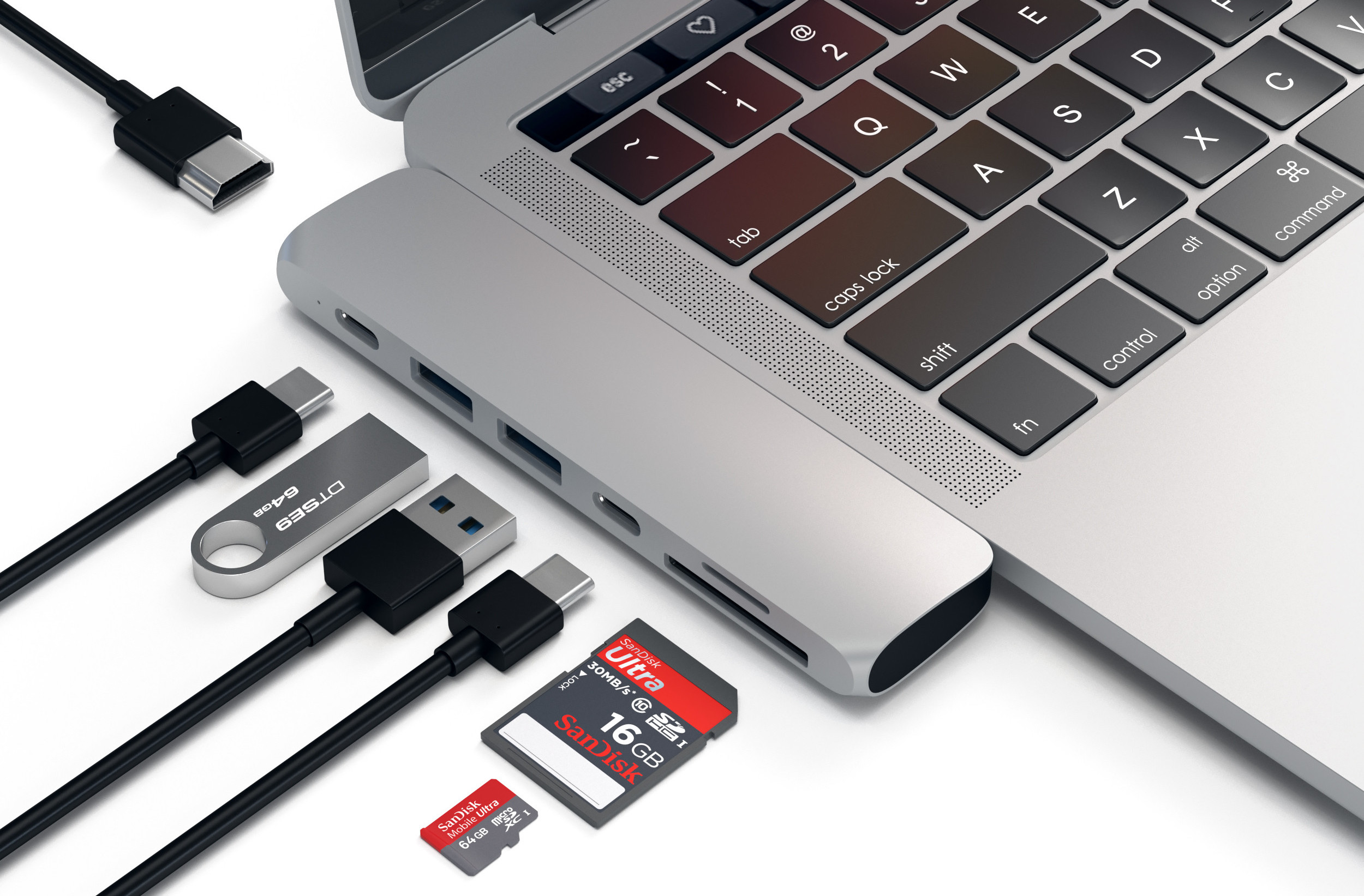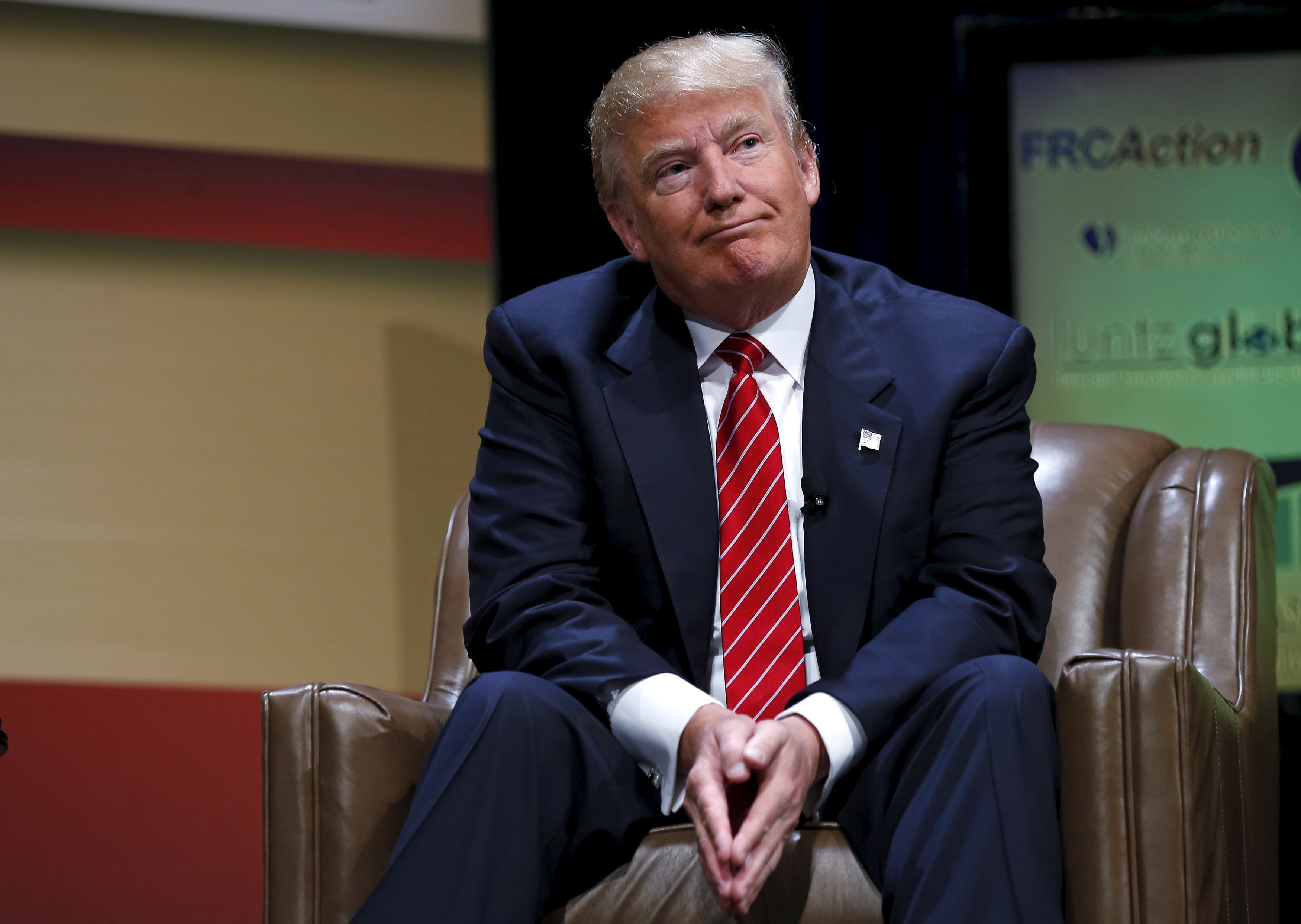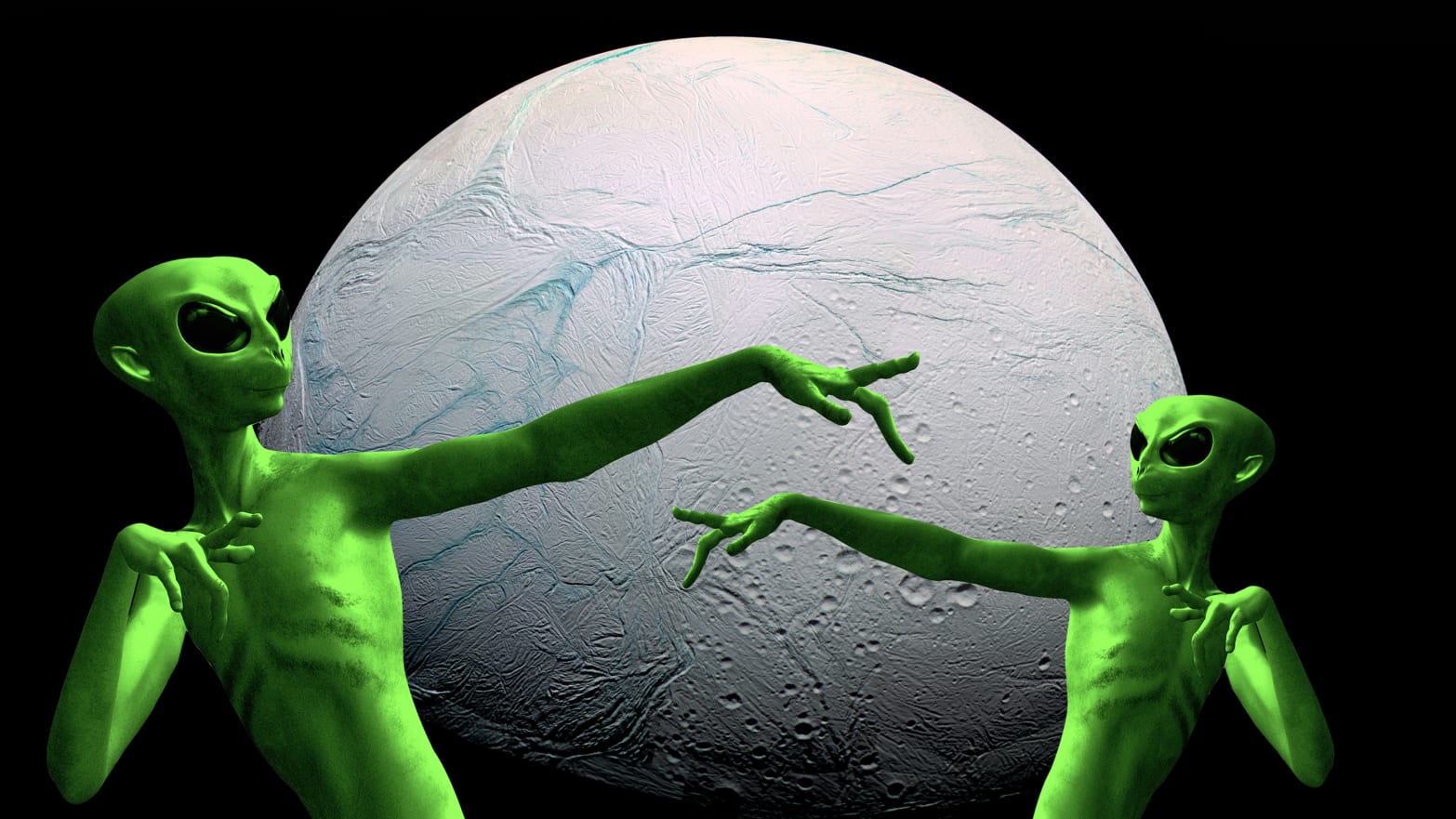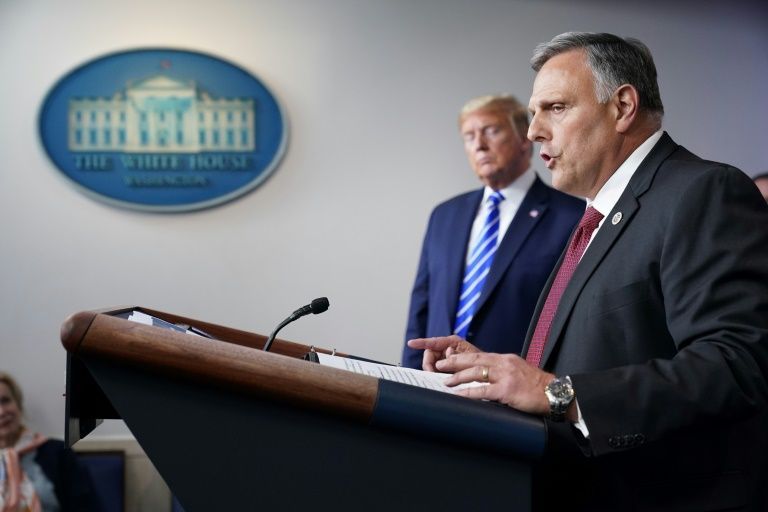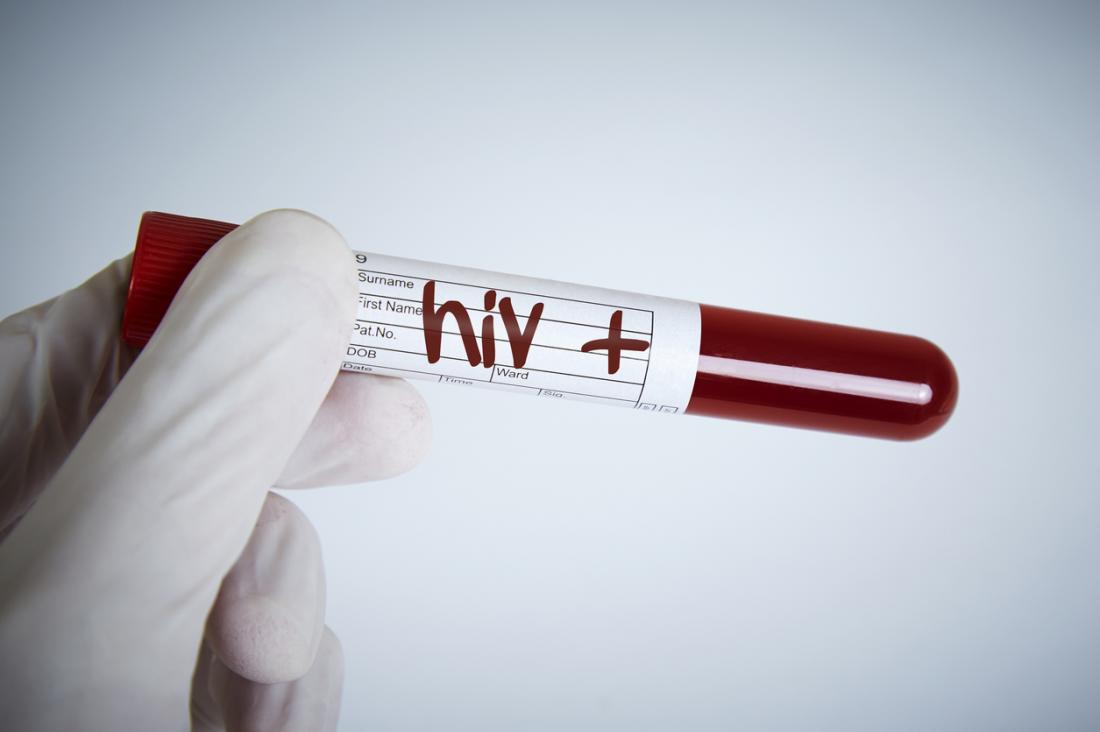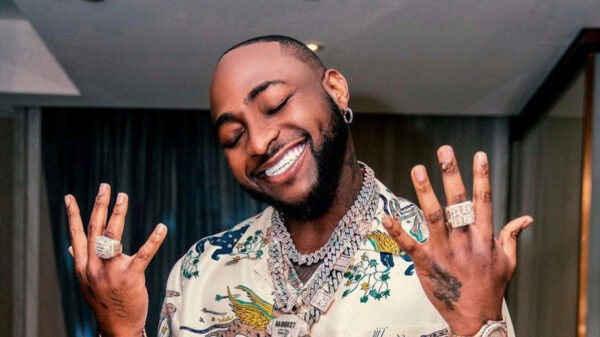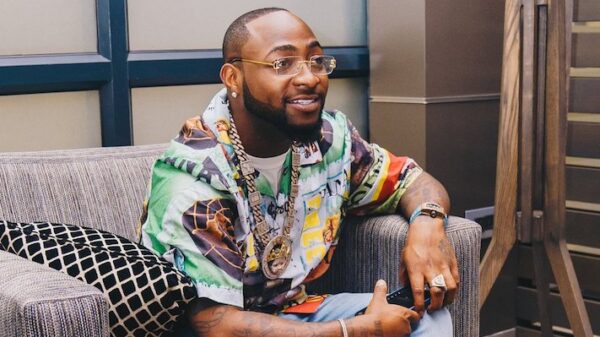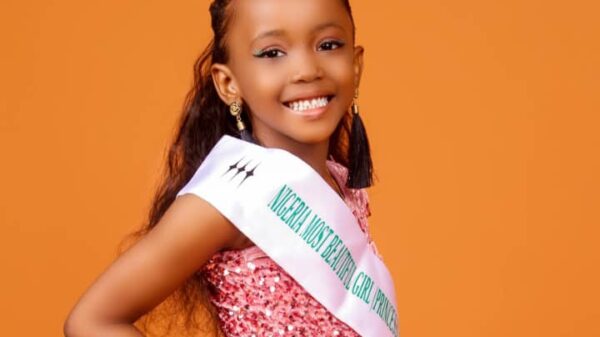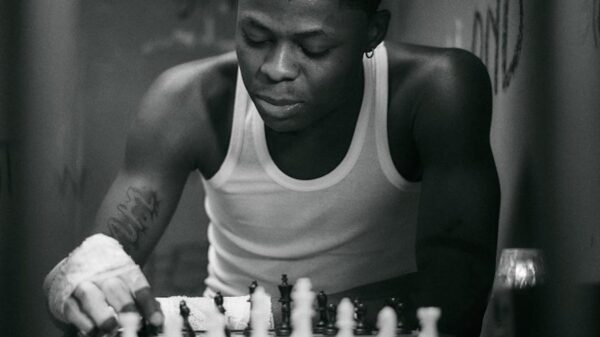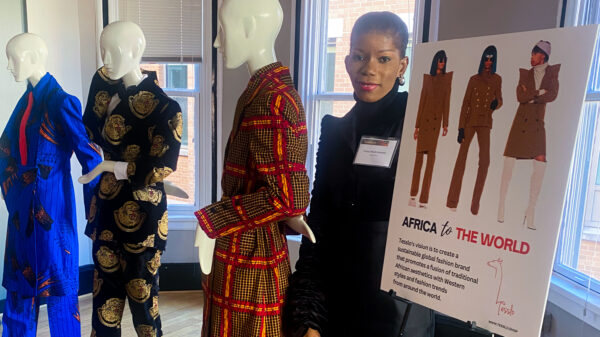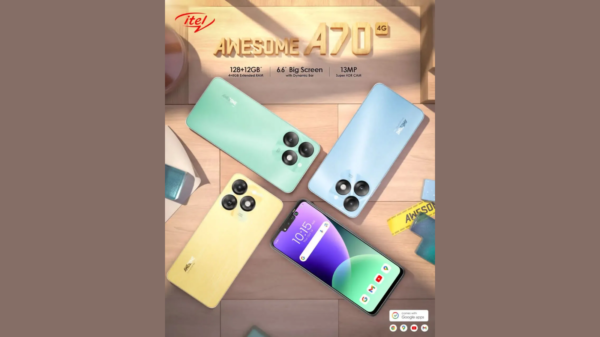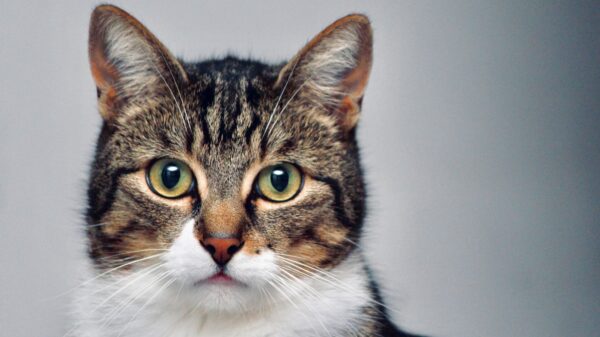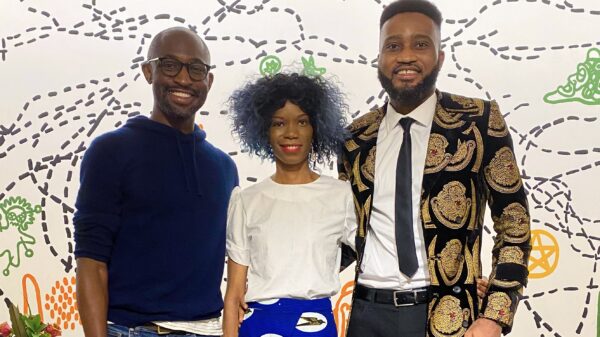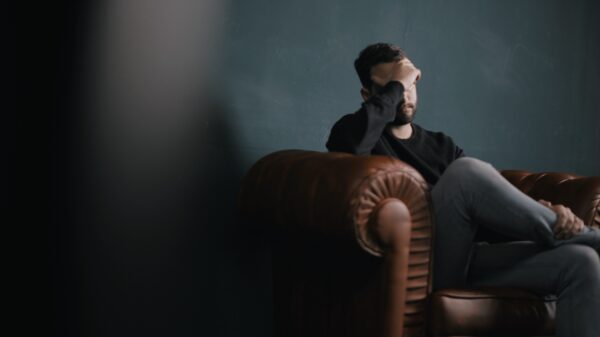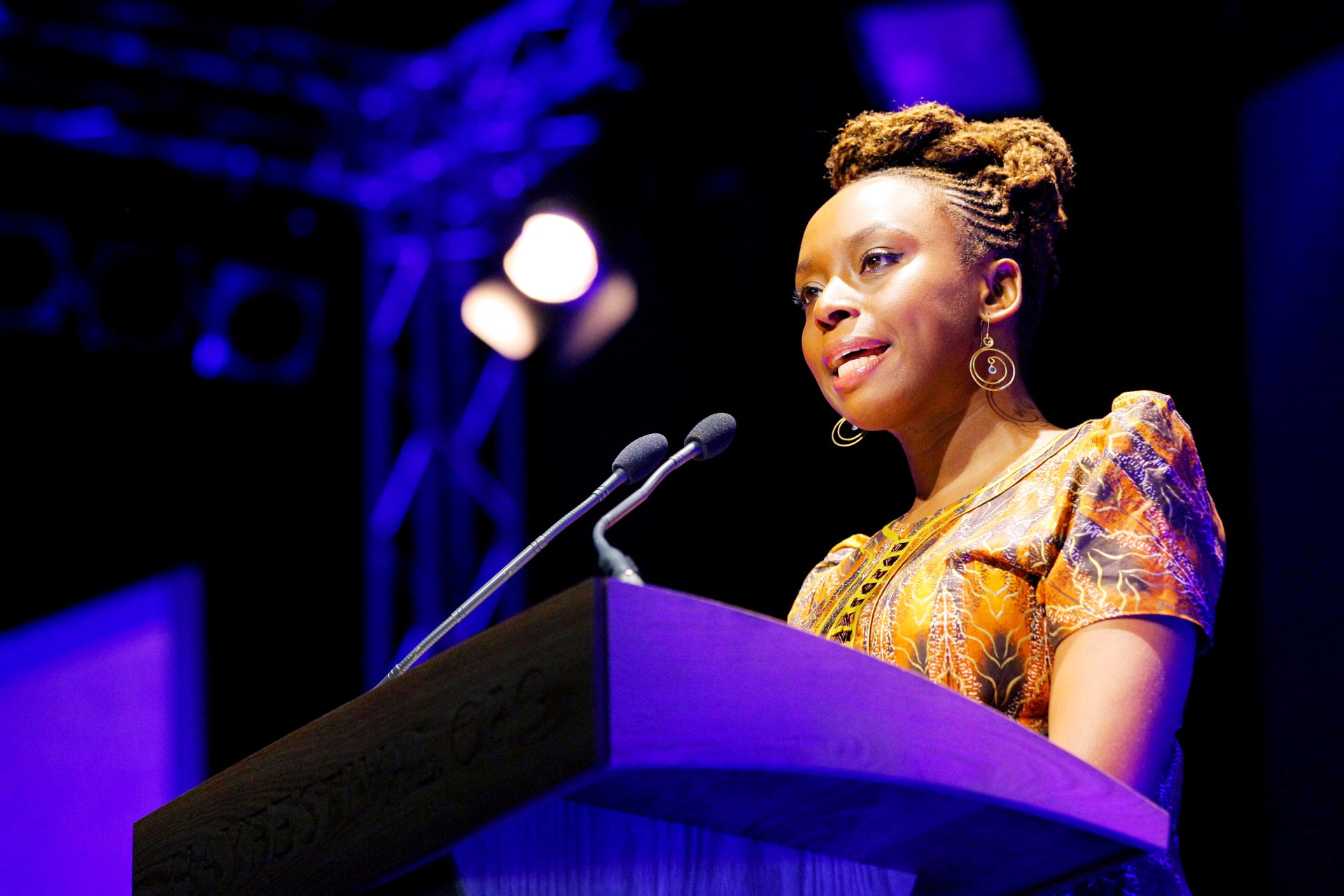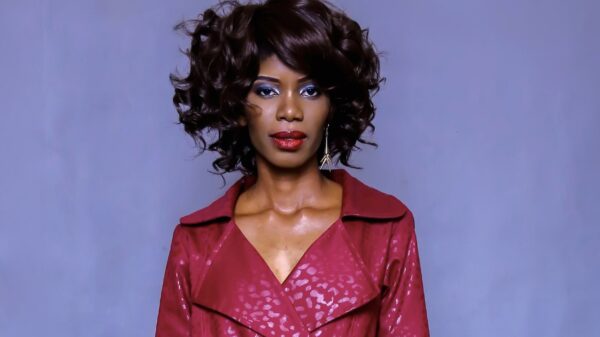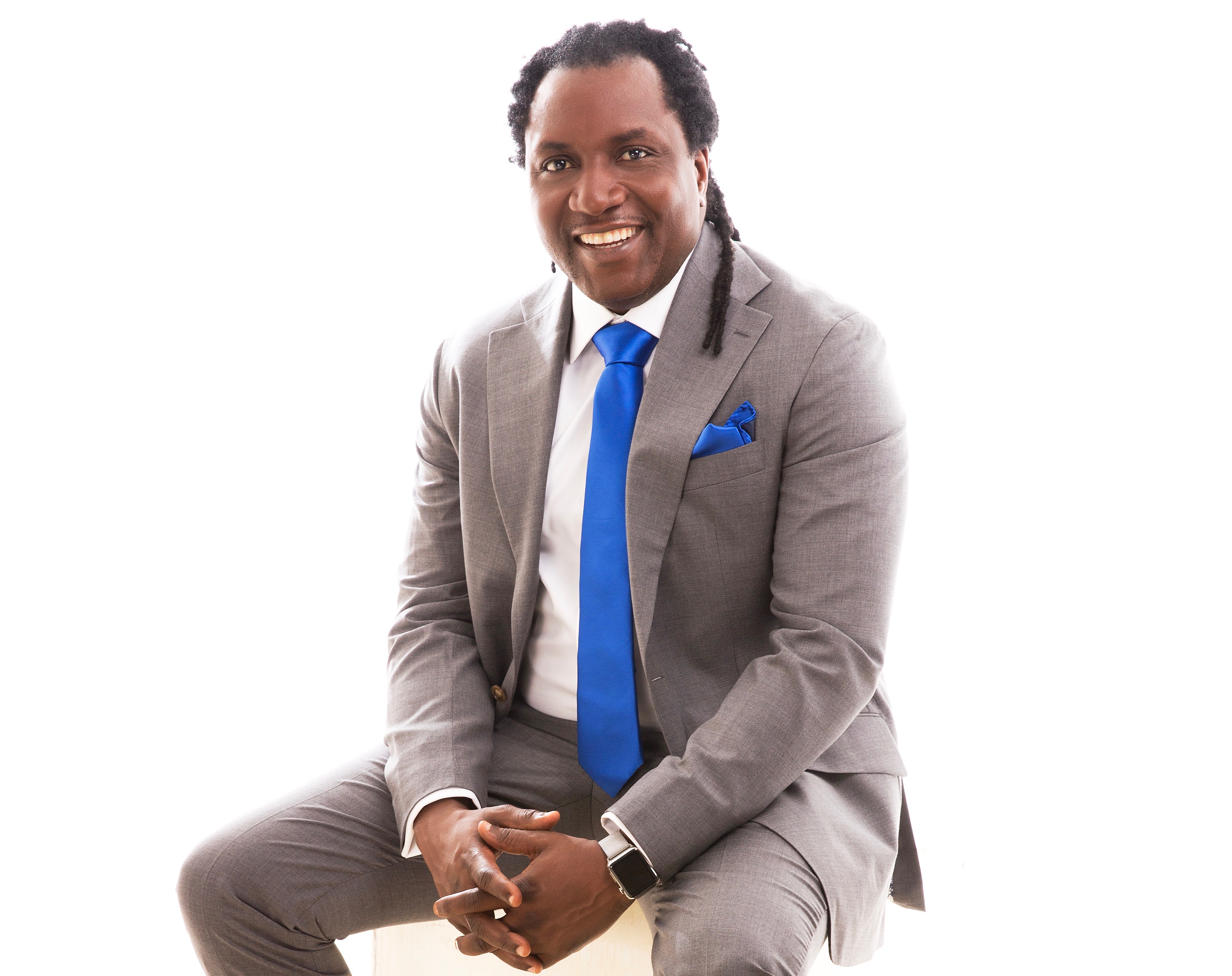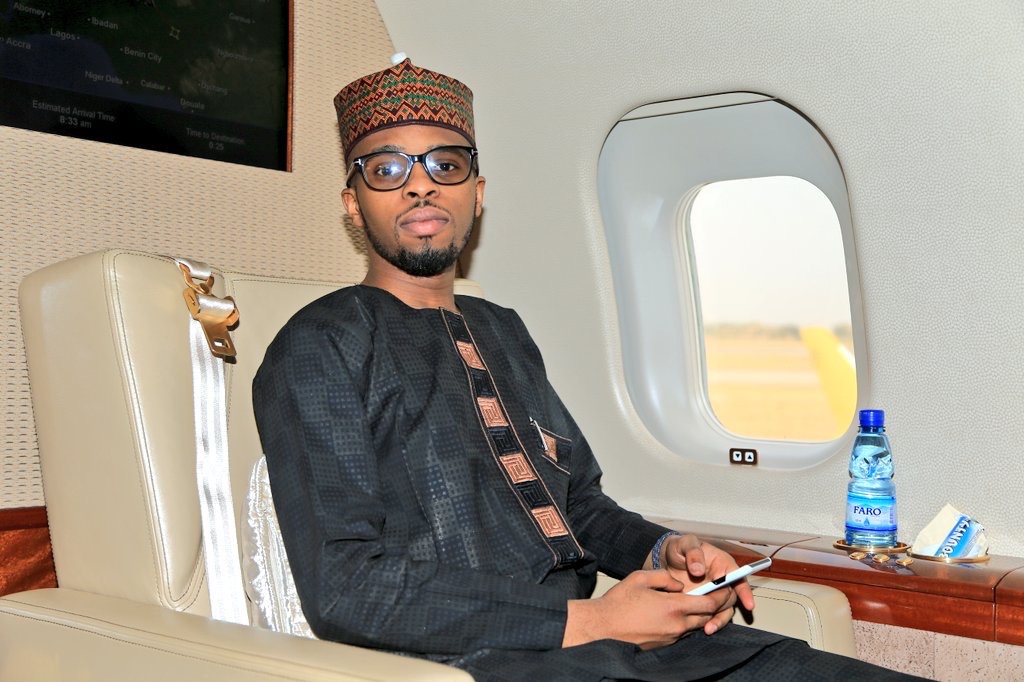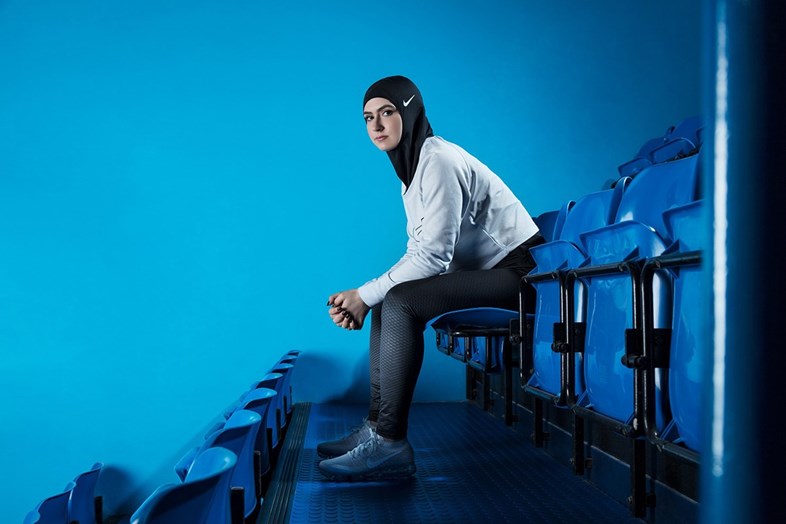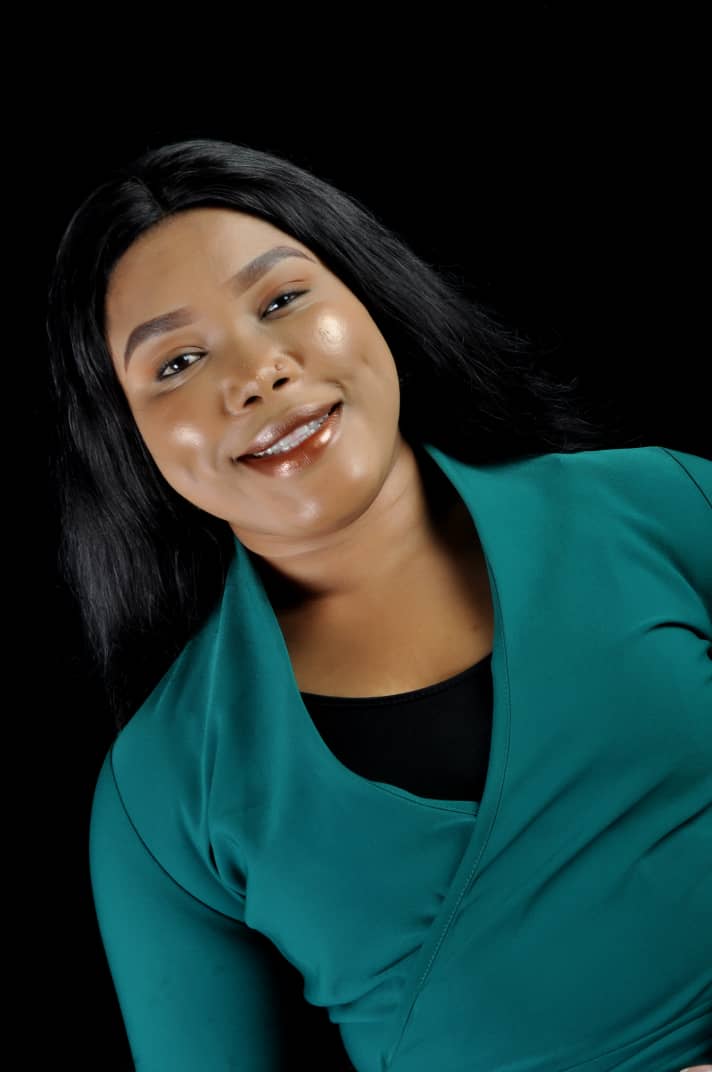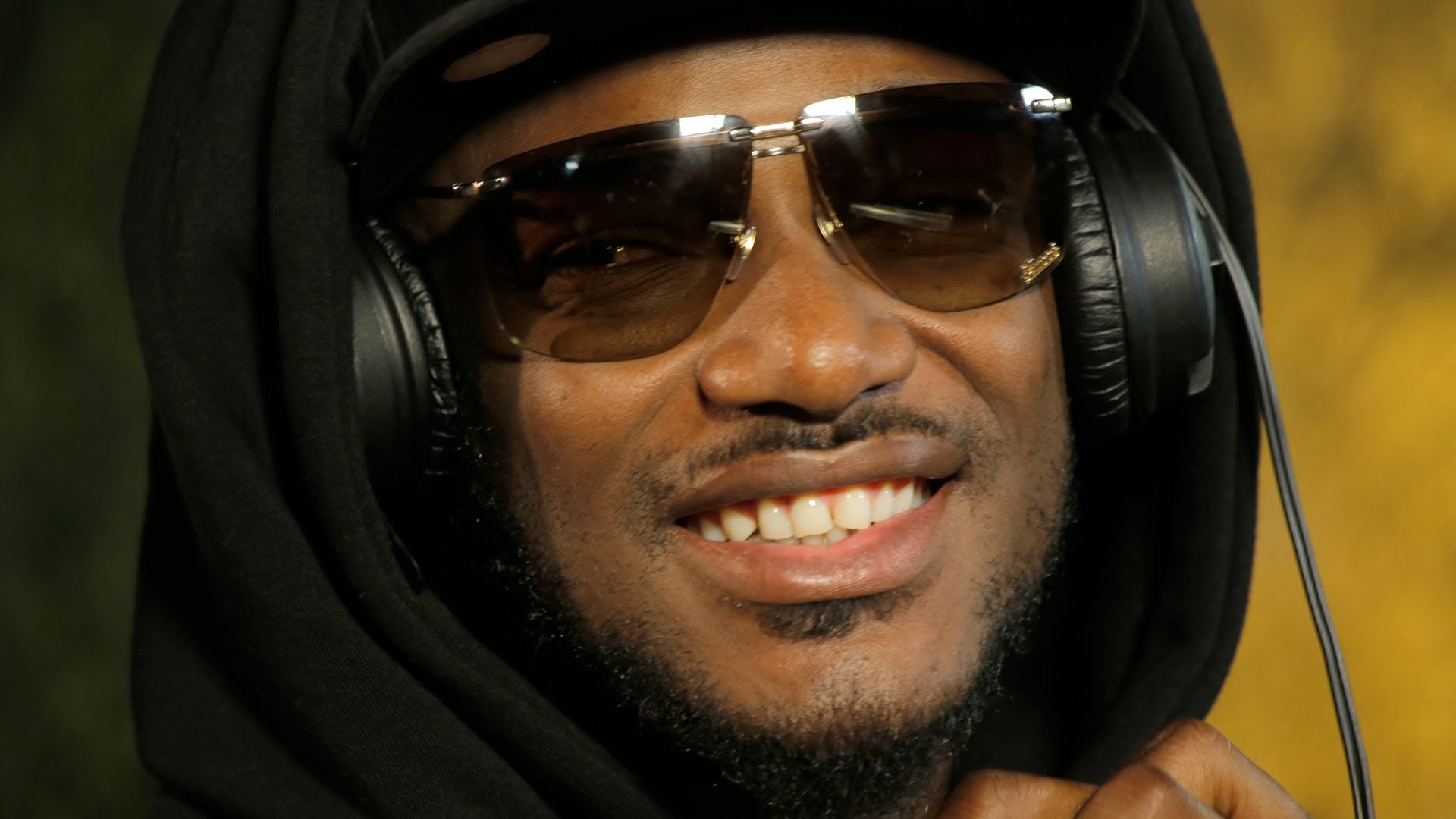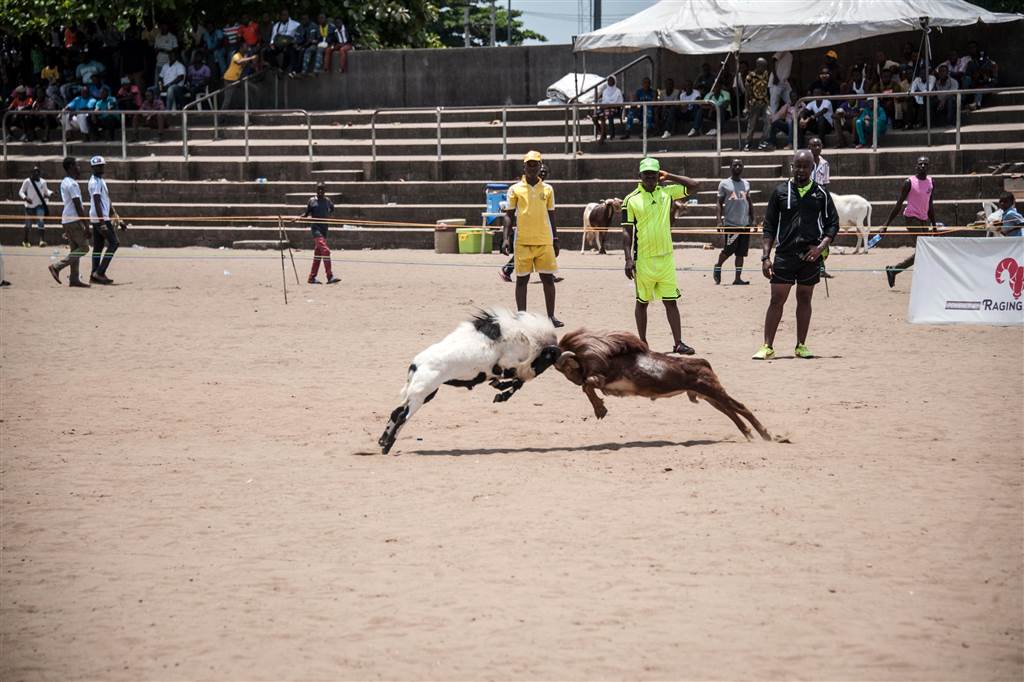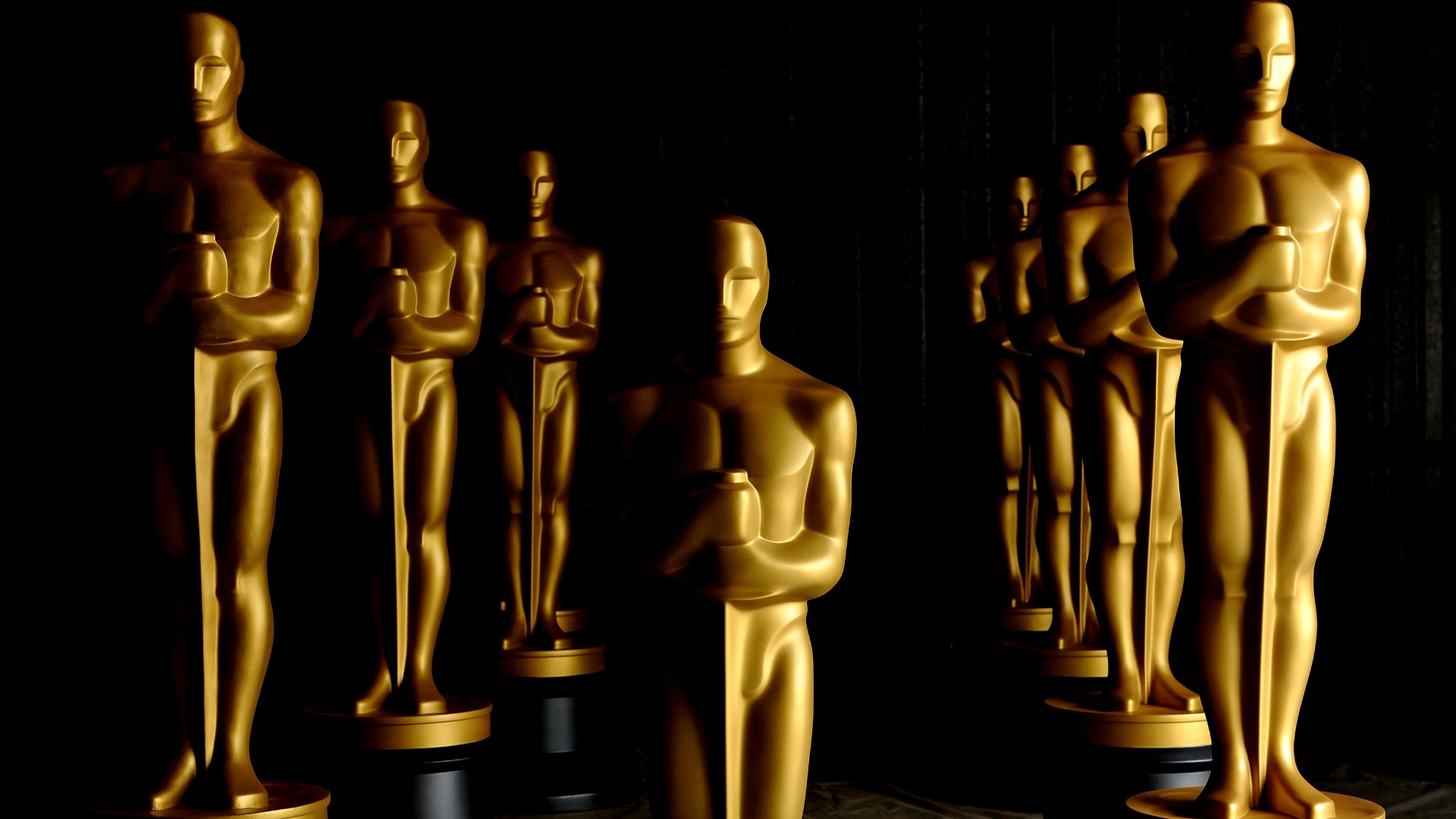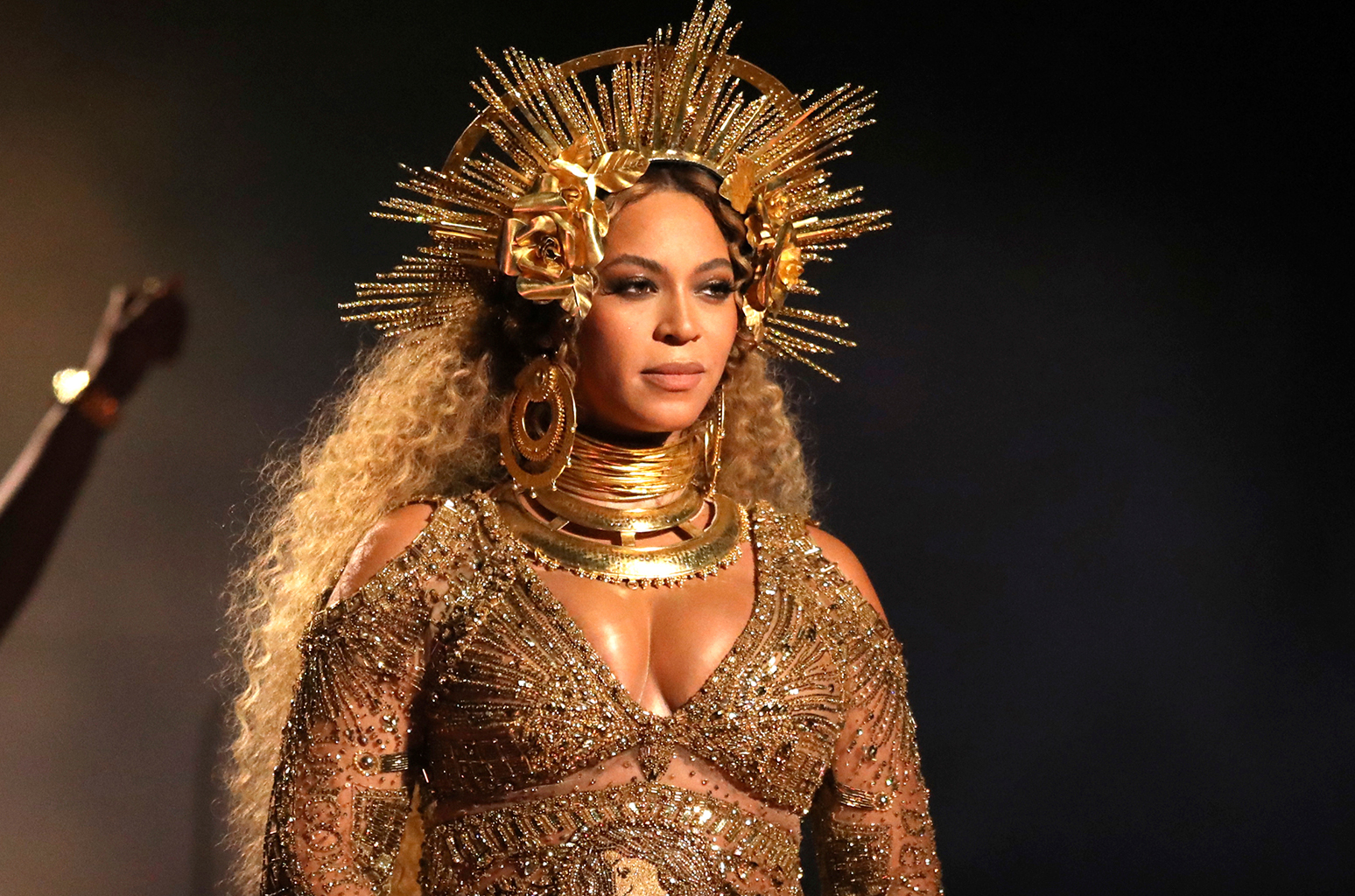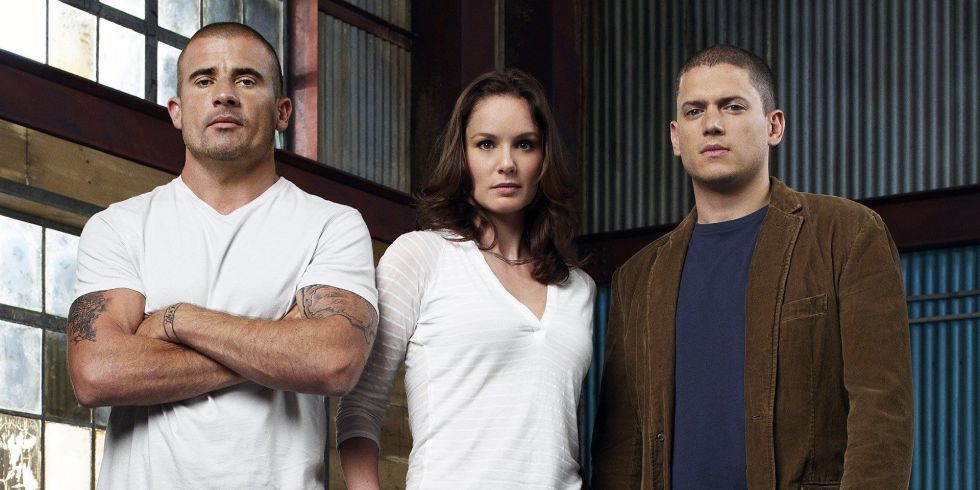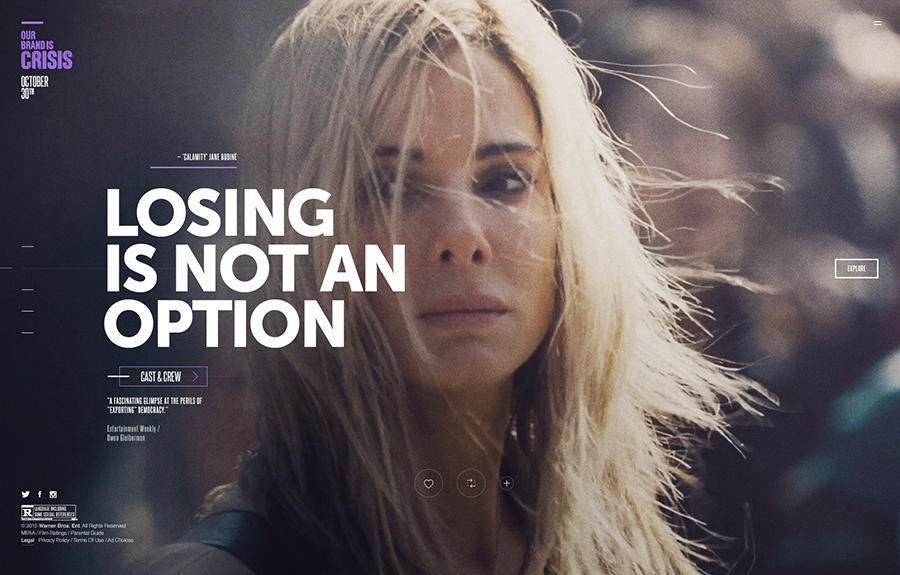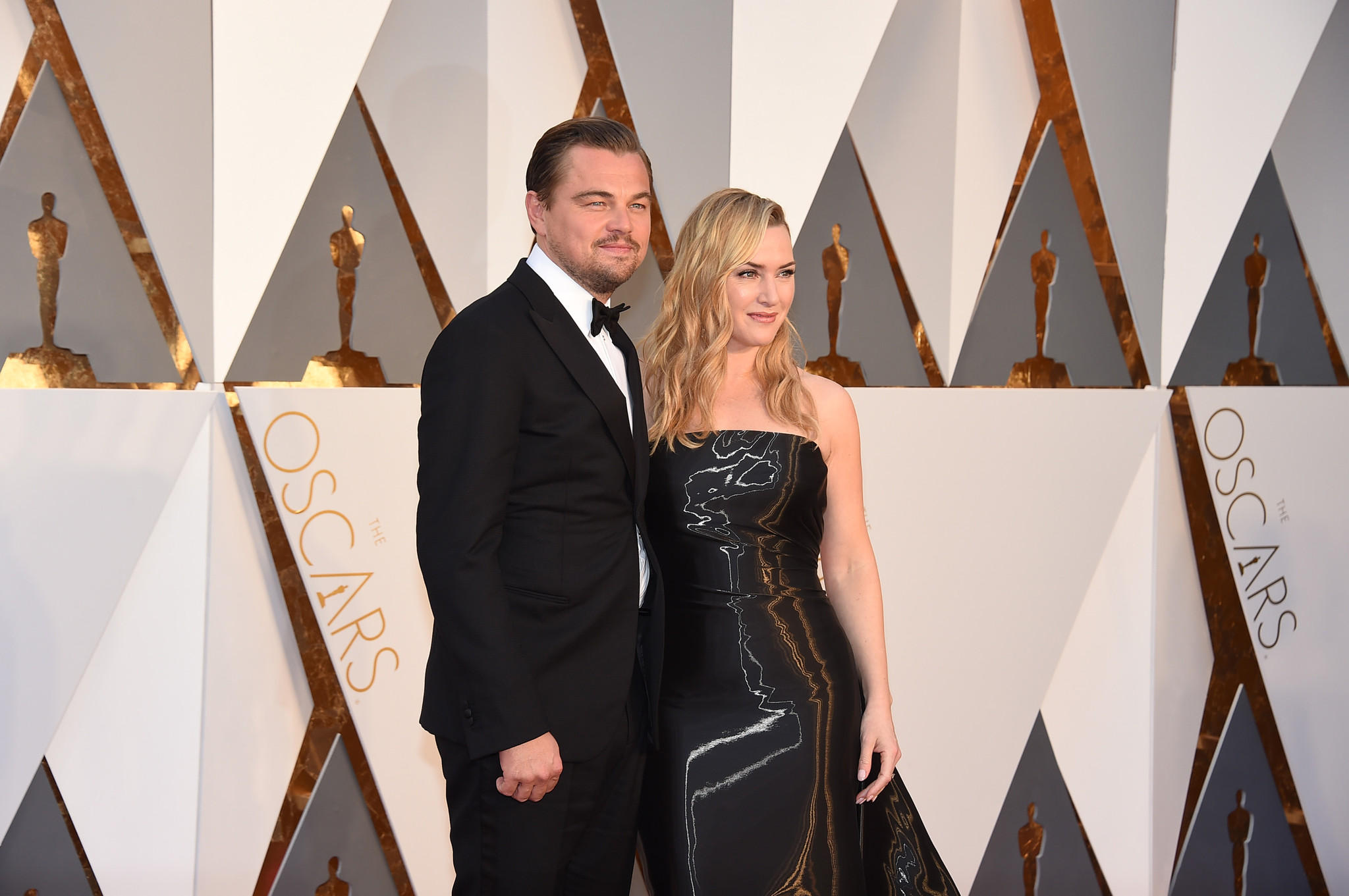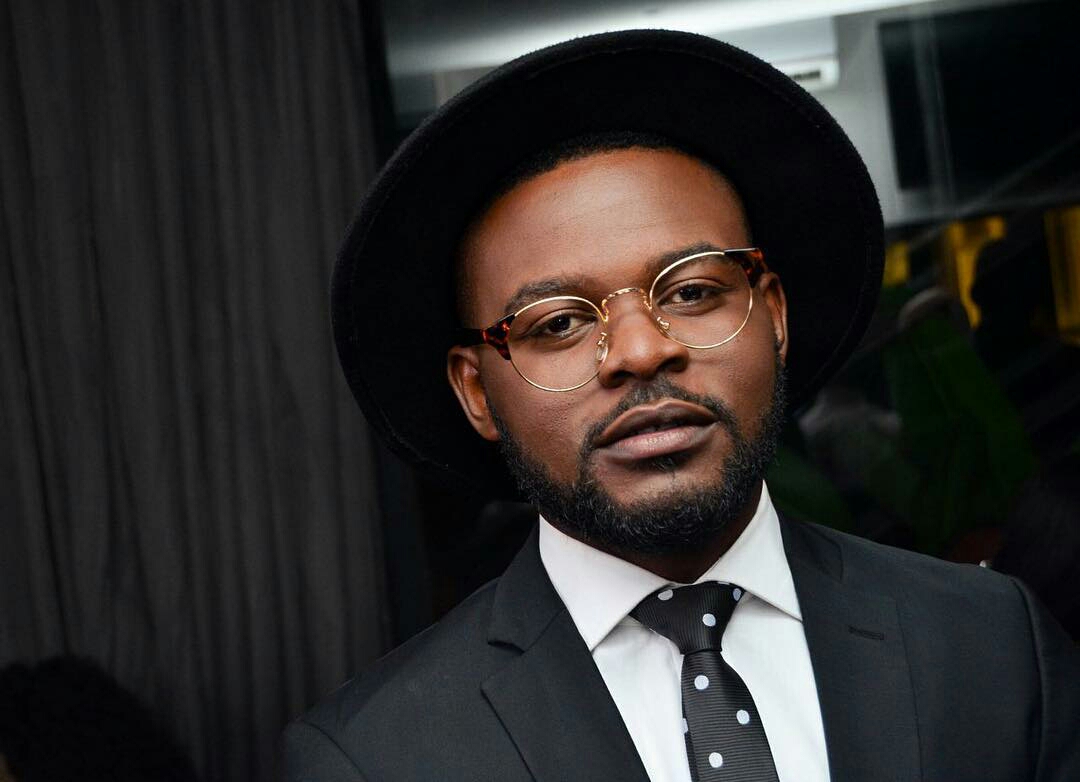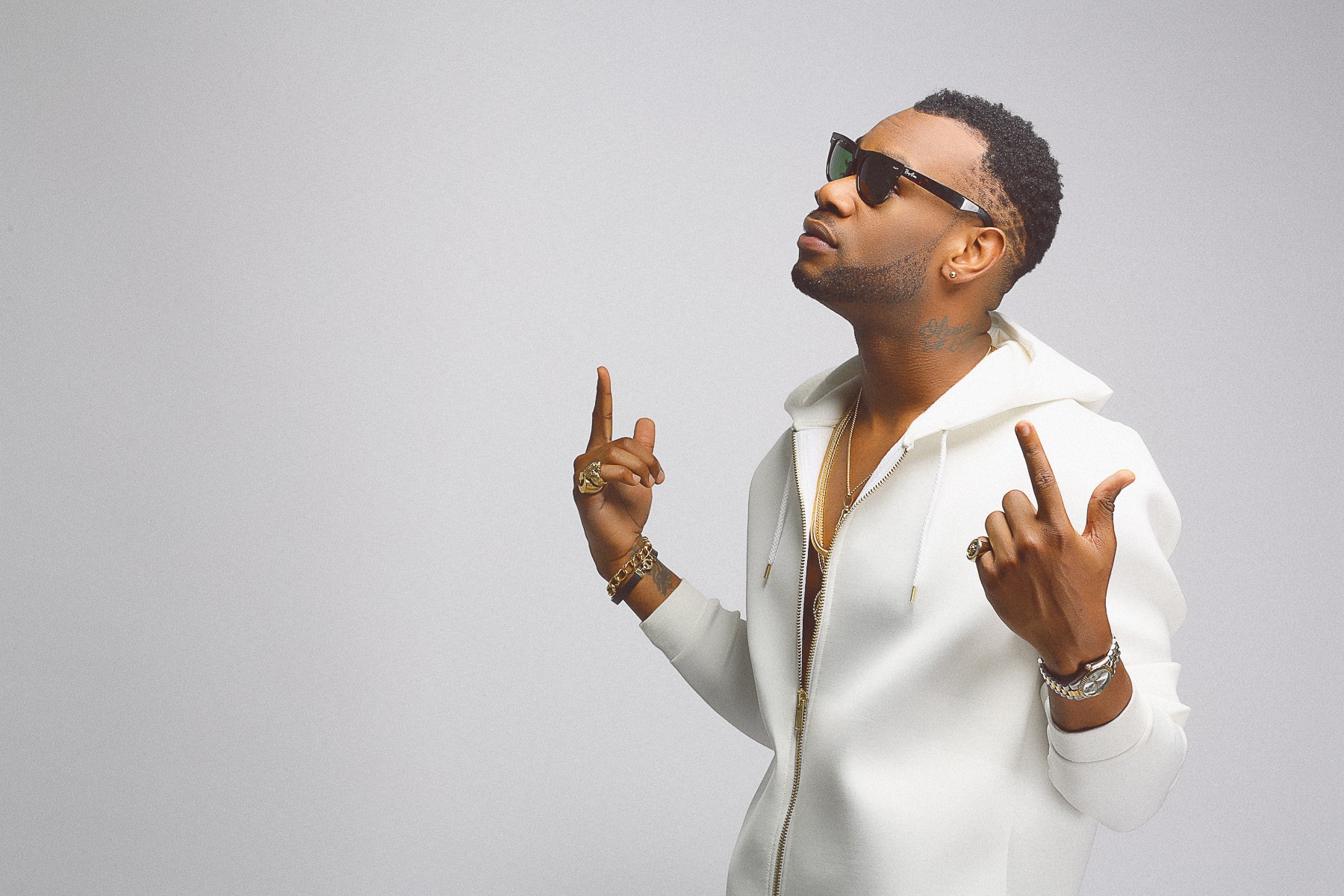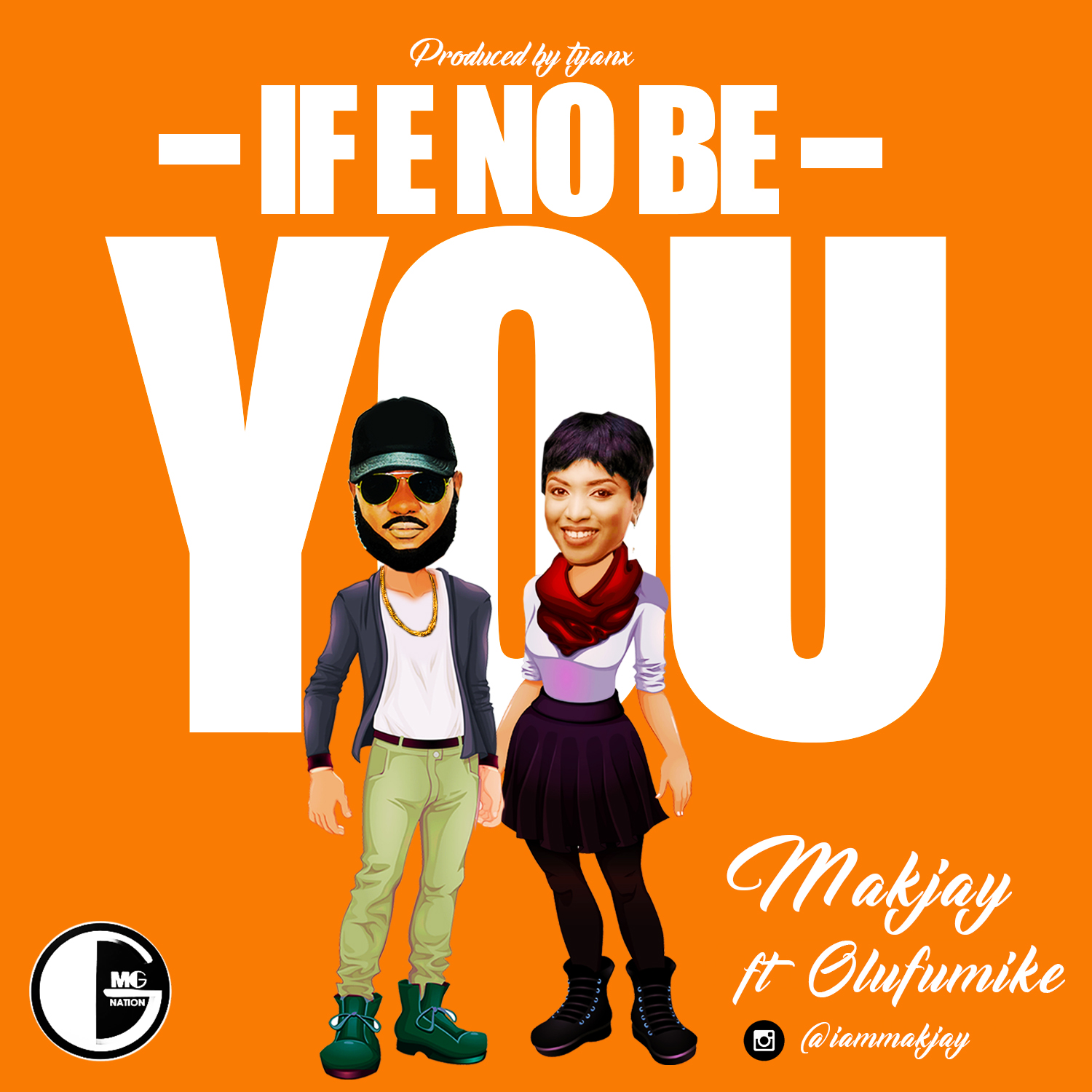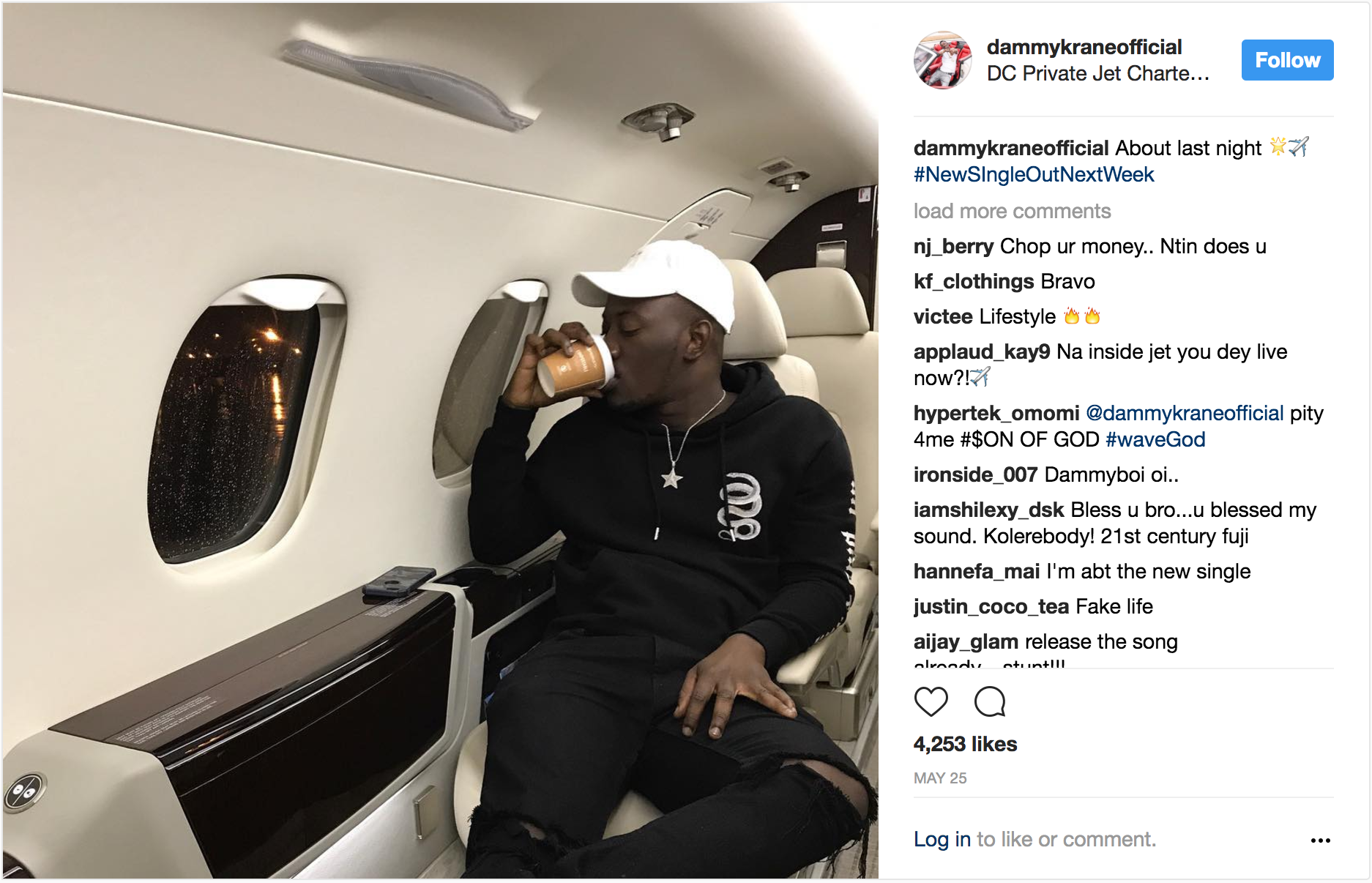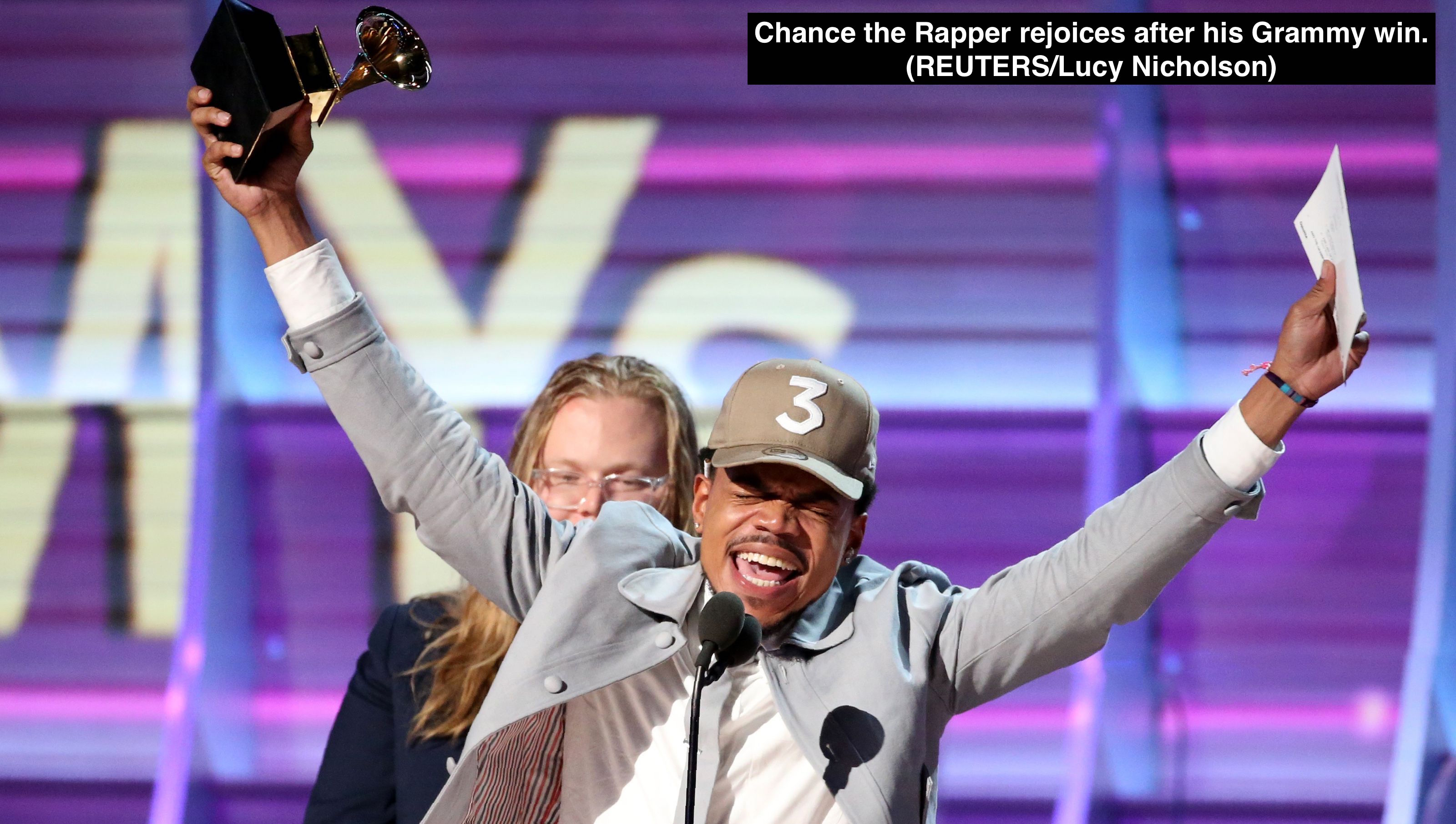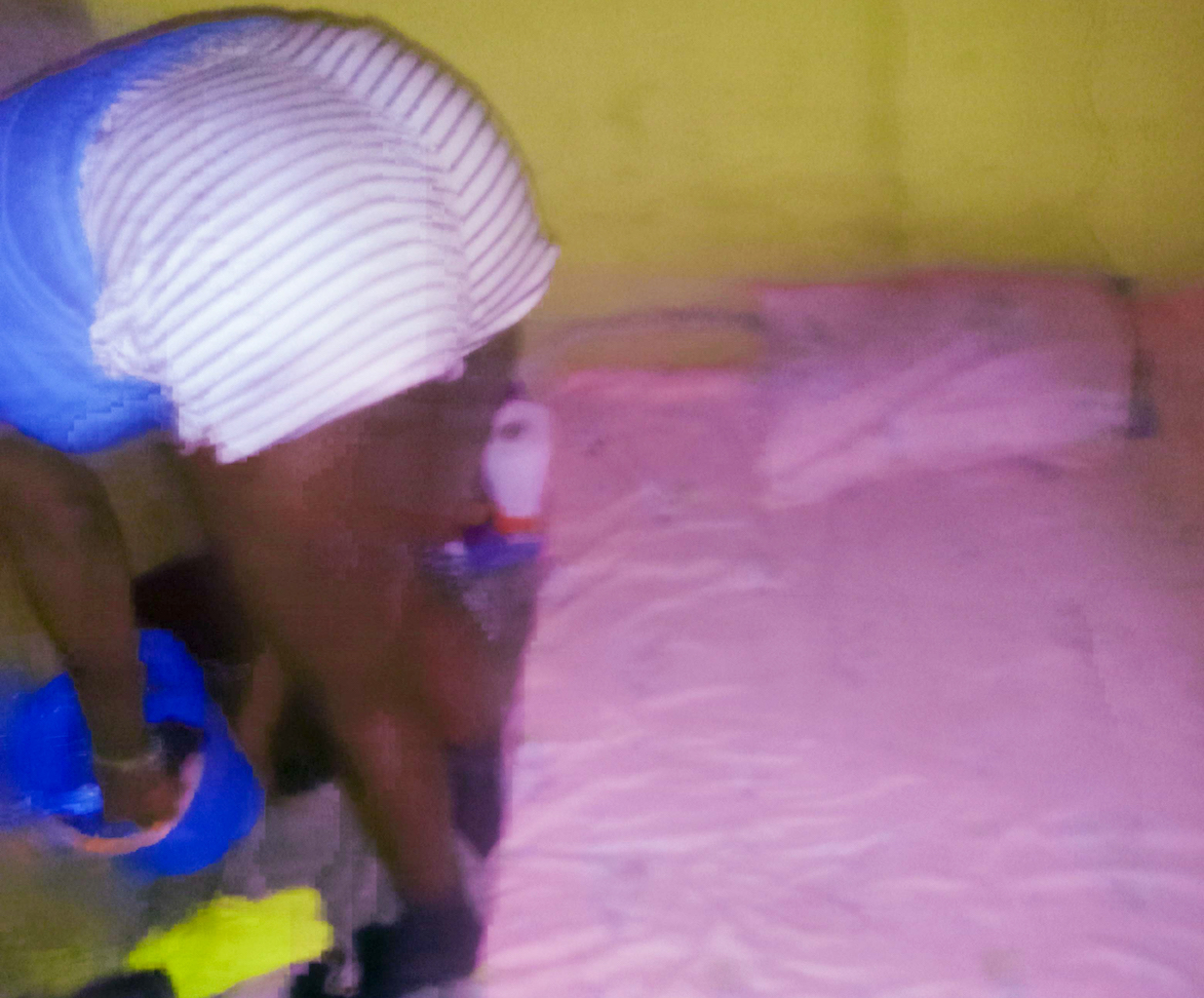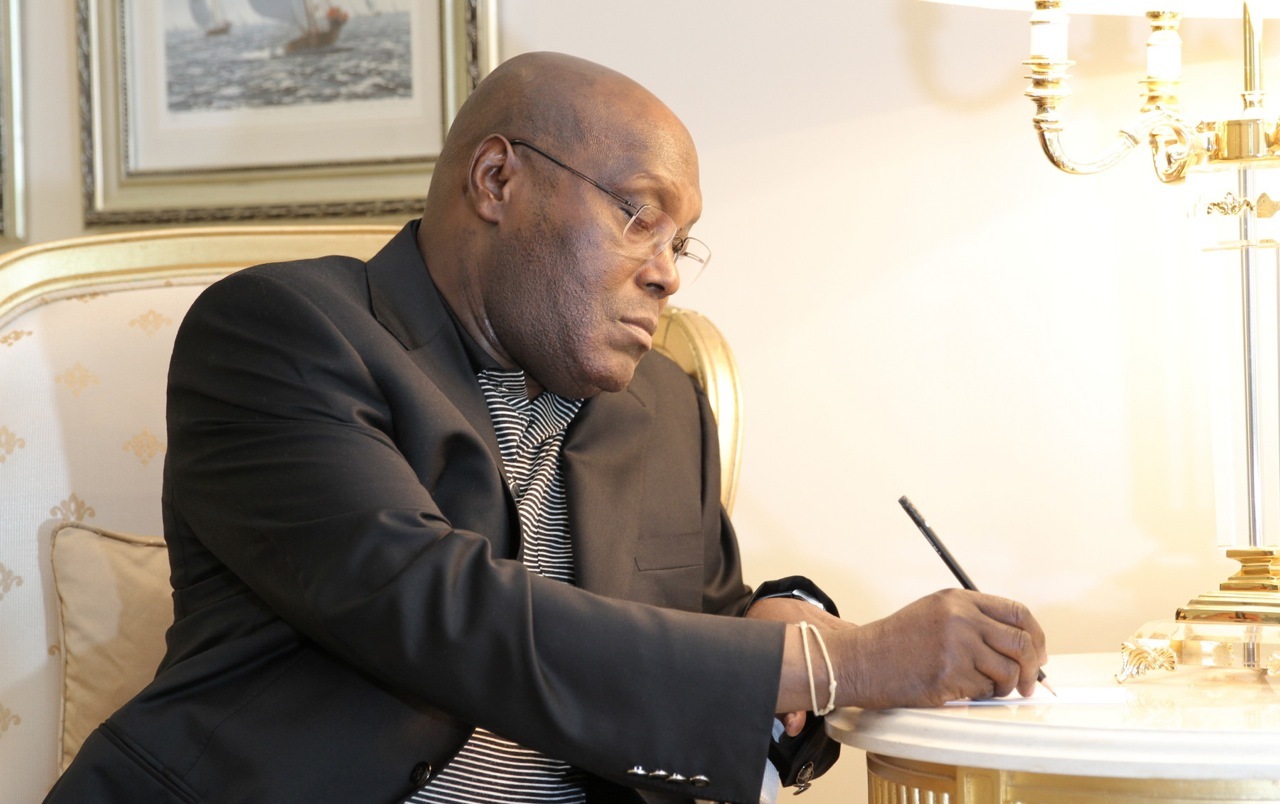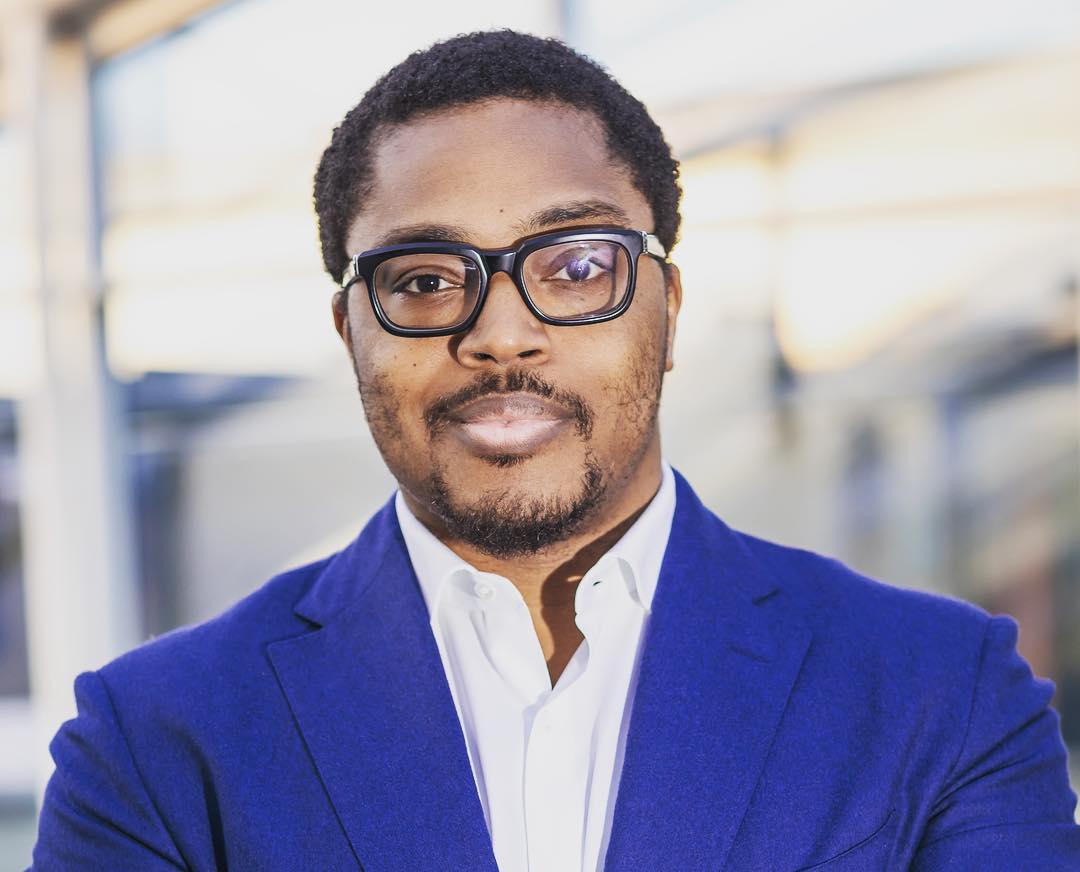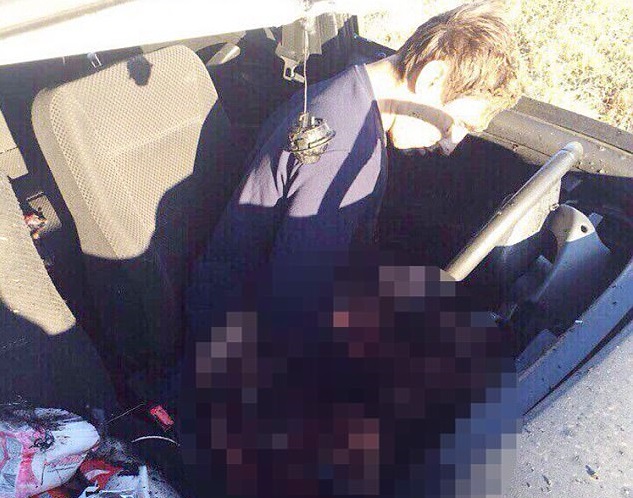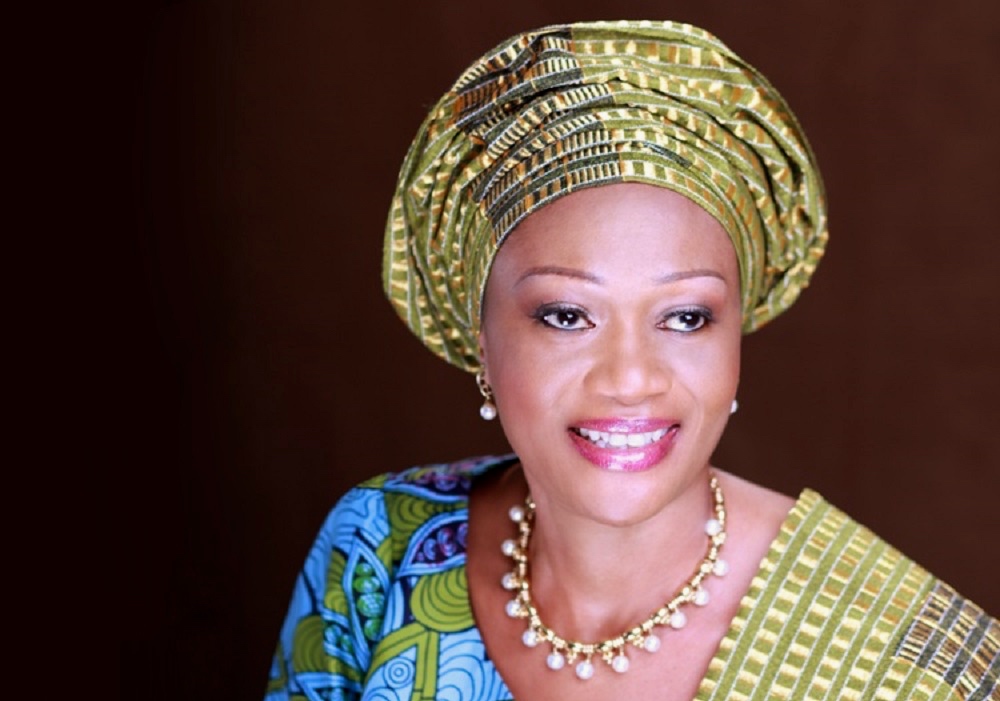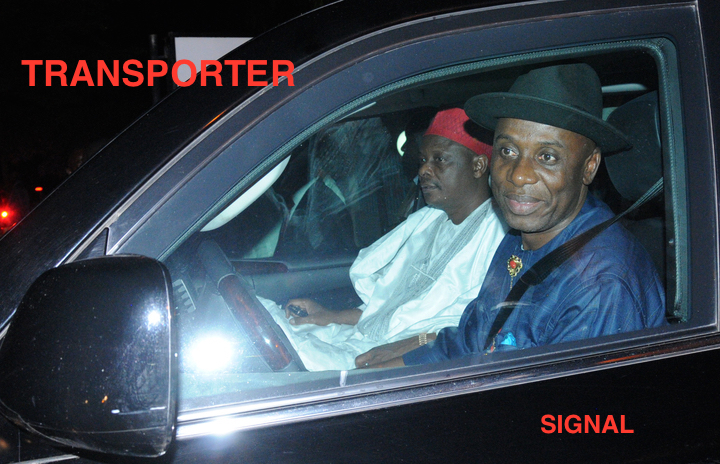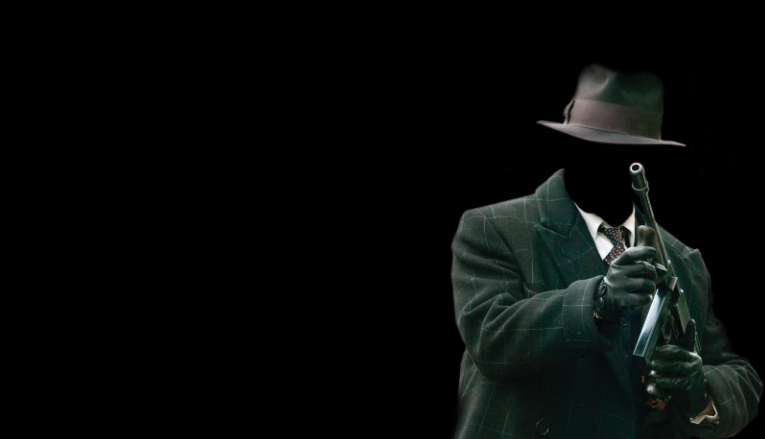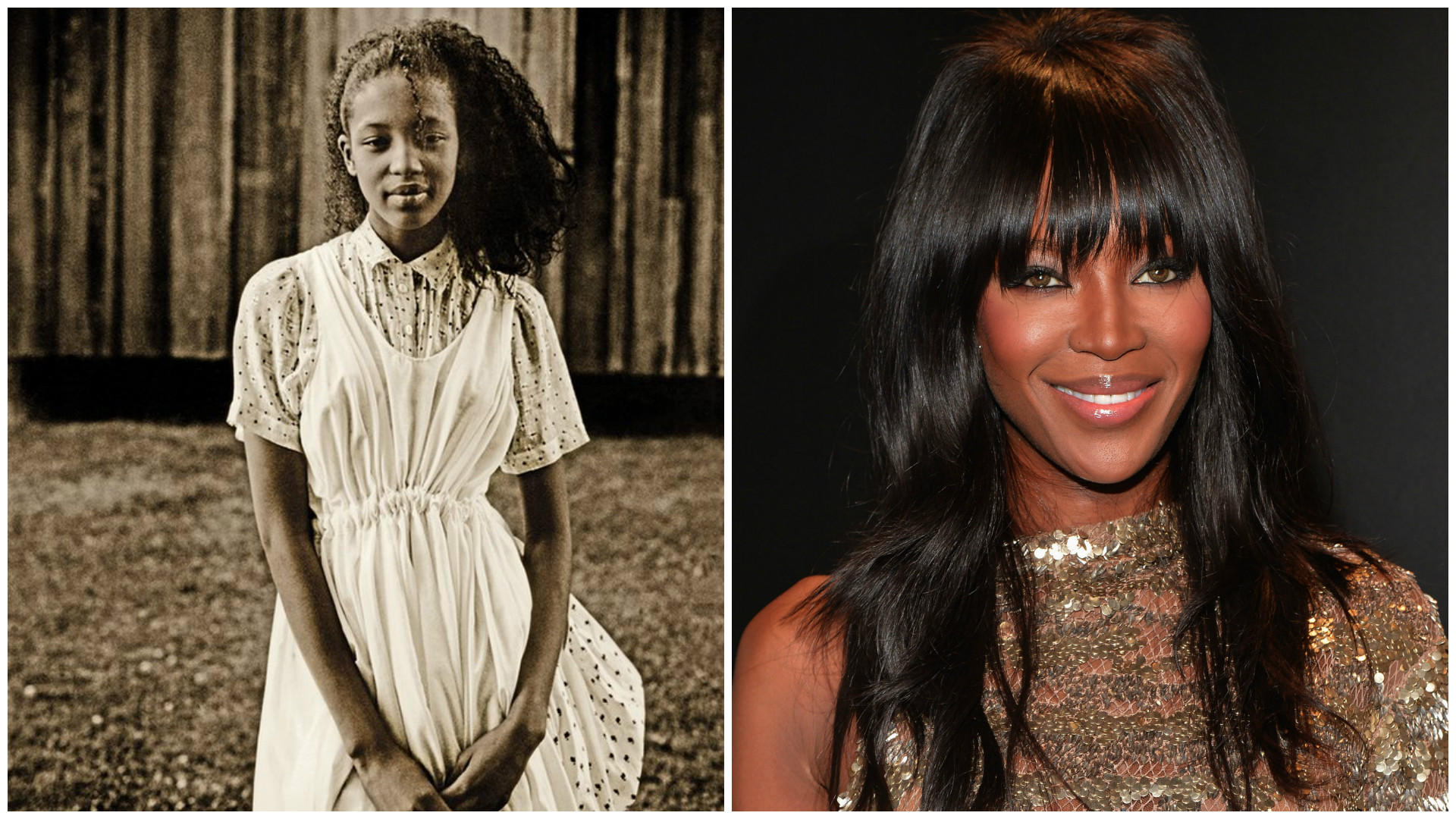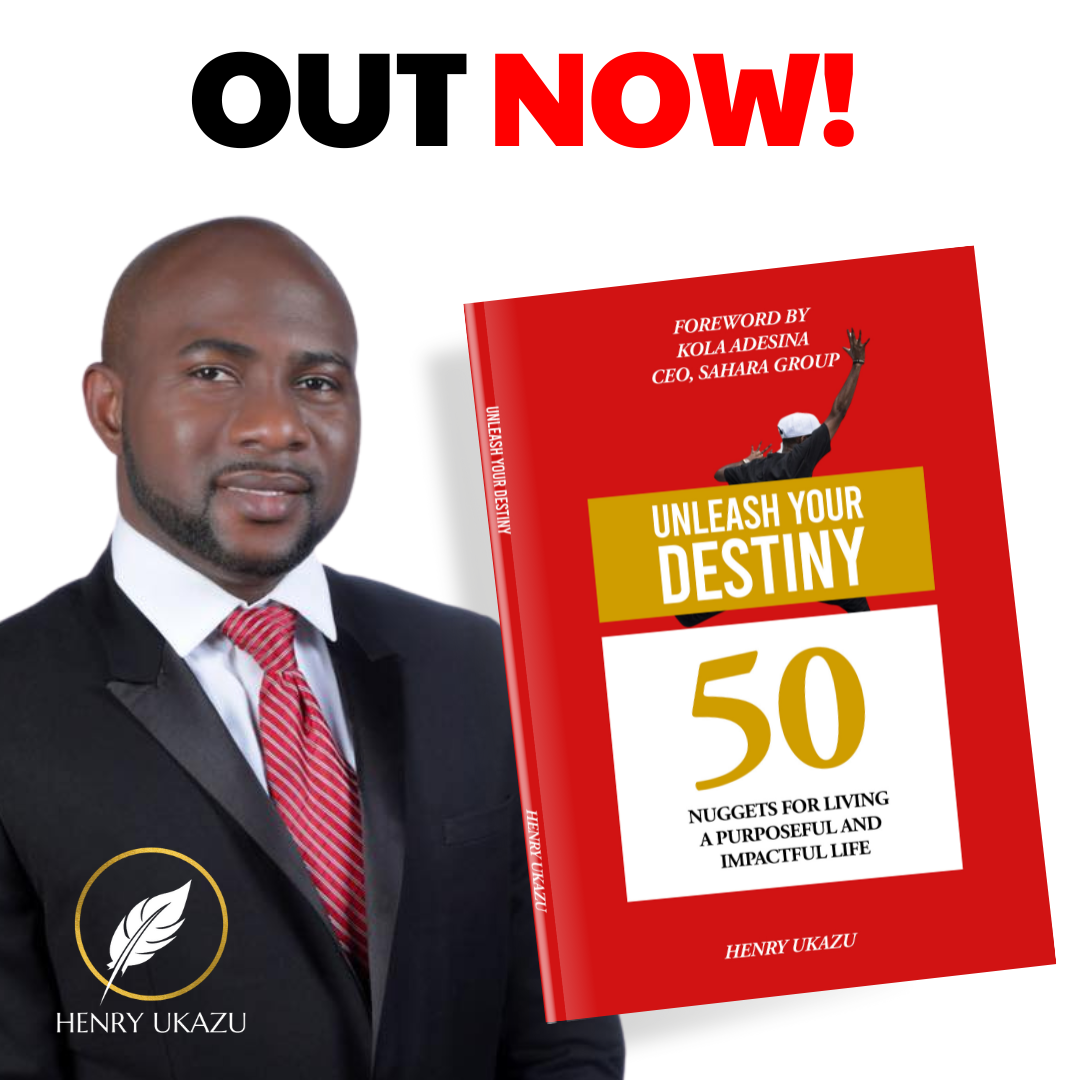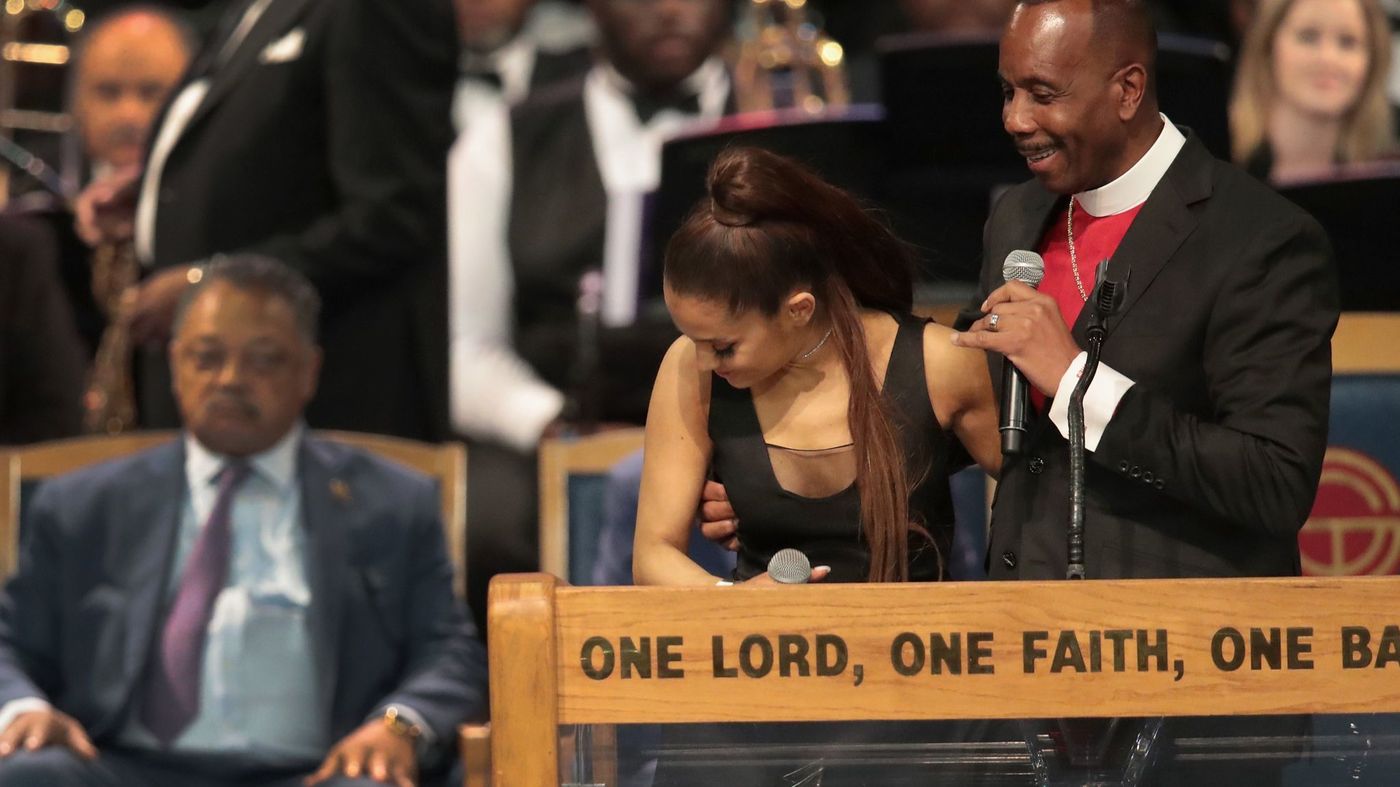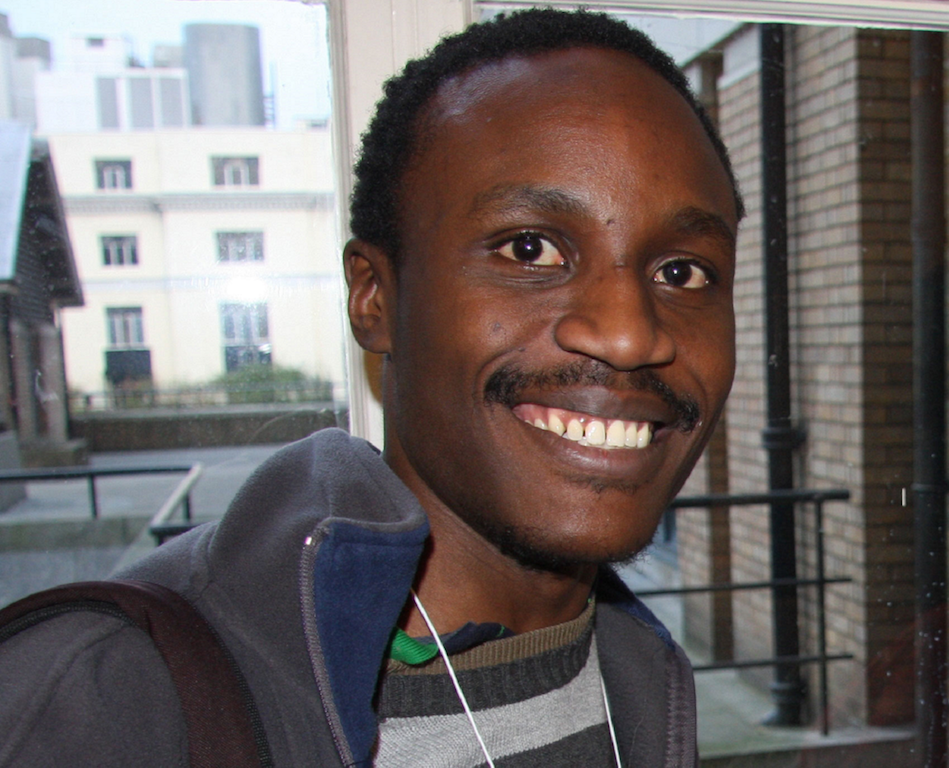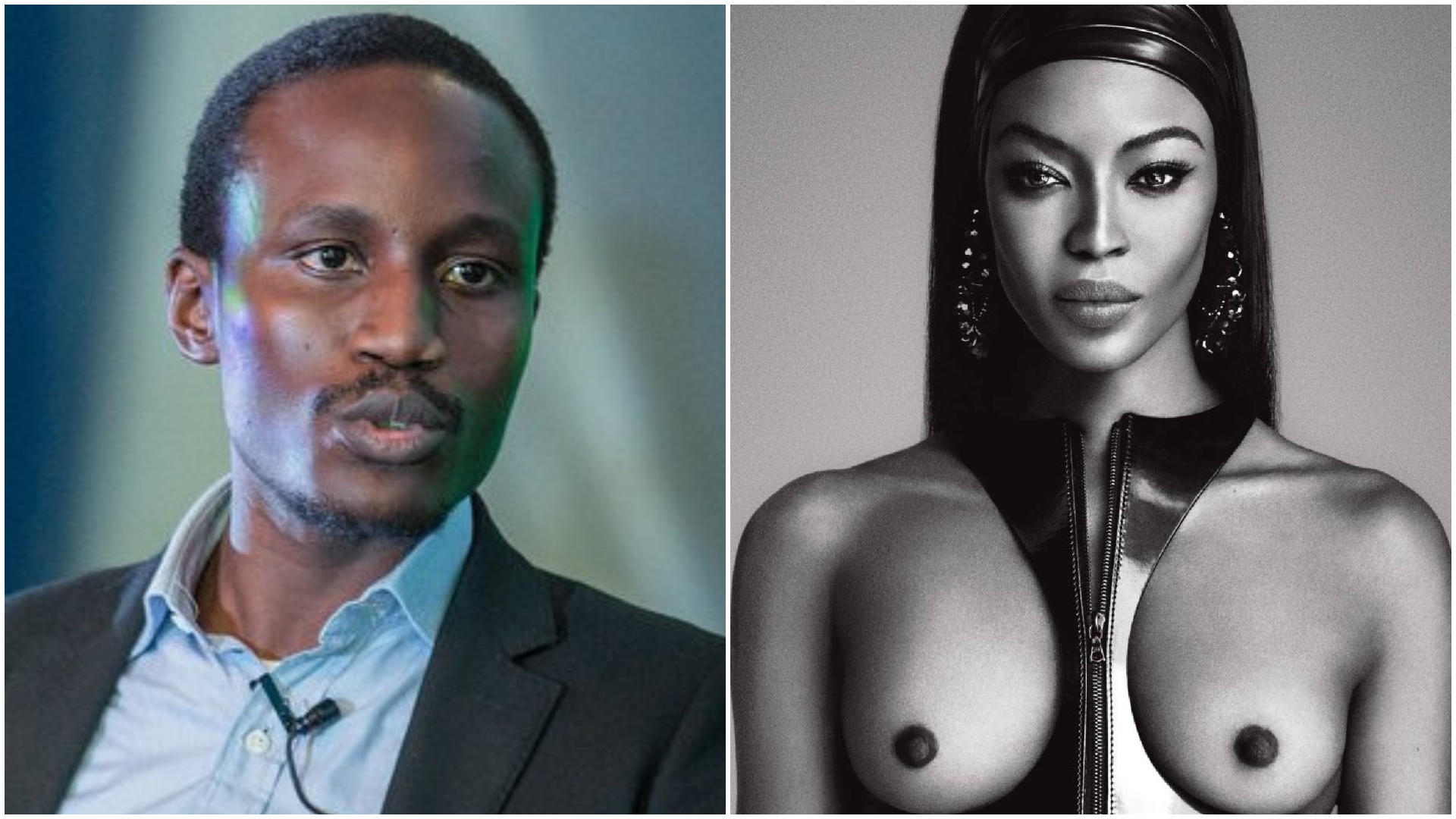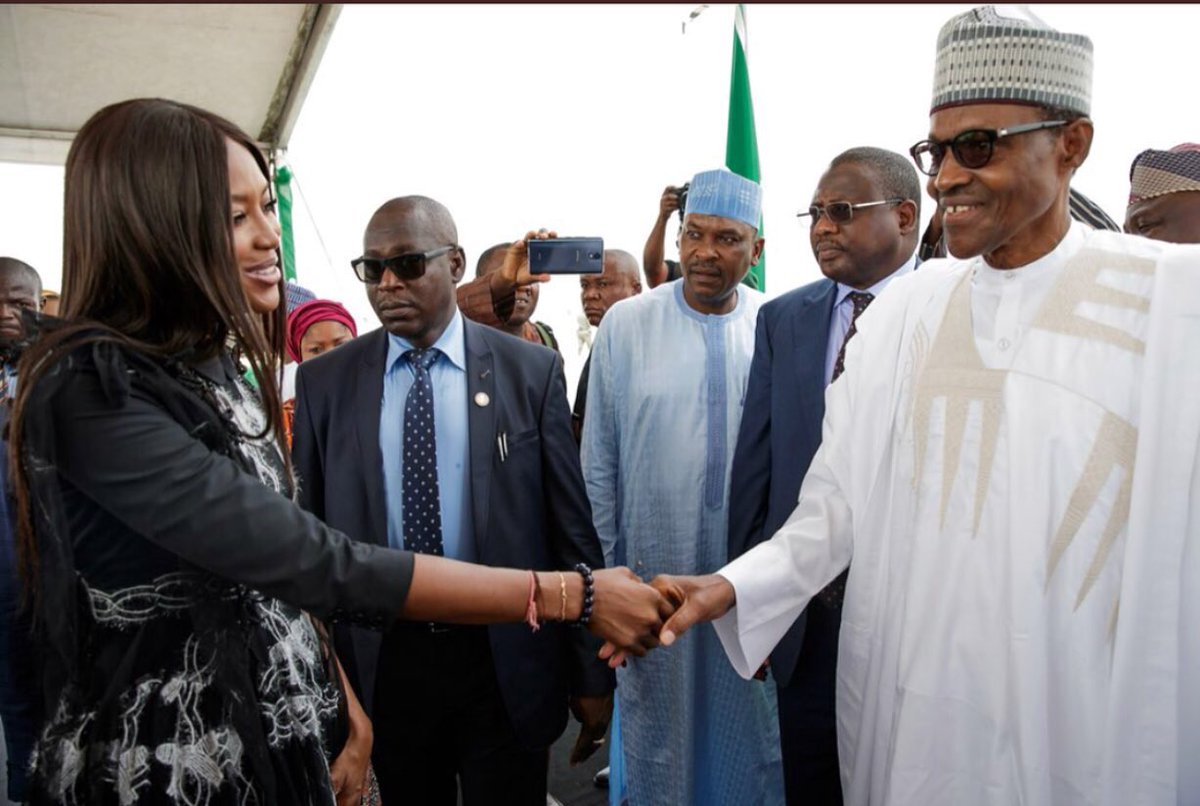I had a really great childhood, but I always felt like a grownup in a child’s body. At the age of five, I was enrolled at the Barbara Speake Stage School in Acton, west London, which meant taking a bus and two trains each morning from my home in Stockwell, south London. When I was 13, I moved to the Italia Conti school, but even before that I started doing a lot of TV and music videos.
Of all the videos, Bob Marley’s Is This Love was the most exciting. Our family loved reggae. I was just seven, and didn’t know what it would involve. I didn’t realise Bob Marley would be standing right next to me, tucking me under a blanket. He was the most handsome man, with beautiful bone structure; mellow, too, and soft-spoken, with a strong Jamaican accent, the kind I already knew from home.
Until I was about 12, home was my grandmother’s house. My mum, Valerie, was a dancer and lived in Italy and later Switzerland. I was always excited when she came home to visit and sad when she had to leave. Mum had such style and grace. When I was 12 or 13, she appeared in a fashion show, and I remember her showing me how to walk in the hallway at home. Lionel Richie was playing in the background and I watched her walk up and down to the beat of the music. By the time I was 13 or 14, I had a clear idea of what I wanted to wear. I was a goth, I suppose: I loved long black dresses and jackets, and wore Dr Martens to school.
I remember the day I was spotted in the street. It was a warm April afternoon, and I was hanging out with my friends after school. The three of us were dressed in our Italia Conti uniforms: a pale blue dogtooth kilt, a dark blue V-neck sweater, shirt, blazer, tie. We were meant to wear straw boaters, too, but never did.
Suddenly, a woman came up to me and asked if I’d ever thought of modelling. It was Beth Boldt, head of the Synchro agency. My immediate reaction was surprise and excitement. But when I told my mum, she wasn’t into the idea at all. We’d all heard horror stories of girls being approached, paying huge amounts of money to have pictures taken and then getting nowhere. My mum wanted me to stay on at school and finish my exams.
But I wanted things my way, so a few weeks later I went to see Beth on my own. On my first visit, she parted my hair in the middle, did my makeup and took me up on the roof in my school uniform to take a few black-and-white pictures. Eventually, Mum decided I could model, so long as it didn’t interfere with my school work or exams. (I took my O-levels just before my 16th birthday.)
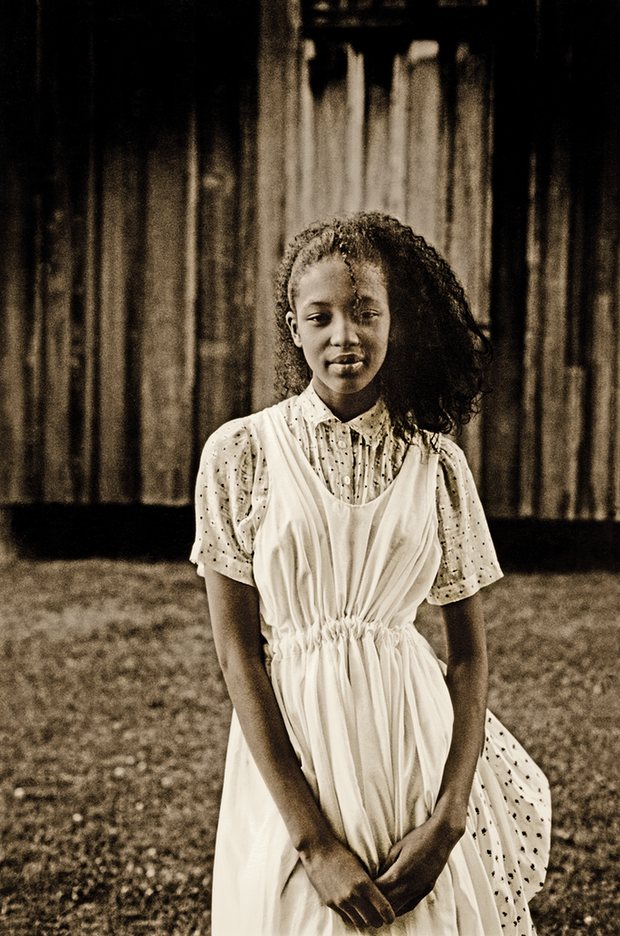
On her first big assignment abroad, in New Orleans in 1986. Photograph: © Martin Brading
About three months after I signed to Synchro, I was booked for my first big shoot abroad with British Elle. We flew to New Orleans and shot one story on prairie-style dresses with me and another model (who got sent home because they thought she was bratty), and one on my own on the beach in Pensacola. When I got back to London, I was courted by American agents – four or five flew over to London to meet me.
I got my first call to Paris at 16. My aunt June came with me the first time, but it wasn’t long before I was heading there for weeks at a time just on bookings for French Elle.
On one trip, all of my money was stolen. No one had told me I should lock up my valuables and I lost everything. I didn’t know anyone in Paris. Amanda Cazalet, who was also shooting that day, suggested I come back with her. She had a fitting with a designer first – why didn’t I come along? That was how I met Azzedine Alaïa.
Of course, I didn’t know who he was. When we got to his house, I remember being very timid. I explained I had just come from England and that my money had been stolen. He was very giving and suggested I stay with him instead of at a hotel. He spoke to my mum on the phone in French, and the next day I moved into his house on Rue du Parc-Royal. Up until then, my life in Paris had been a daily round of going to the studio, coming back to the hotel, showering, ordering room service, watching TV and going to bed. But from then on, whenever I was in Paris, I stayed with Azzedine.
I met the most amazing people through him: Tina Turner, Andrée Putman, Jean-Paul Goude, Julian Schnabel, Jerry Hall, Grace Jones. Azzedine has always created a sense of family around him. Not having had a father figure myself, I think I look for those paternal qualities in the men I respect and admire, like Chris Blackwell, of Island Records, and Quincy Jones. (Quincy’s kids call me his seventh daughter and treat me like a sister.) The same is true of Azzedine, who I call “Papa”. He calls me “Ma fille”.
When I started out, I wasn’t being booked for certain shows because of the colour of my skin. I didn’t let it rattle me. From attending auditions and performing at an early age, I understood what it meant to be black. You had to put in the extra effort. You had to be twice as good.
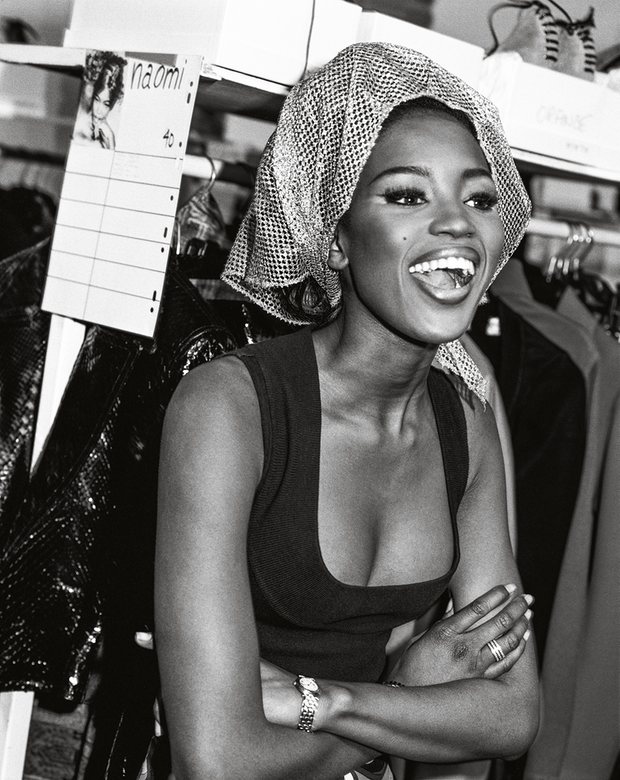
Backstage at the Azzedine Alaïa show in Paris in 1989. Photograph: Bruce Weber/Taschen
In 1987, I got my first British Vogue cover. During the shoot, you didn’t know if it would end up on the cover; they called it a “cover try”, which meant you tried your hardest to make it good. Patrick Demarchelier was the photographer. He was a gentleman; he always has been. The theme was gold and I was in Chanel. I remember going to the Vogue offices afterwards and finding out I’d made the December cover. I looked at all of those beautiful covers – with girls like Christyand Yasmin – and thought to myself, “Wow, I have one, too.”
The next year I made the June cover of Italian Vogue, shot by Steven Klein. He was very cool and professional, but the shoot was difficult, because the makeup artist hadn’t brought the right foundation for my skin. I don’t know what kind of girl he was expecting, but I wasn’t altogether happy with the final picture, because I didn’t feel it captured my true skin tone. (Afterwards, I always took my own foundation and powder.)
Three months later, I got the cover of French Vogue, which was an even bigger deal. I’d already shot a lot for French Vogue and been told – not in an especially rude way – that a cover wasn’t a possibility. I didn’t realise that there had never been a black model on the cover. In the end, it was shot by Demarchelier in a studio in New York. I didn’t like the cover much, but when the August 1988 issue came out, it made a huge impact: finally, a black model on the cover of French Vogue. I was glad I only found out afterwards that I was making history. Otherwise, I would have felt far too much pressure.
Then, in September 1989 (the biggest issue of the year), Anna Wintour put me on the cover of American Vogue. It was nerve-racking, because I understood the importance of being a black model. That was her first September issue as editor-in-chief, and I think she was given a lot of flak for it. I will be for ever grateful.
On ‘The Trinity’
I first met Christy Turlington in London in 1986, on a shoot for the Warehouse catalogue. I was still at school, so I turned up in my uniform. Christy had flown over from New York and I’d just seen her on the cover of British Vogue. We’d only just met, and she was telling me I should be her roommate and hang out with her when I came to New York. By December, we were living together. That’s typical of Christy: she shares her happiness with everyone.
A few months later, I met Linda Evangelista at a show in Paris. I remember seeing her across the room with her long hair framing those incredibly beautiful eyes. As a friend, she was always the most maternal among us. I was lucky to have Linda and Christy stand up for me. They told certain designers that if they wanted to have them in their show, they had to book me, too. That kind of support was unheard of. We were truly friends and people labelled us “The Trinity”. There’s a photograph of the three of us lying in a bathtub that really sums up that spirit. It was taken by Roxanne Lowit after a Versace show. We were in Donatella’s suite at the Ritz and were planning to go out. We started joking around in the bathtub and Roxanne was there to capture it.
On losing close friends
The year 1997 was one of the worst of my life. So many close friends passed away. Bill Cosby’s son Ennis was murdered. My good friend John “The Greek” Chappolis died. And Michael Hutchence died. He was such a good soul. I didn’t really have time to grieve, because suddenly another friend was gone. It really hit me hard when Gianni Versace died. I’d go out partying and try to numb the pain. But that only made things worse.
I saw Gianni for the last time at a dinner at the Ritz in Paris after his final Atelier Versace show. We were talking about Mike Tyson, who had bitten off Evander Holyfield’s ear in the boxing ring a few days before; Gianni said he understood why, which I thought was hilarious. Gianni liked Mike Tyson. He liked underdogs.
When I got the call that he’d been shot and killed, I was overwhelmed with grief, and in the weeks after I fell into a depression. His memorial was held at the cathedral in Milan. Princess Diana was among the guests. I’d met her before, I’d even visited her at Kensington Palace. (One time, Tim Jeffries organised for me, Claudia and Christy to surprise Prince William when he came home from school. The prince was very shy and went bright red when he saw us.) Diana always struck me as very charming and down to earth. We went back to Gianni’s house after the memorial and she was incredibly comforting. She said, “Gianni loved you very much. You must always remember that.” That was the last time I saw her. A couple of weeks later, she was killed. To this day, whenever I’m in Paris, I tell my driver not to go through that tunnel.
On meeting world leaders
As a contributing editor to British GQ and an editor-at-large for Russian and German Interview magazine over the last few years, I’ve had the chance to meet a lot of interesting people. Most of my interviewees have been friends – Ronnie Wood, Kate Moss and Zaha Hadid – so it’s more of a conversation. But I’ve also met world leaders, including former president Lula of Brazil.
I met Barack and Michelle Obama back in 2005 at the Legends Ball at Oprah Winfrey’s house. Barack was inspiring and charming; Michelle came across as smart and welcoming. She said she’d followed my career for years and was a fan of Azzedine Alaïa. I remember the brouhaha when she turned up to an event wearing Alaïa, just because she wasn’t wearing an American designer. I defended Michelle by saying Azzedine had always used models of colour, so why shouldn’t she wear his clothes? There was one American designer who openly criticised her and I remember thinking: when did he ever put a woman of colour in his campaigns? Besides, she wears Alaïa very well.
• This is an edited extract from a limited-edition, two-volume book, Naomi Campbell, published in April by Taschen.
Source: The Guardian
__________
Follow us on Twitter at @thesignalng
Copyright 2015 SIGNAL. Permission to use portions of this article is granted provided appropriate credits are given to www.signalng.com and other relevant sources.

